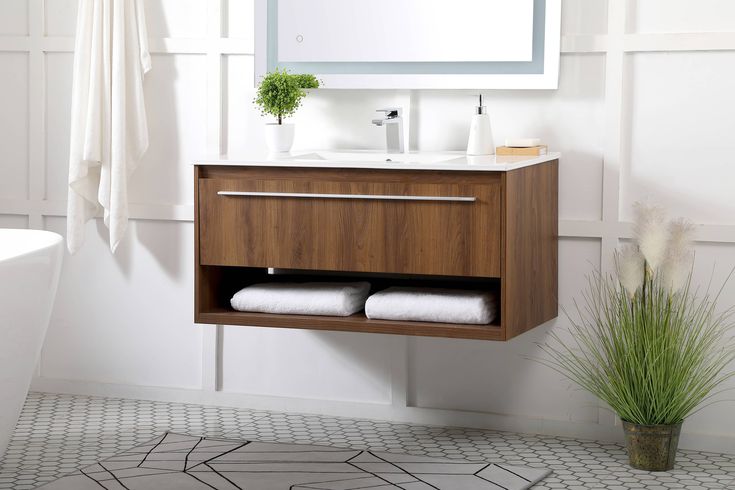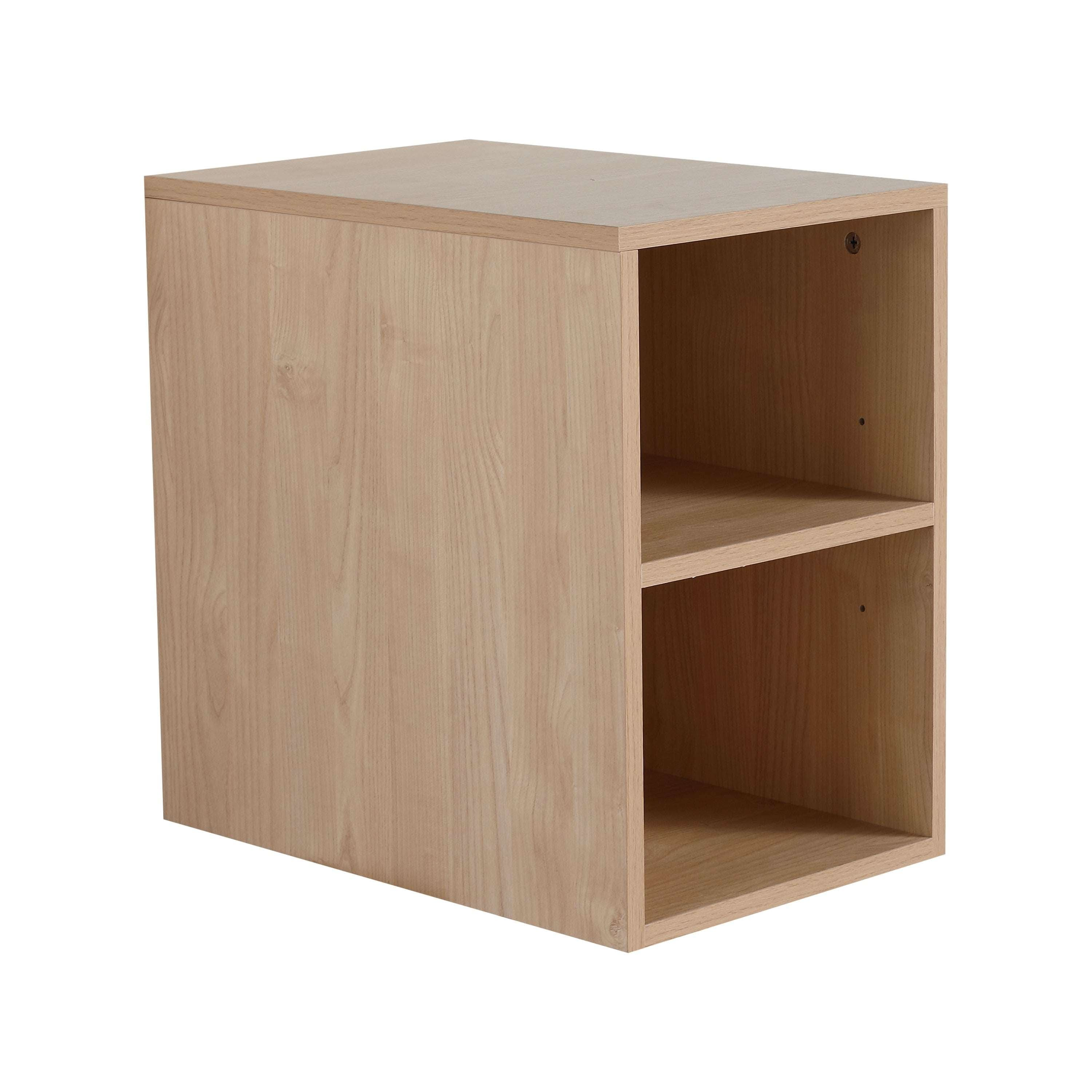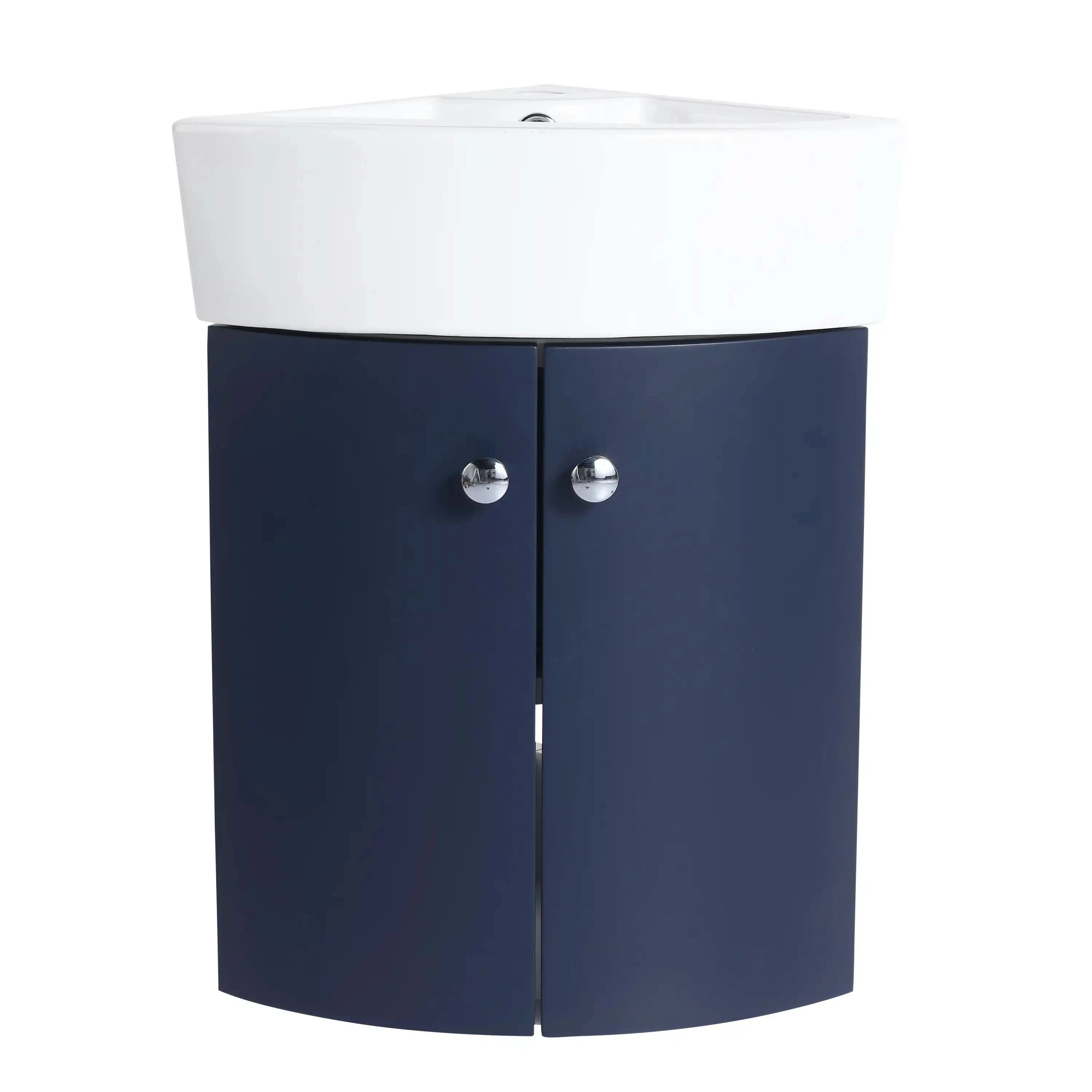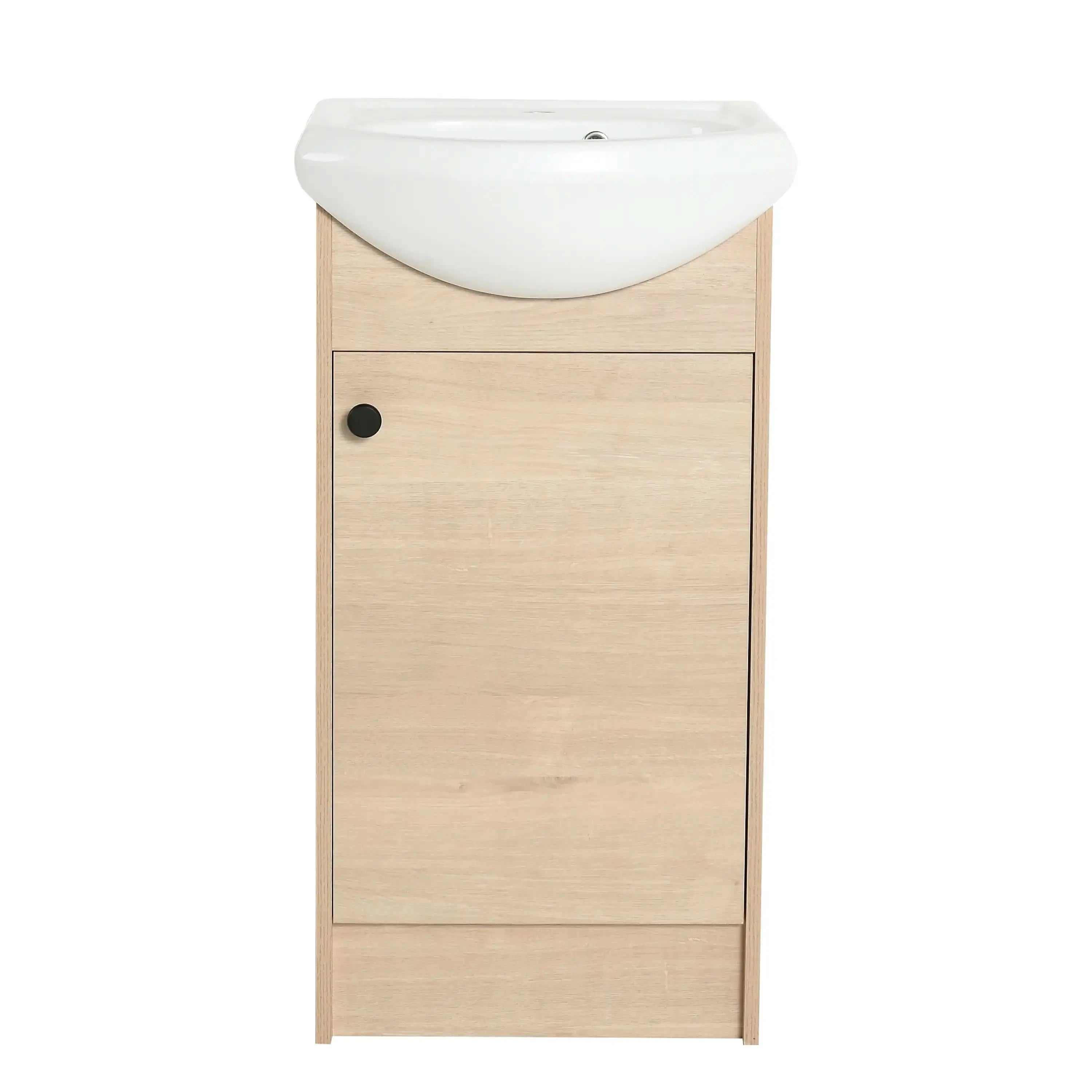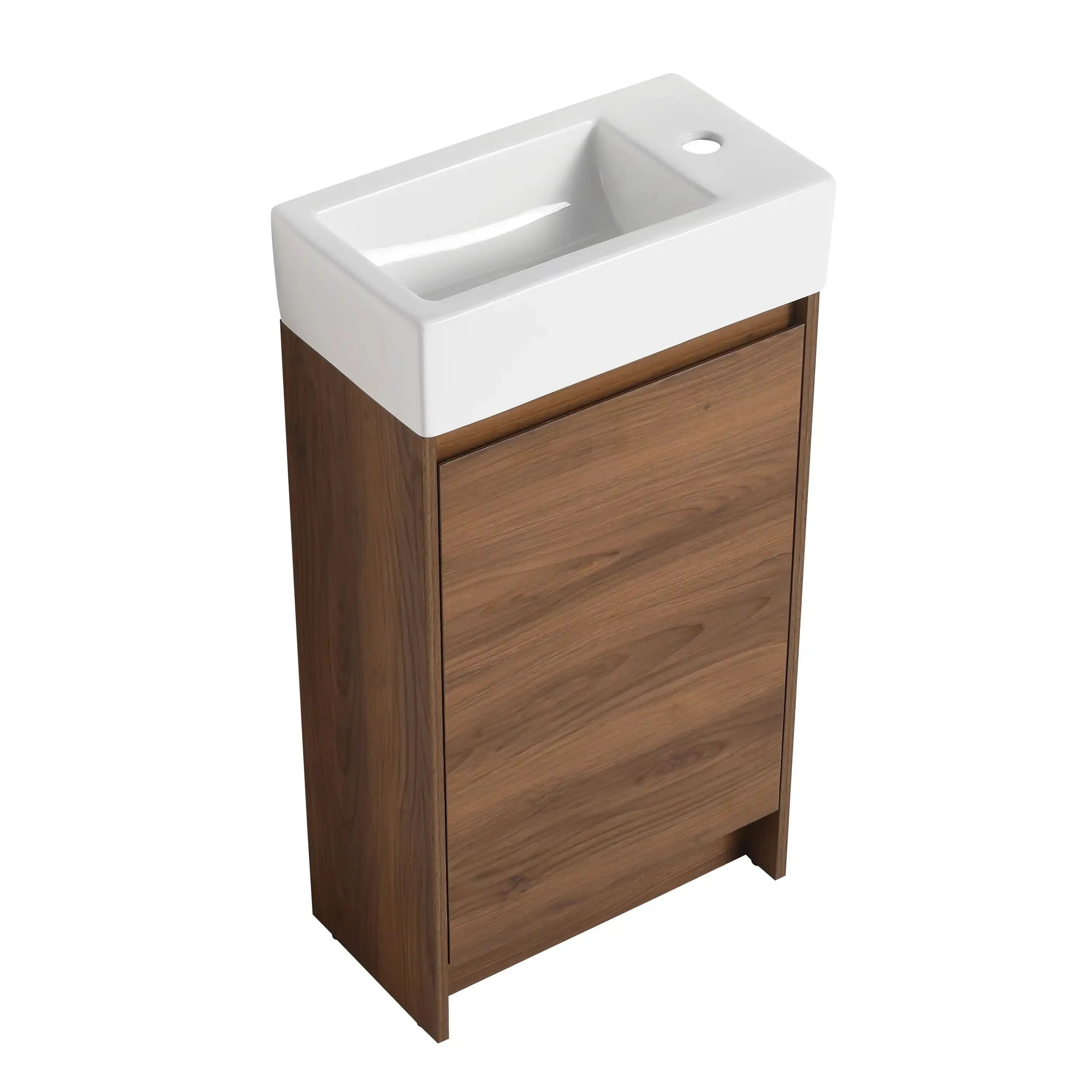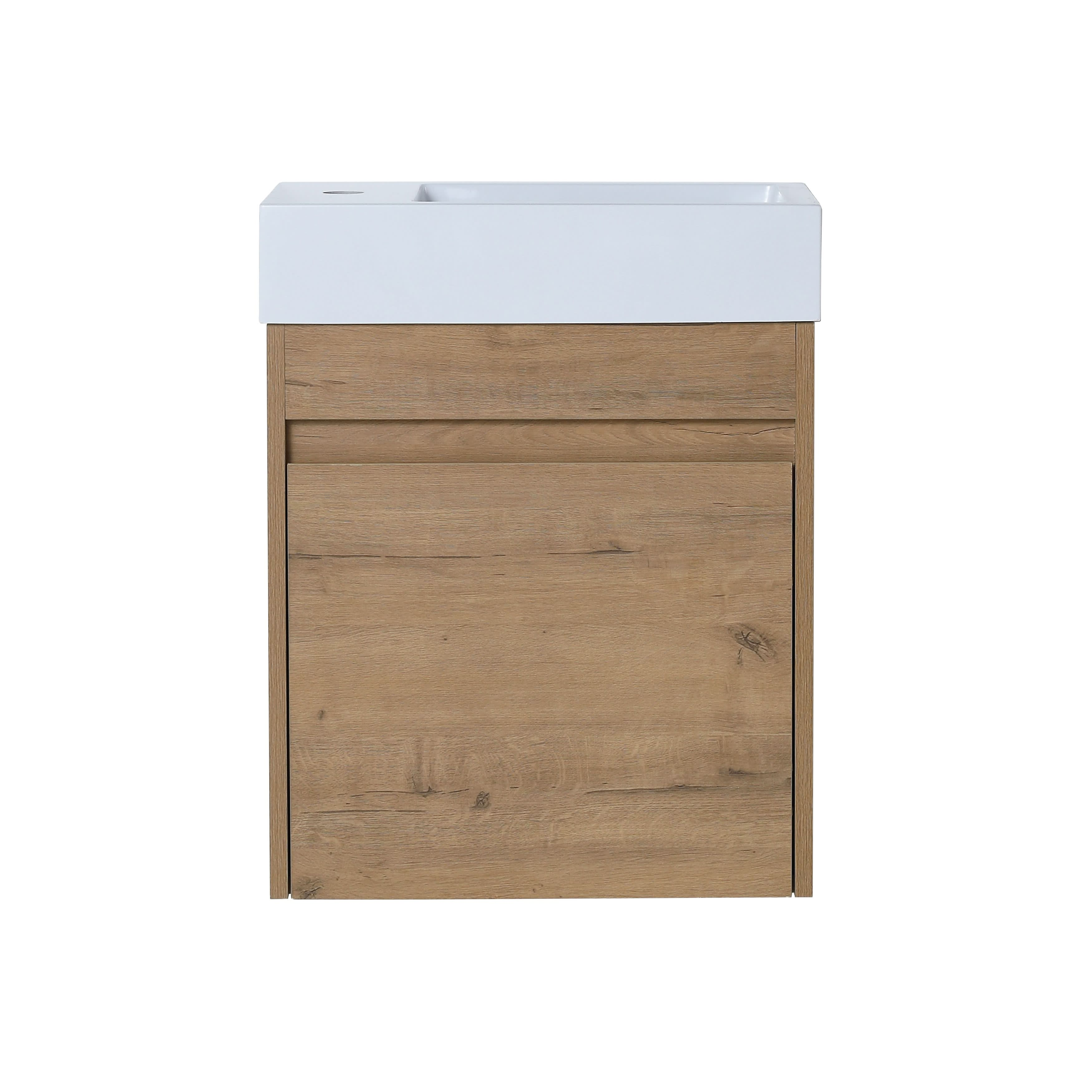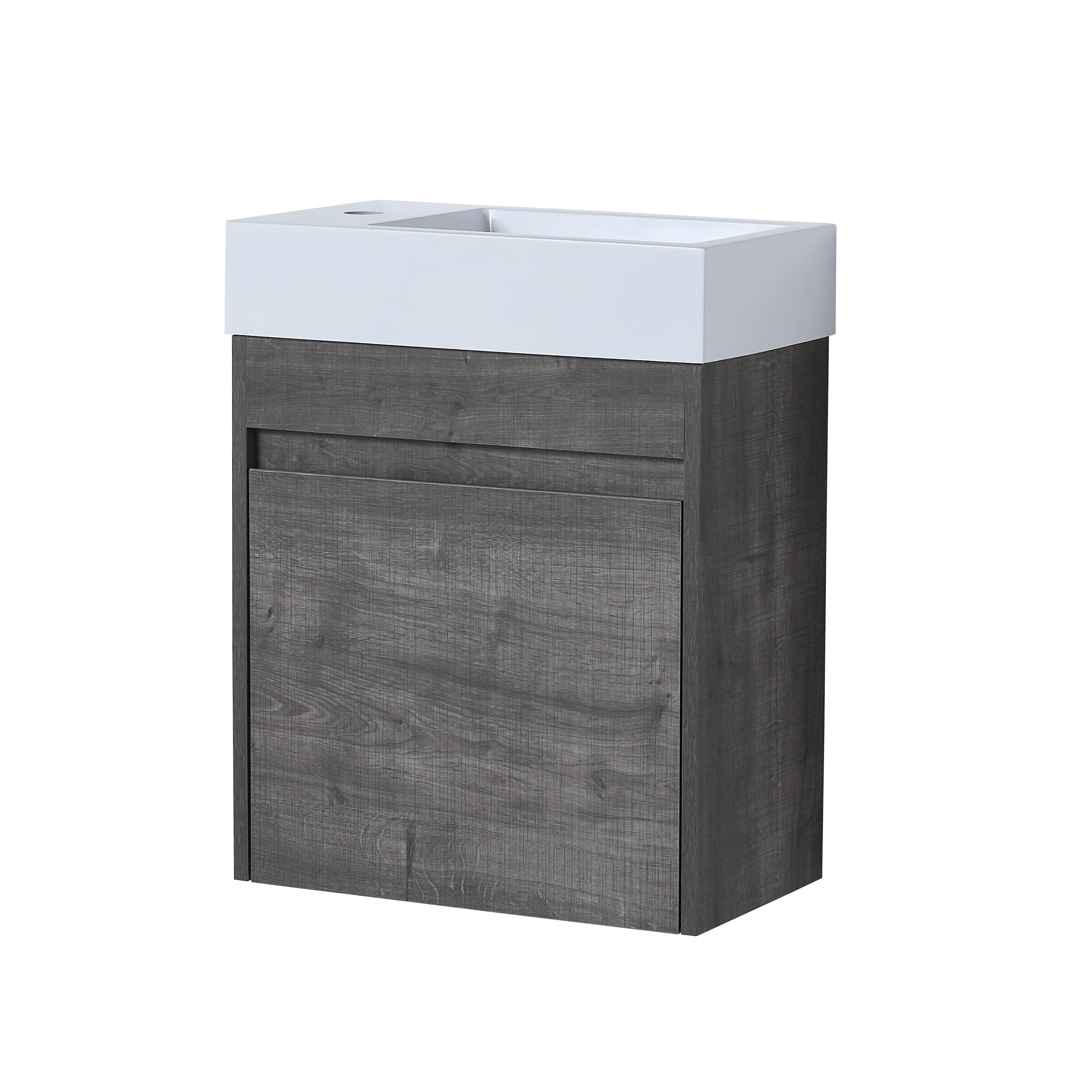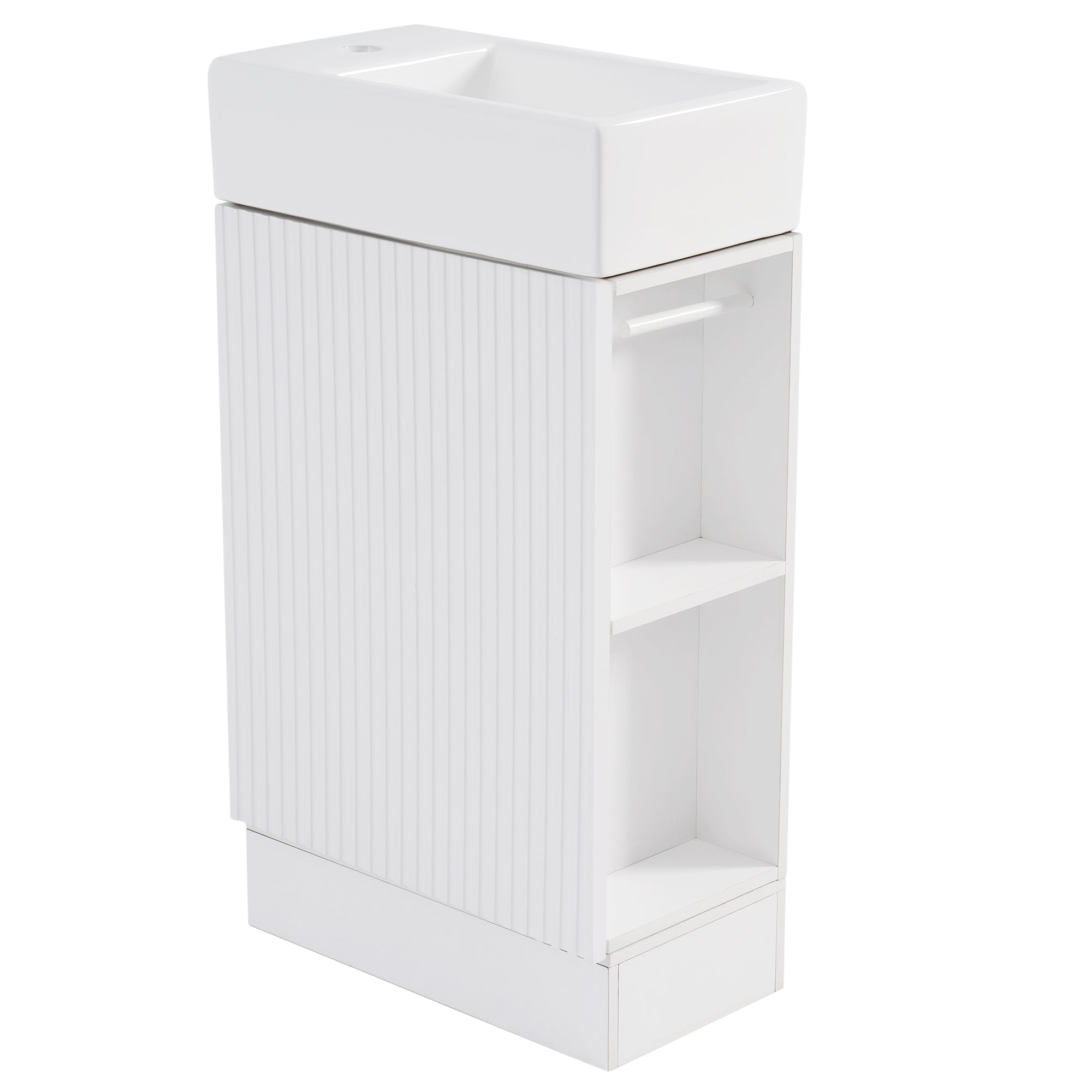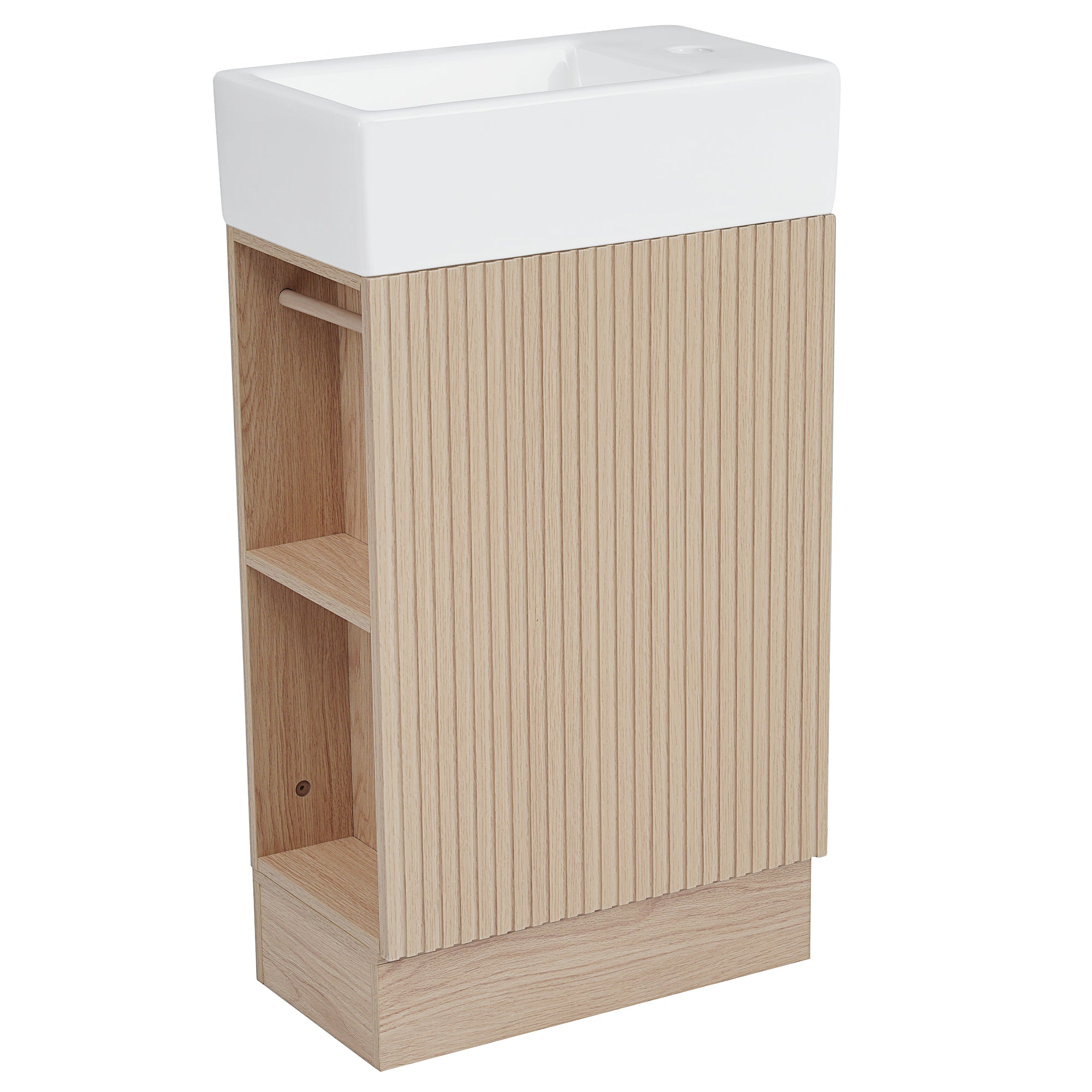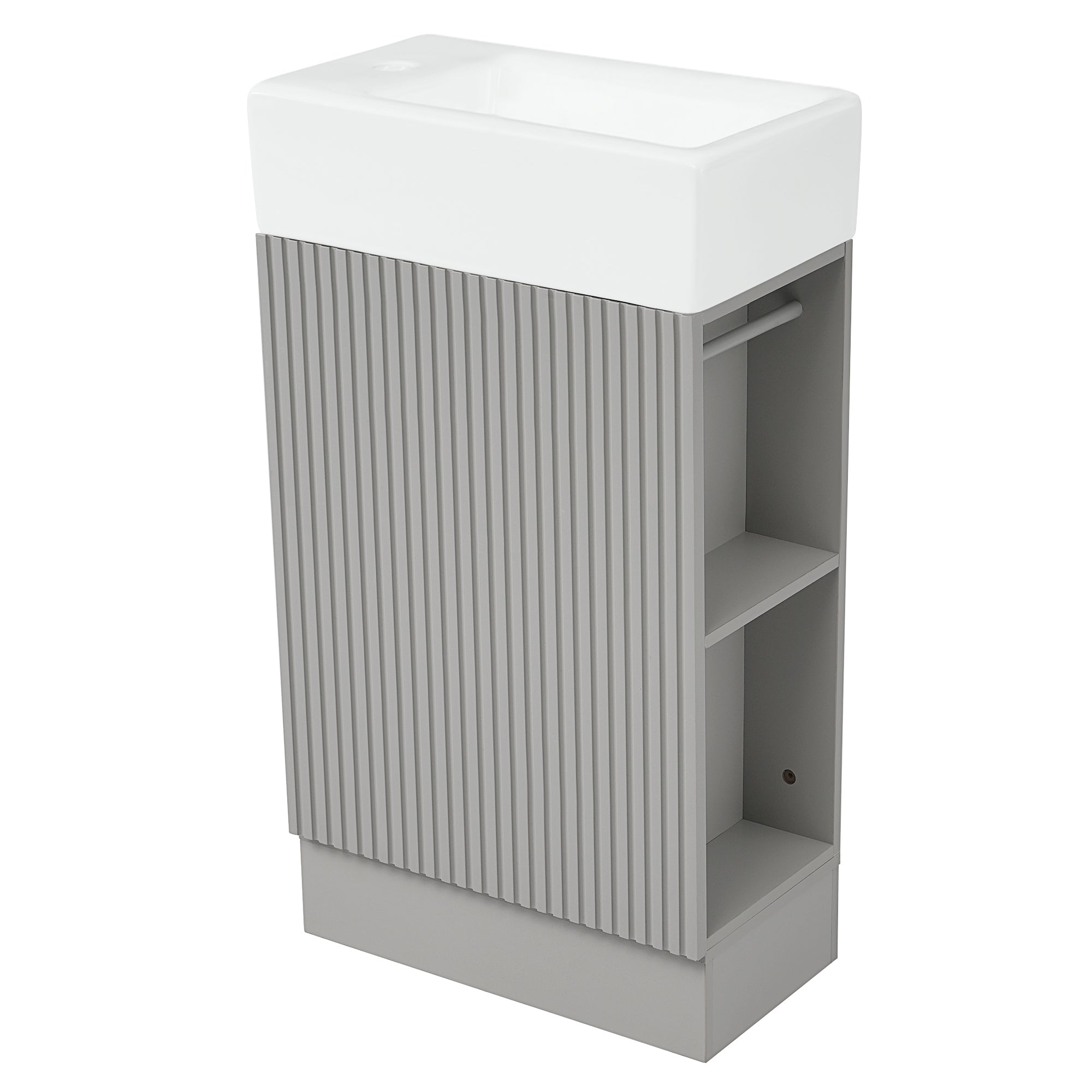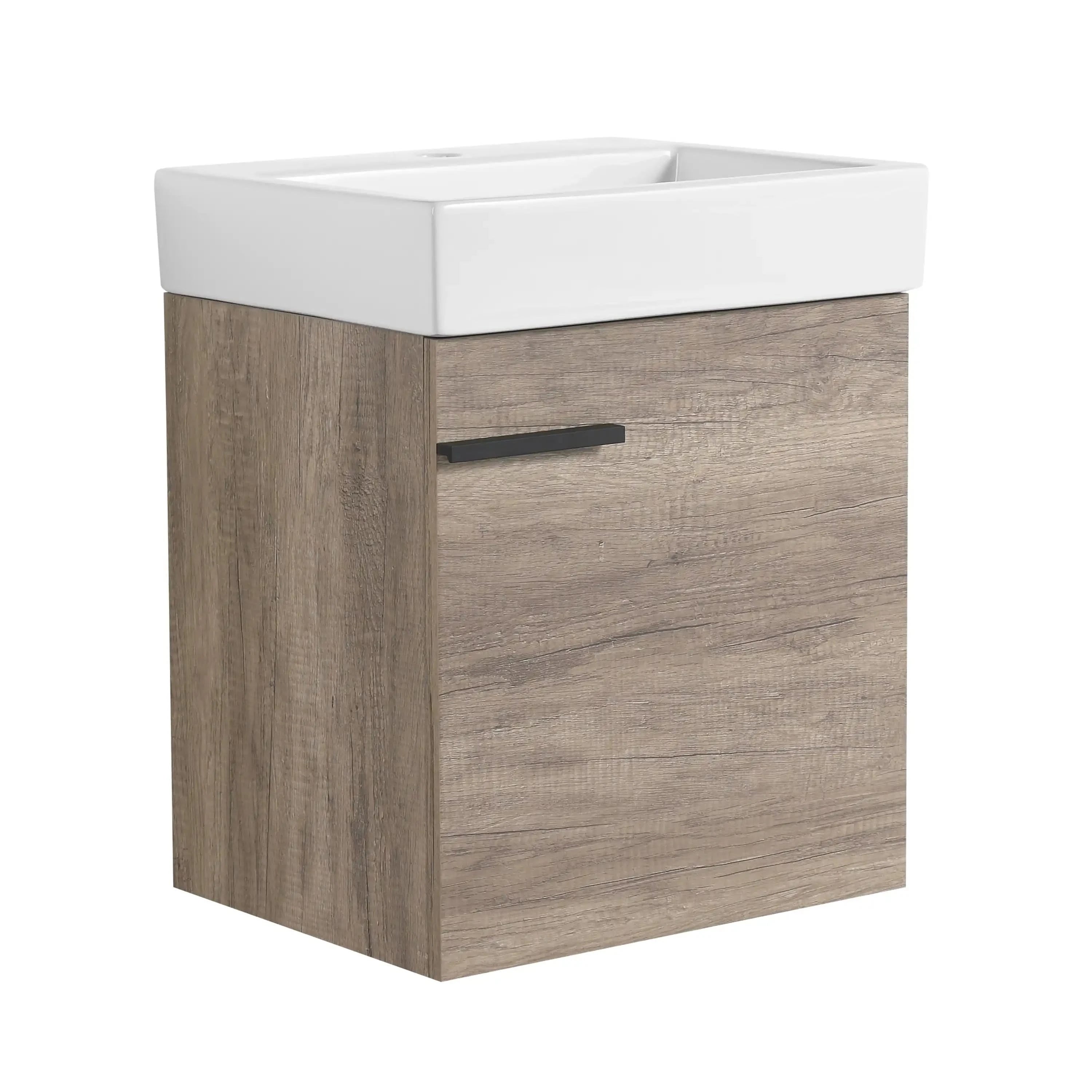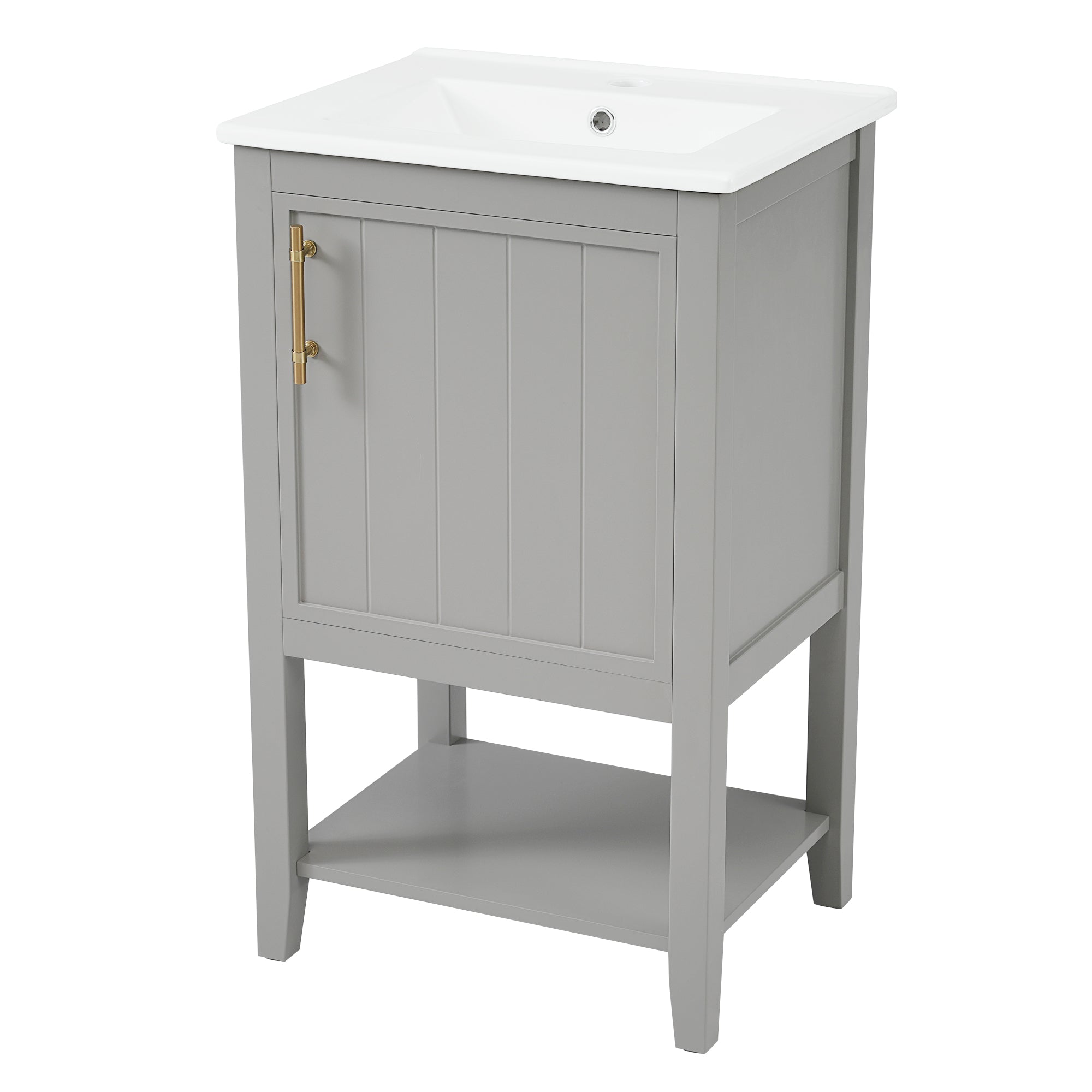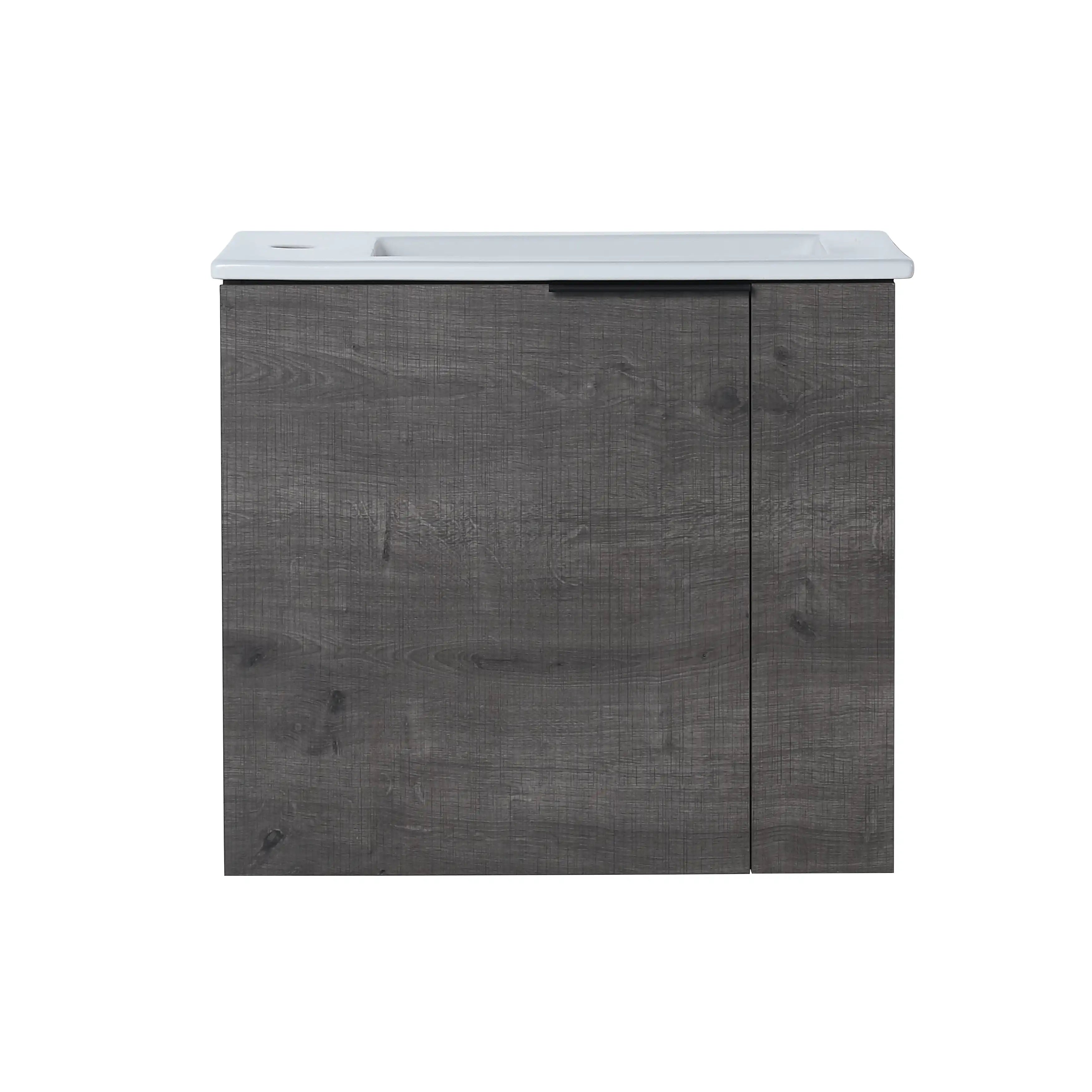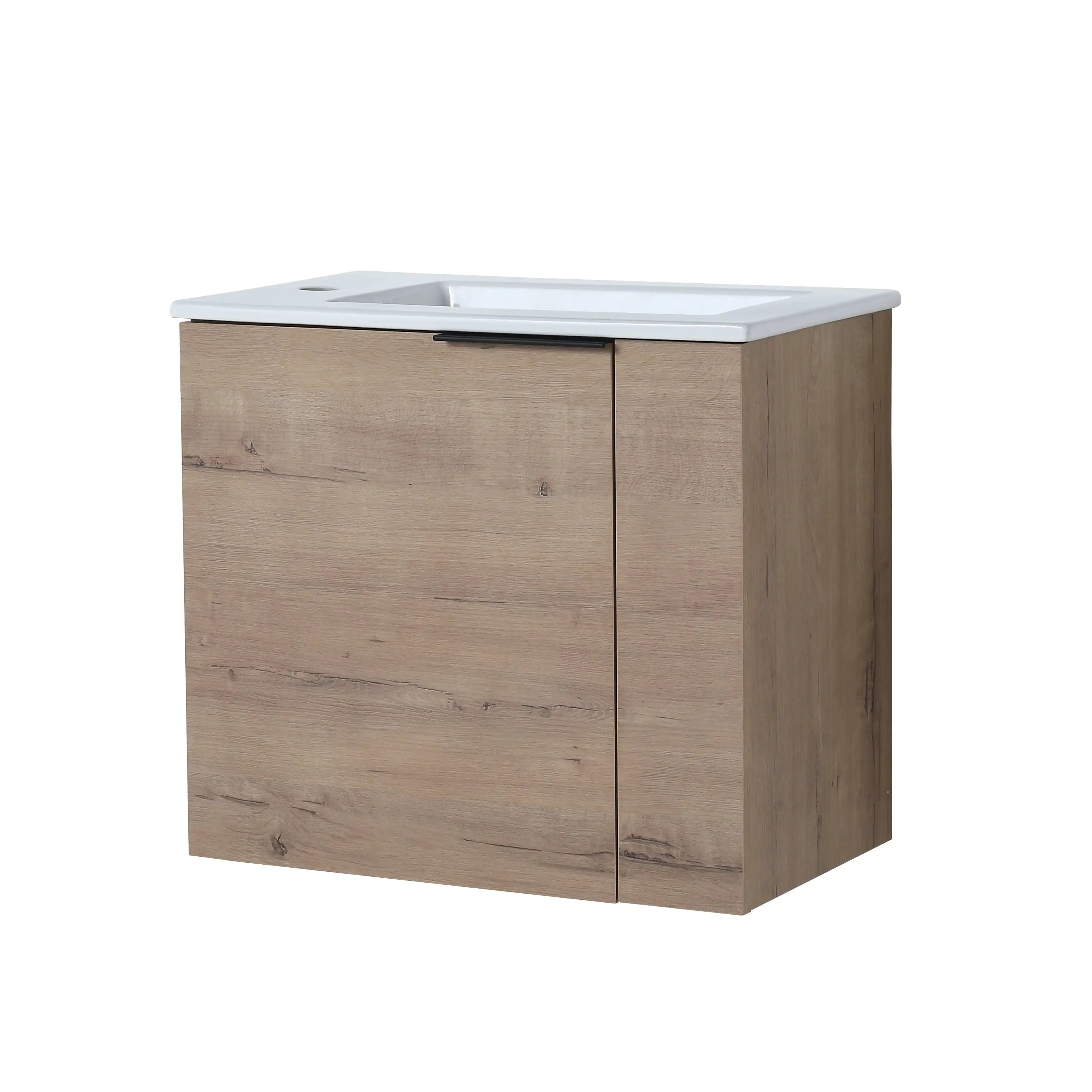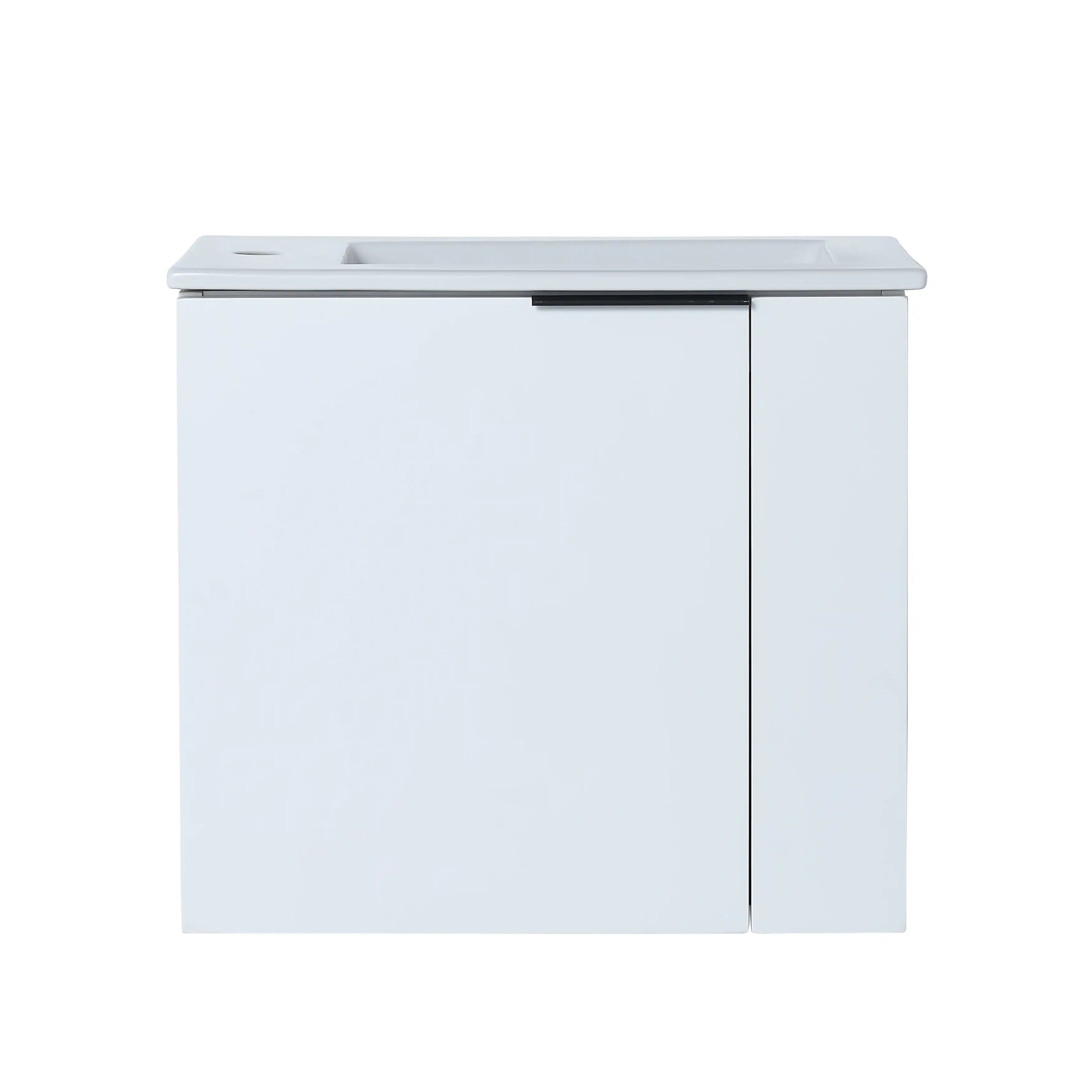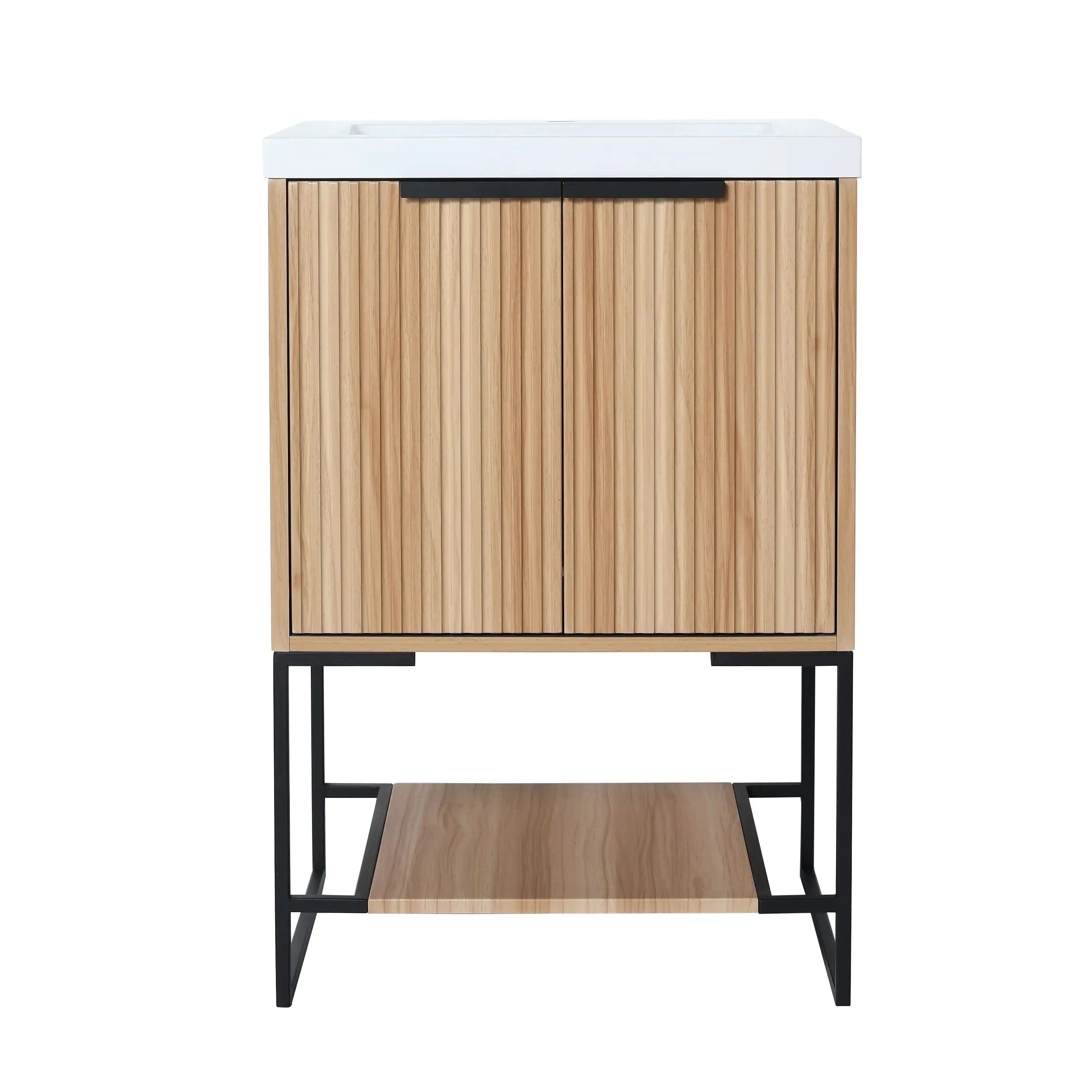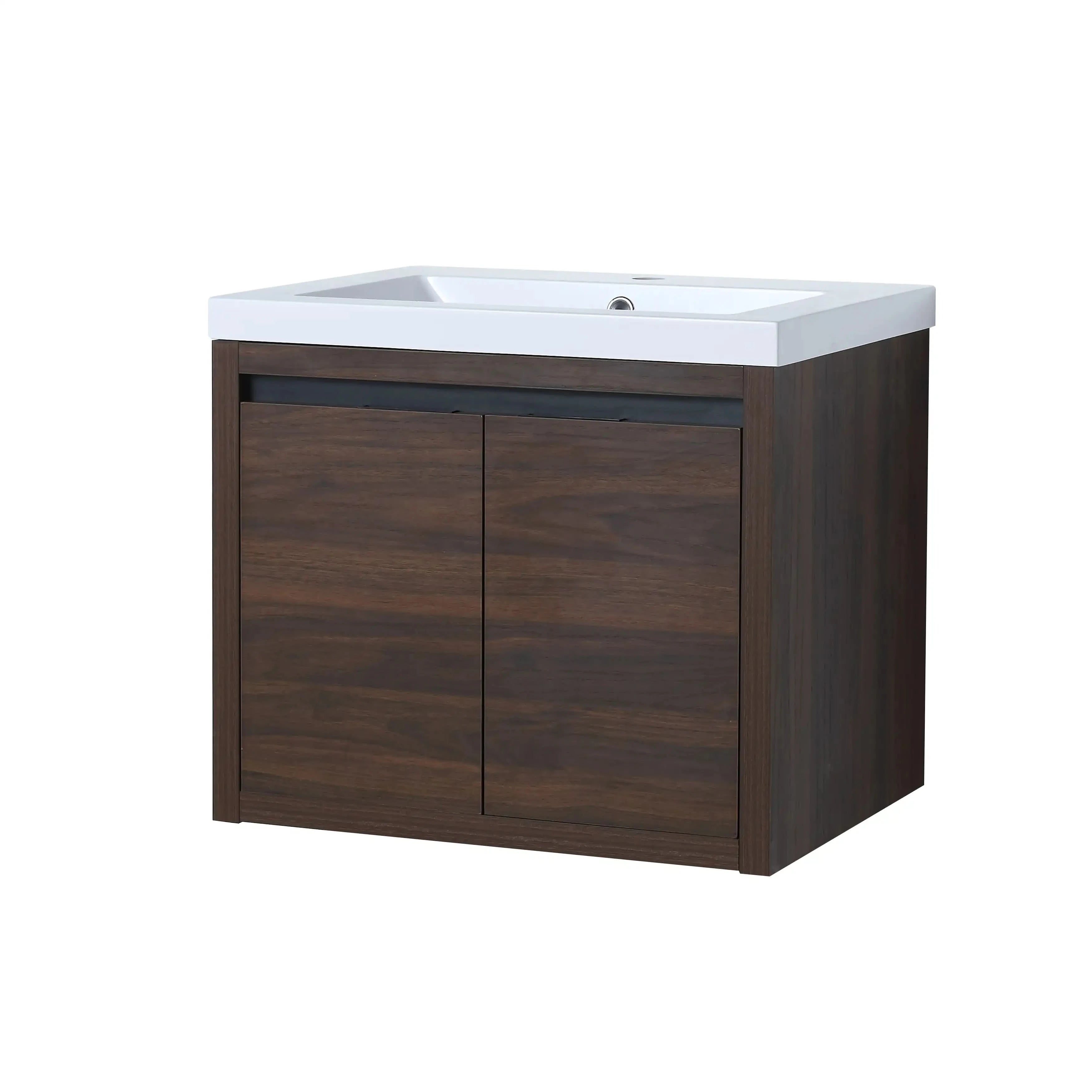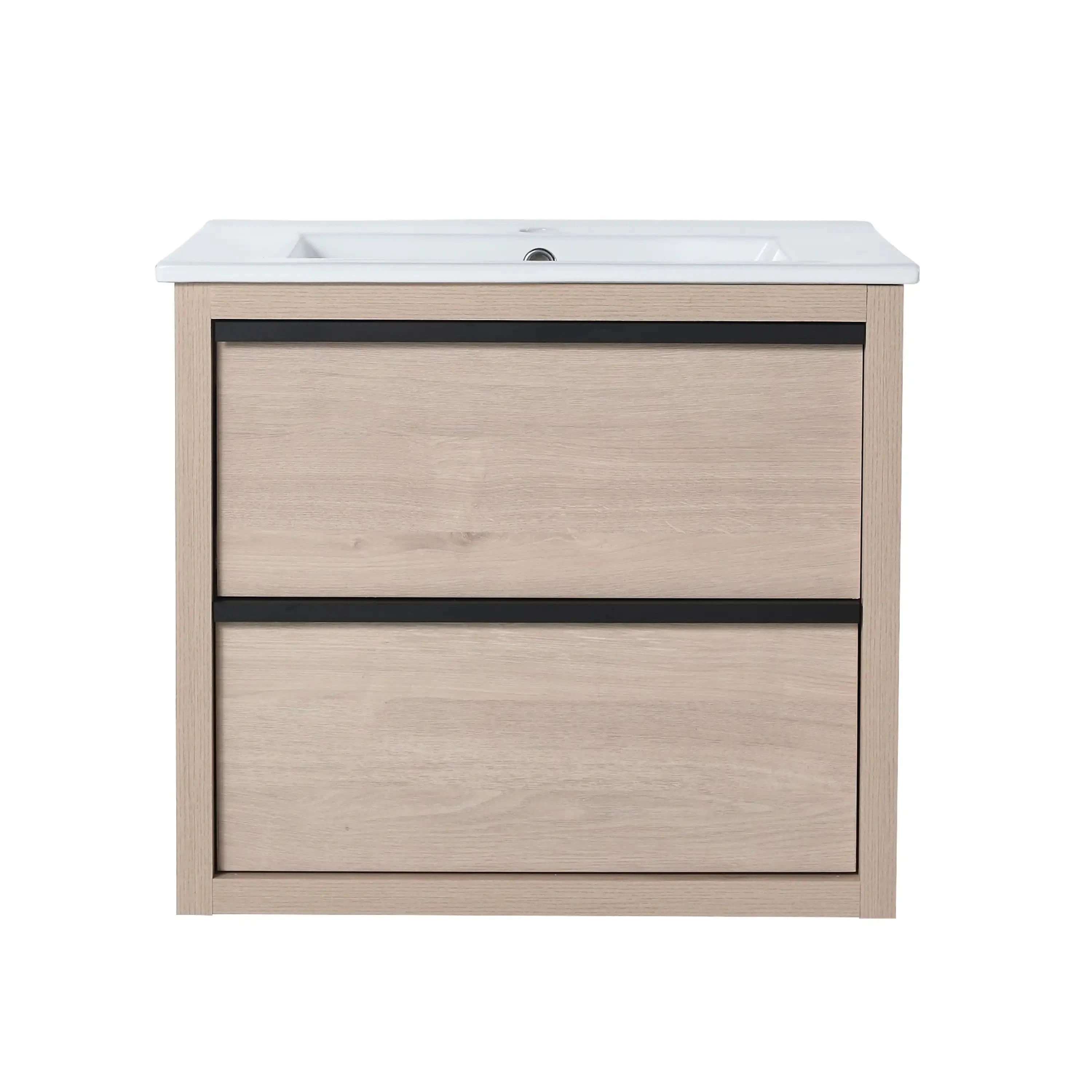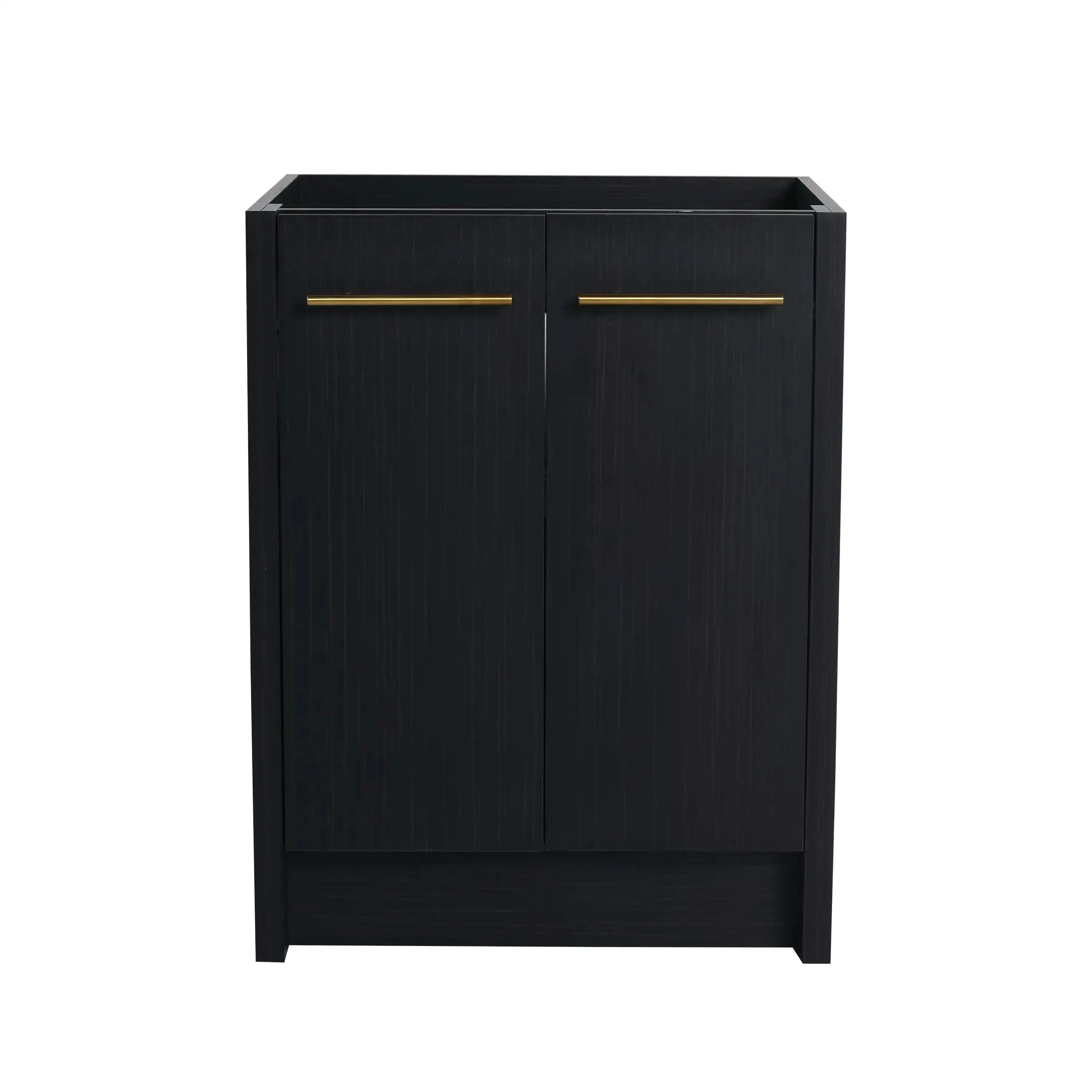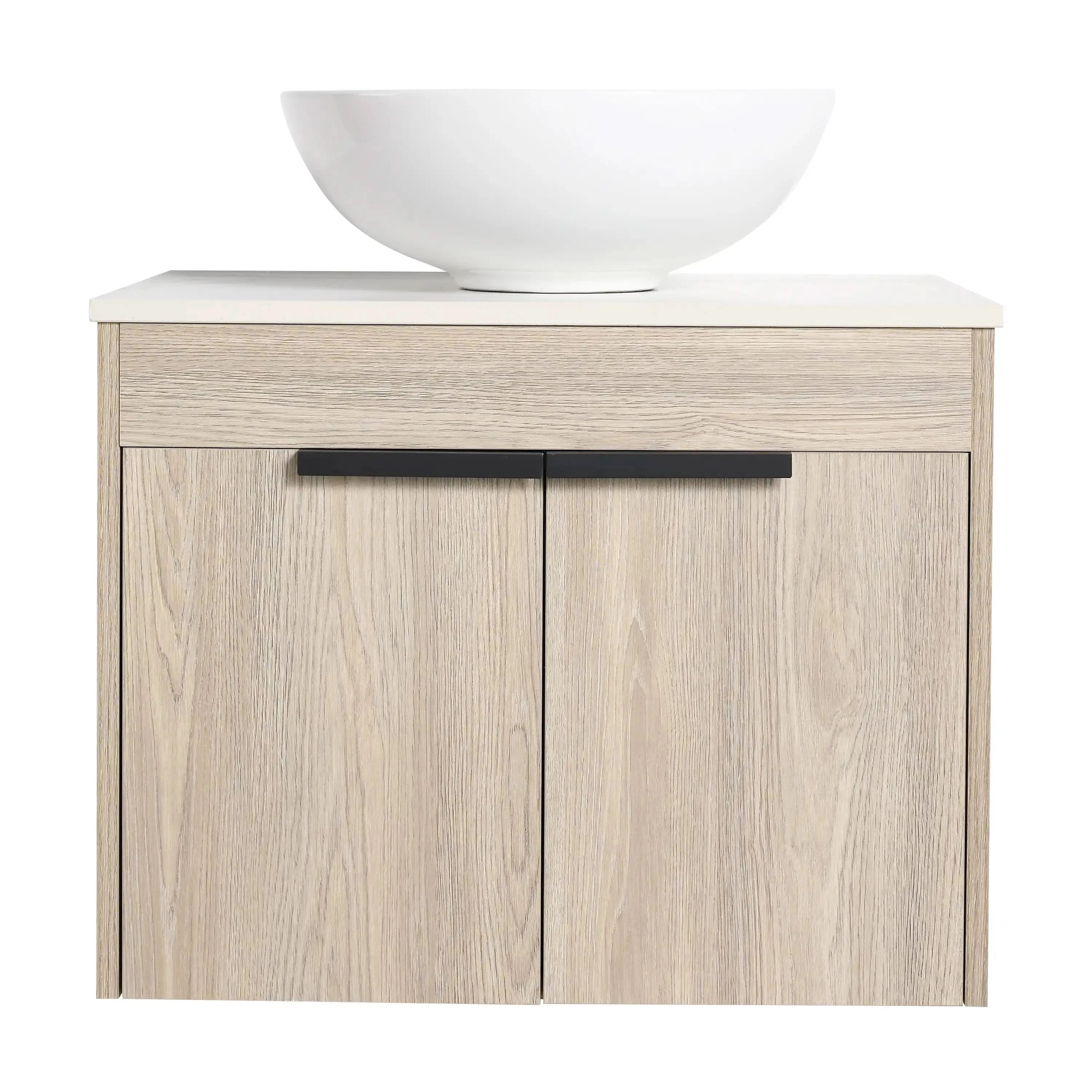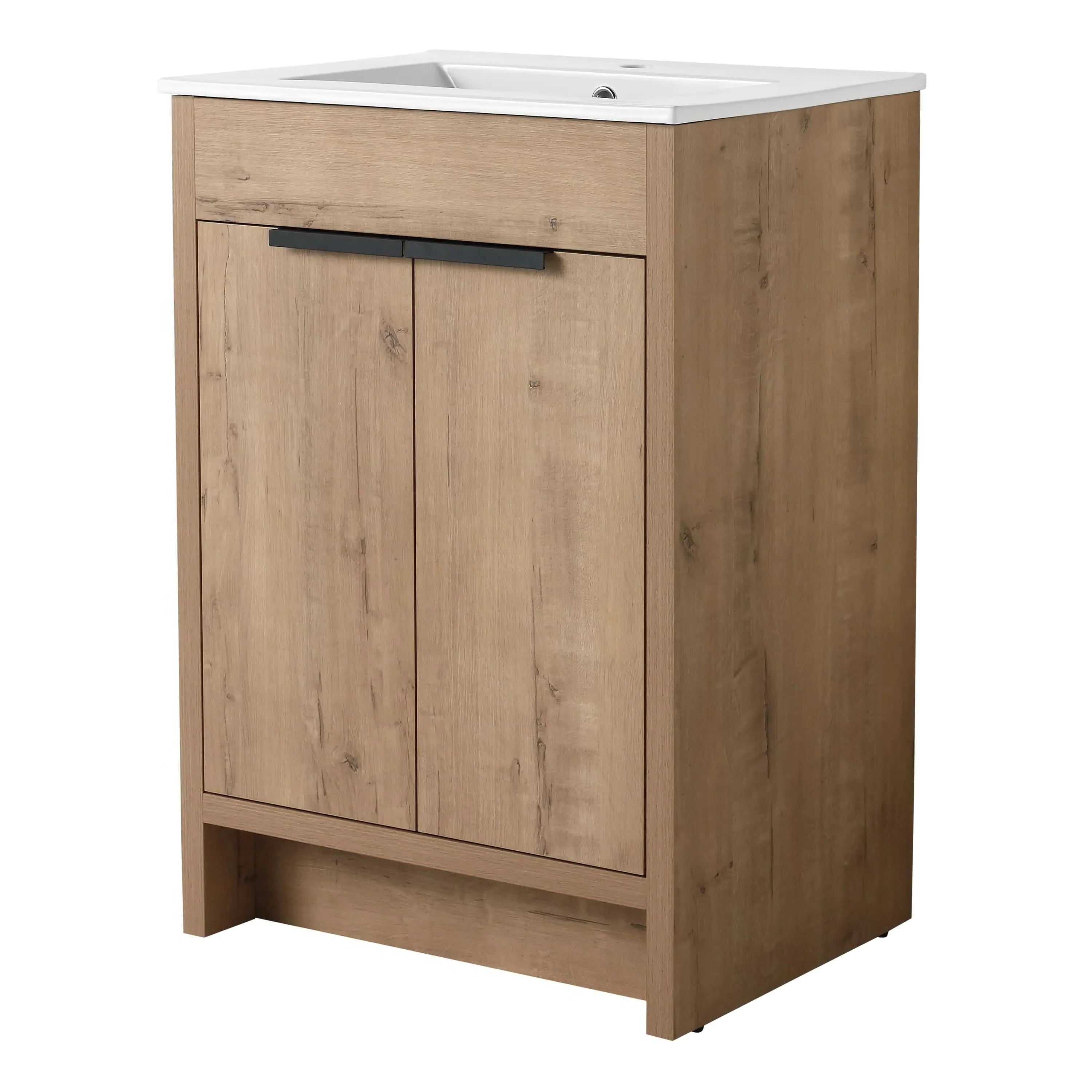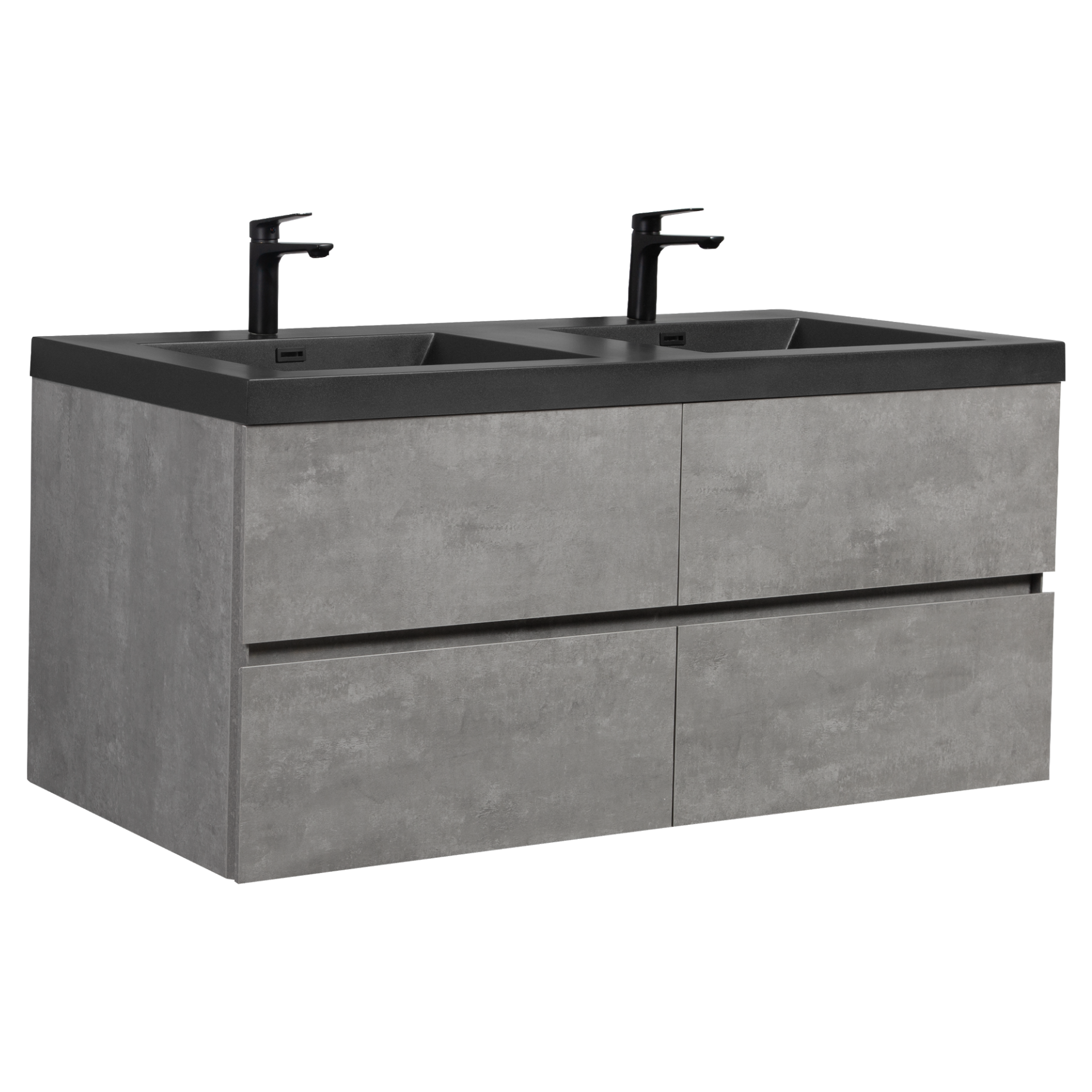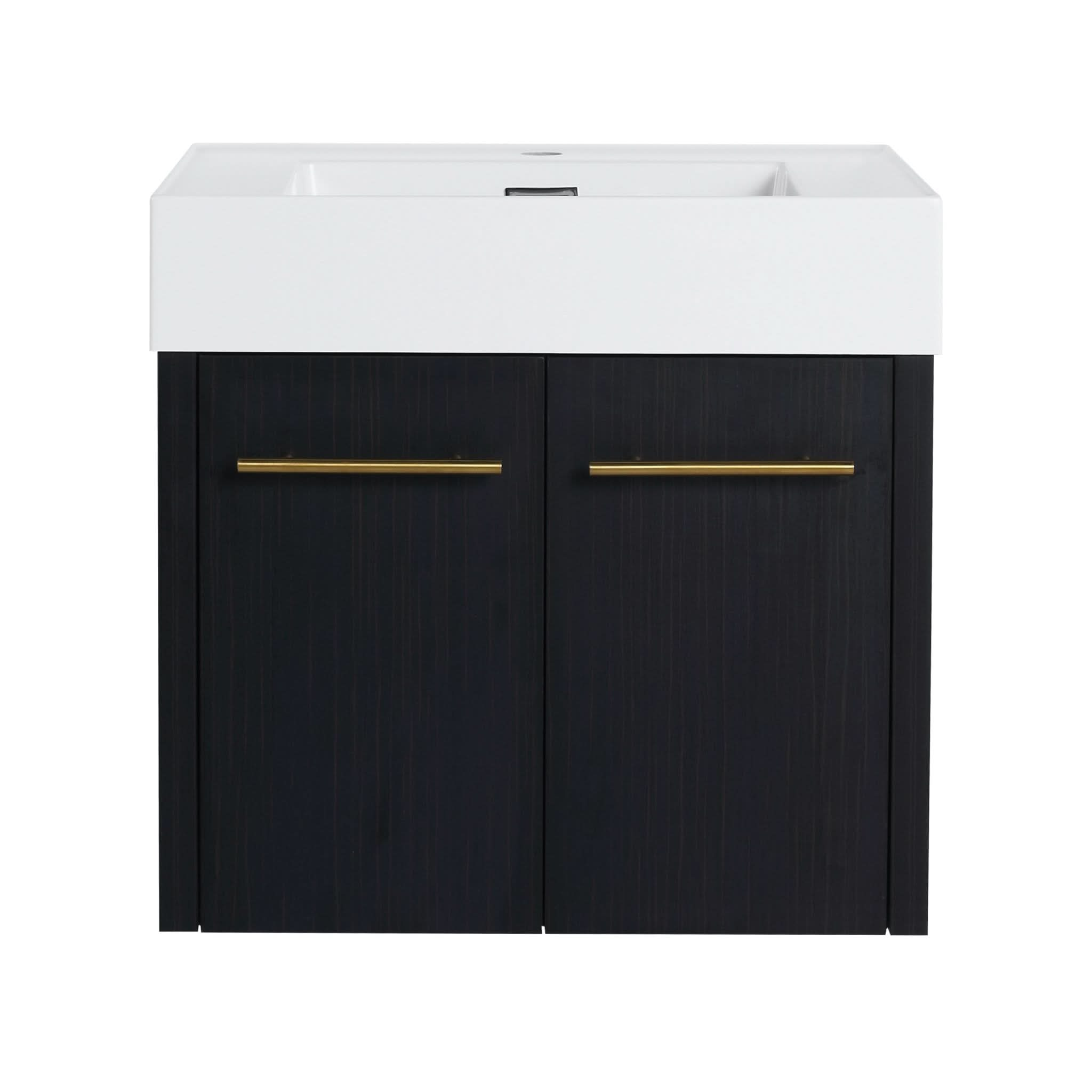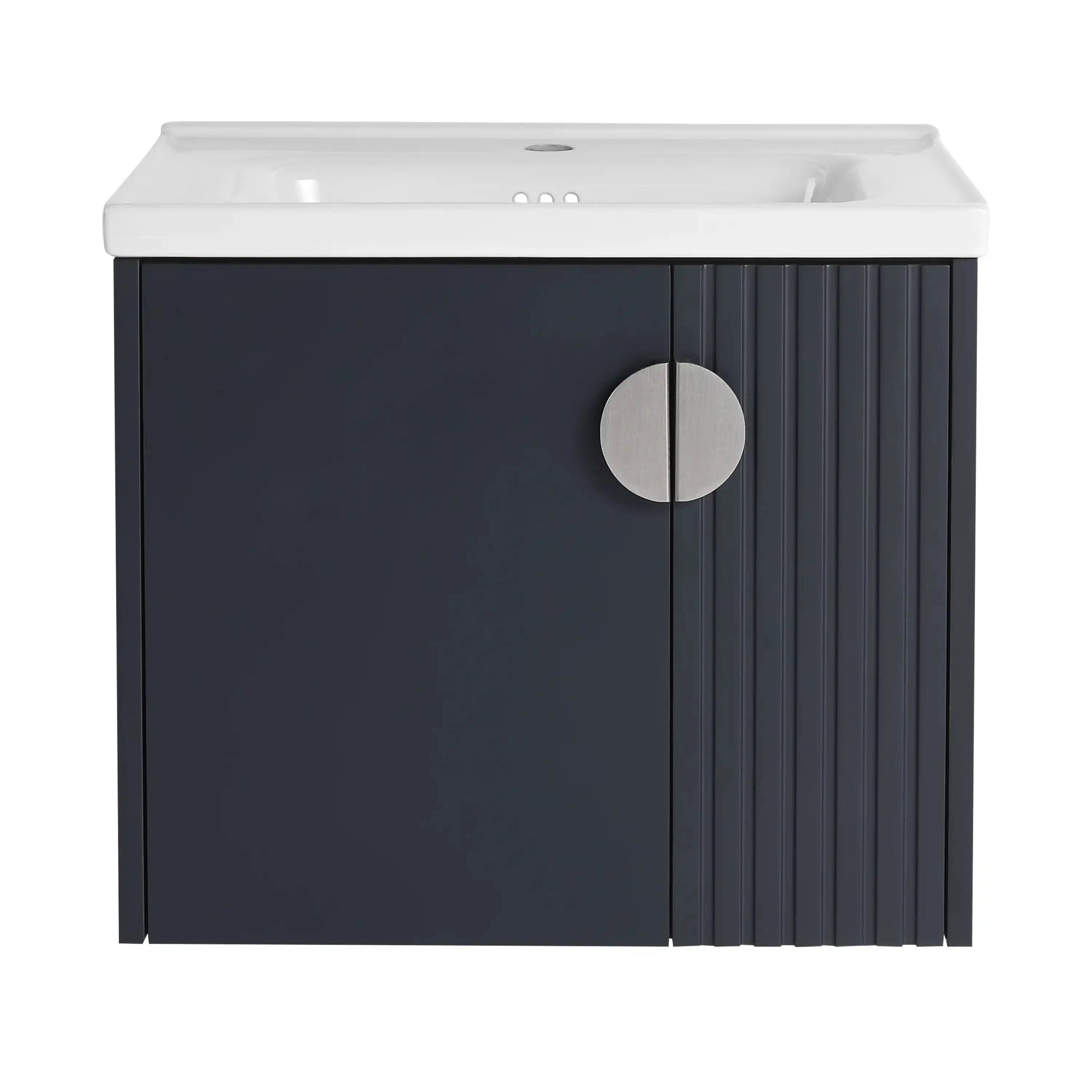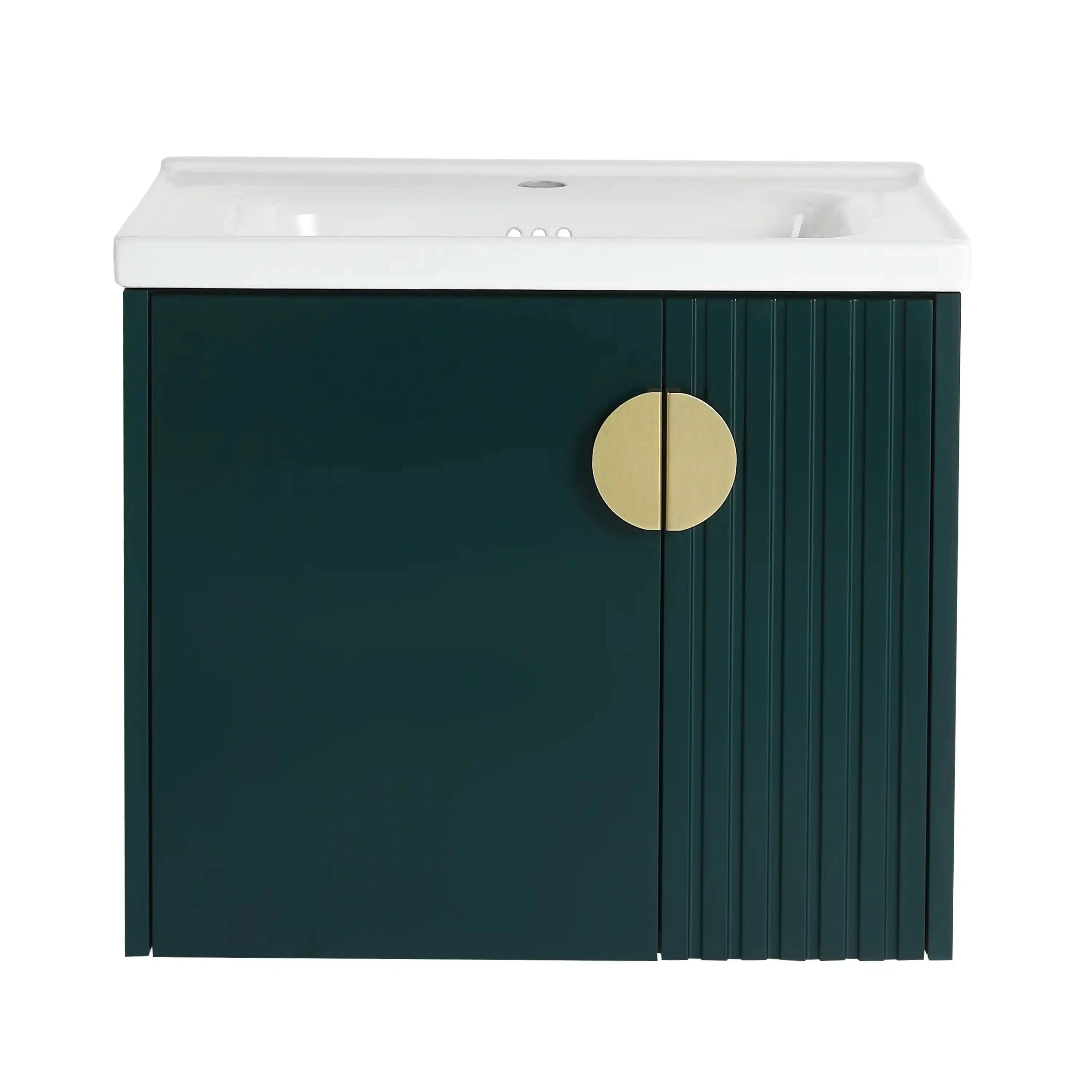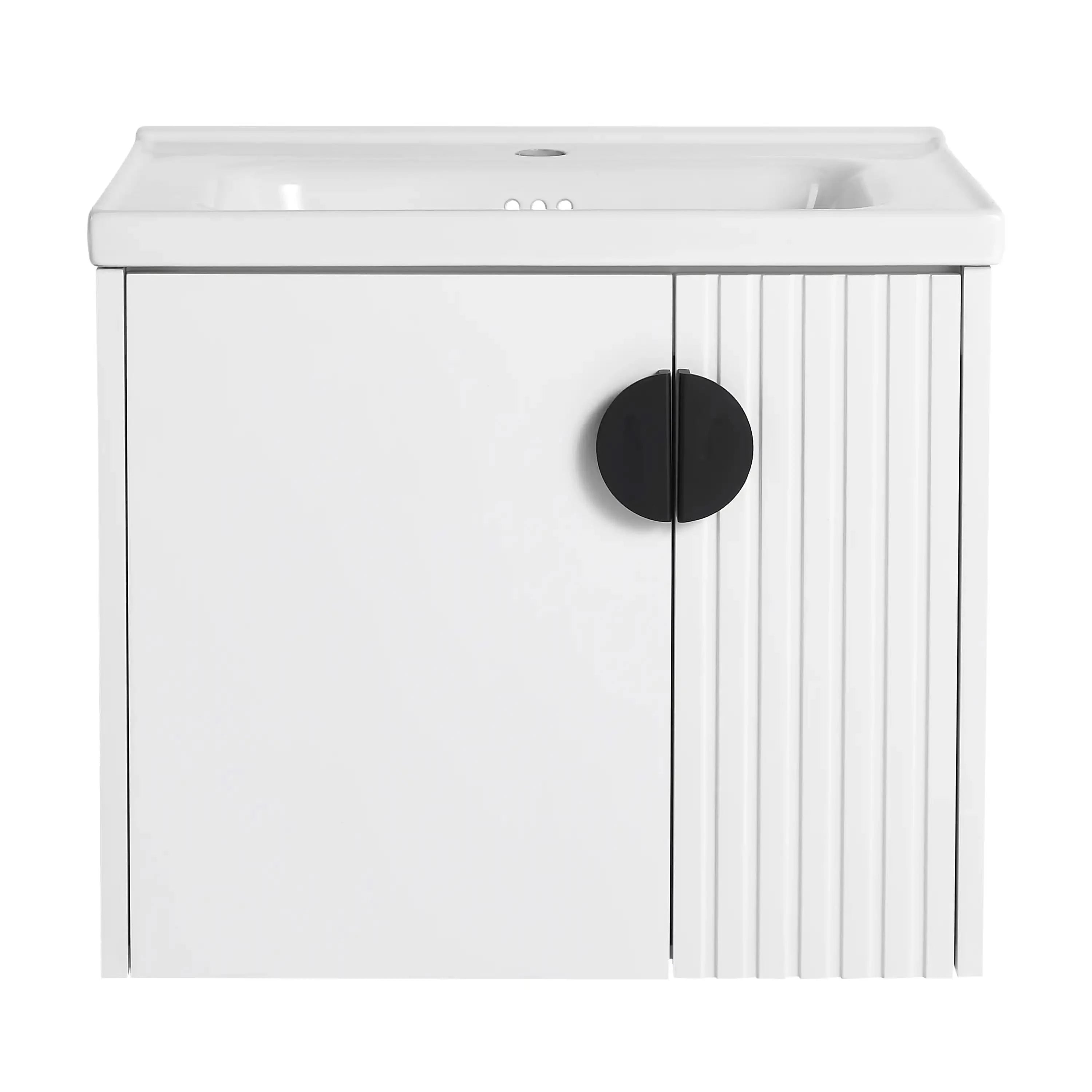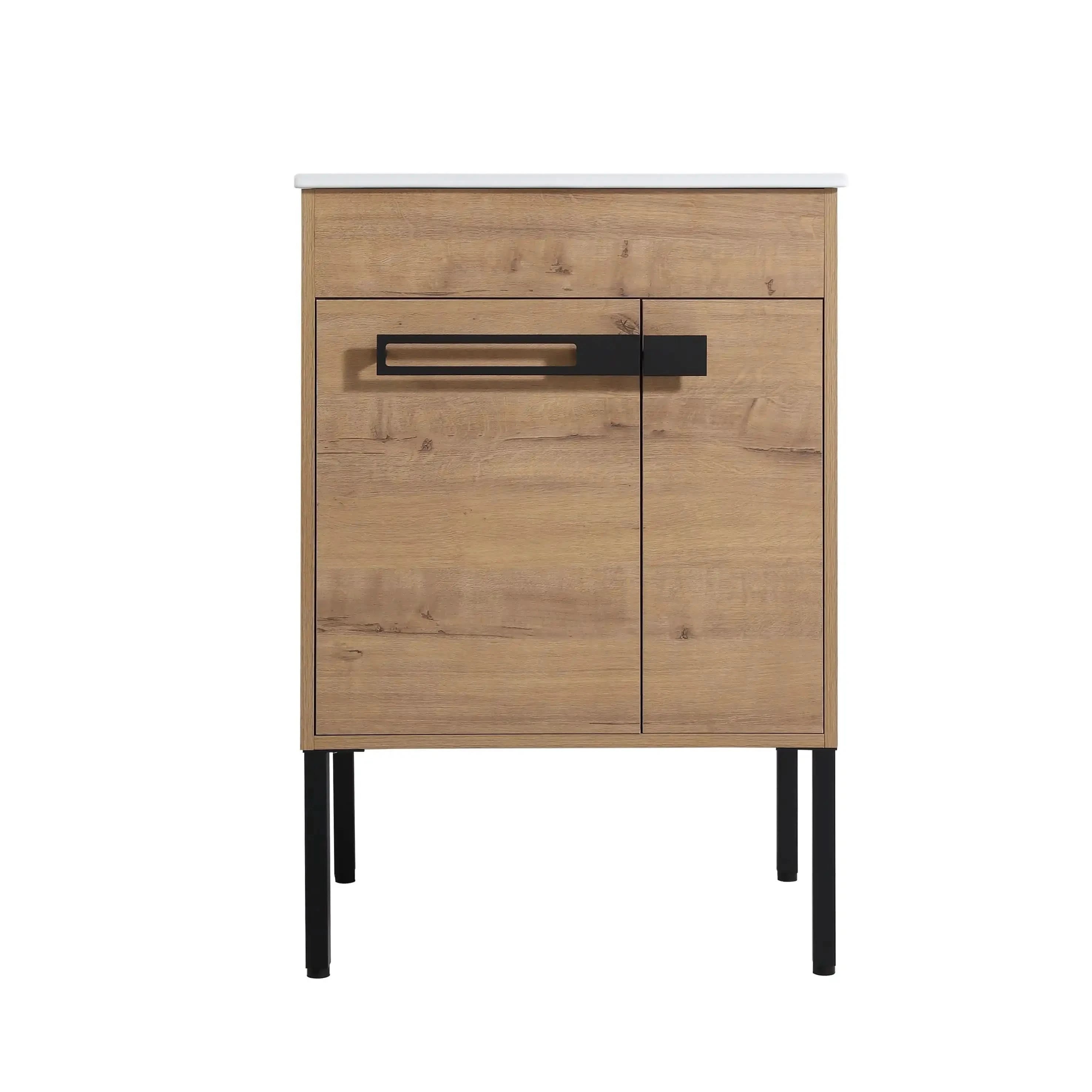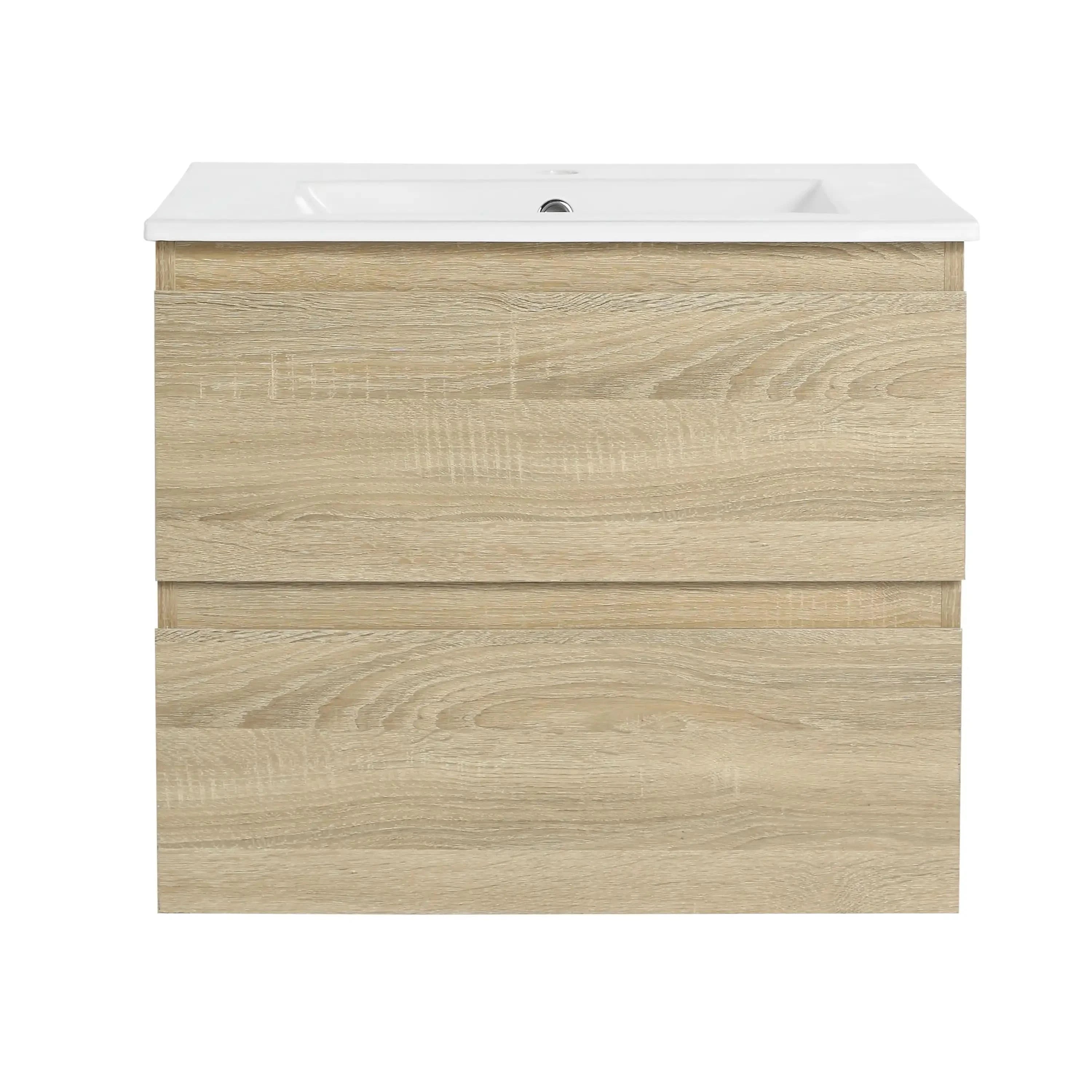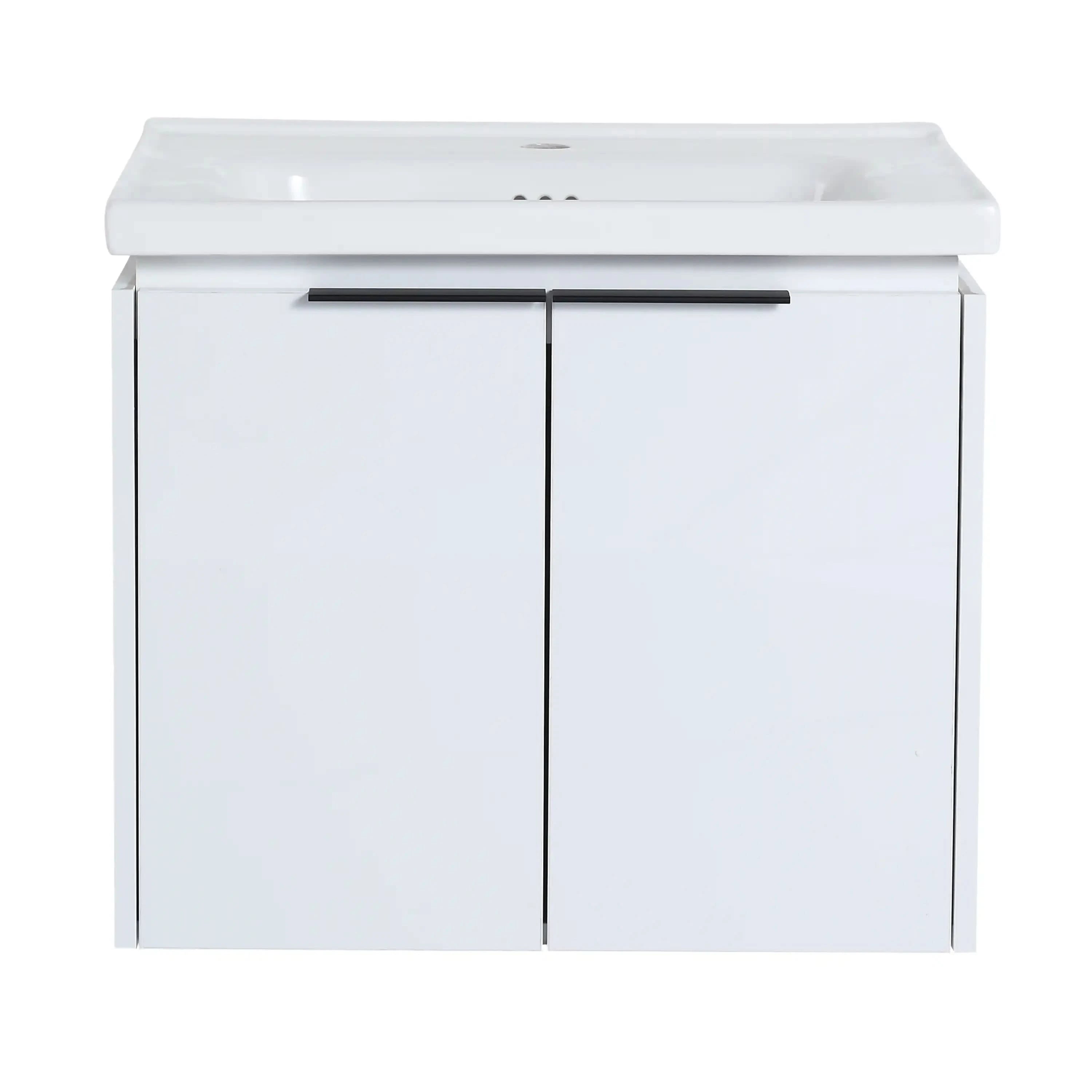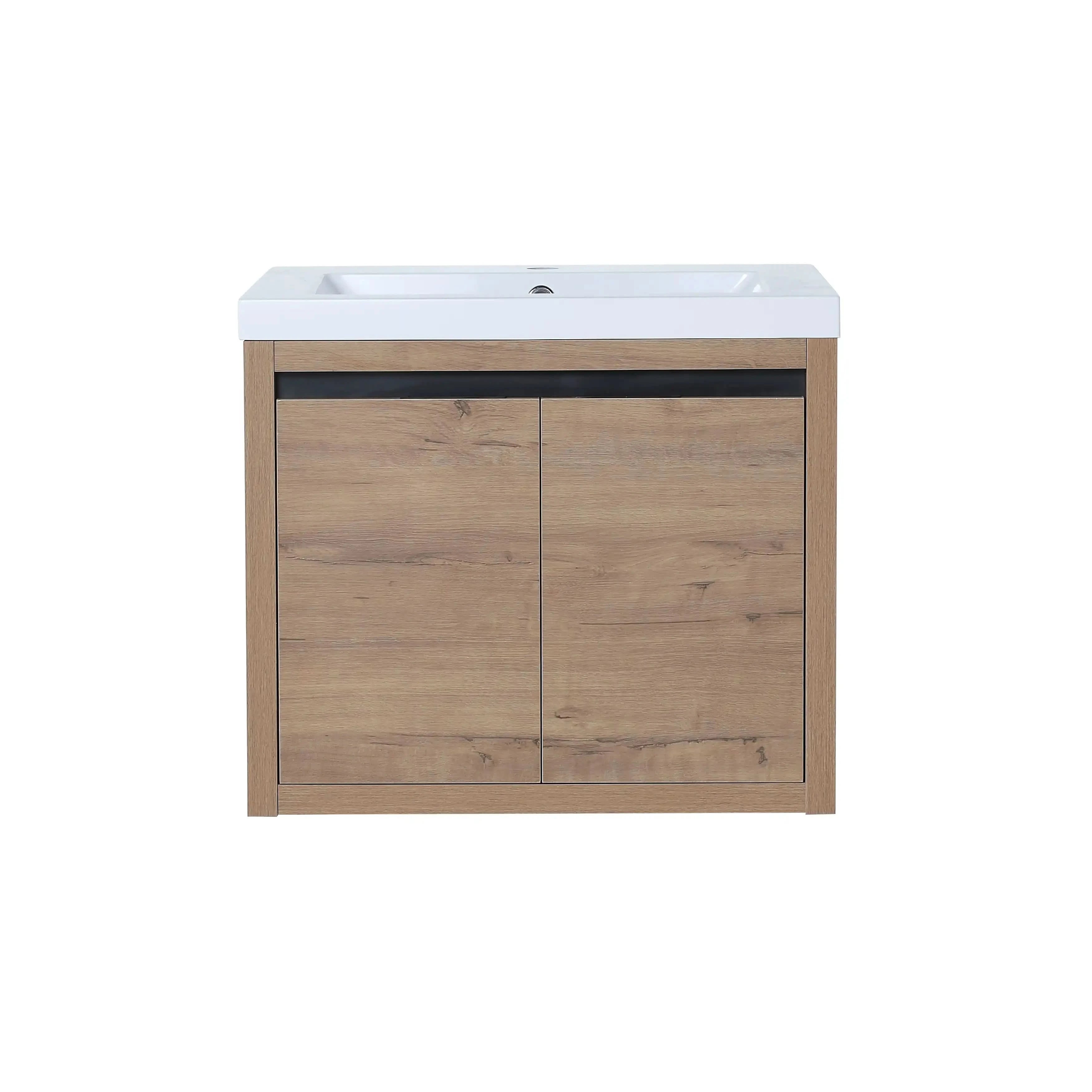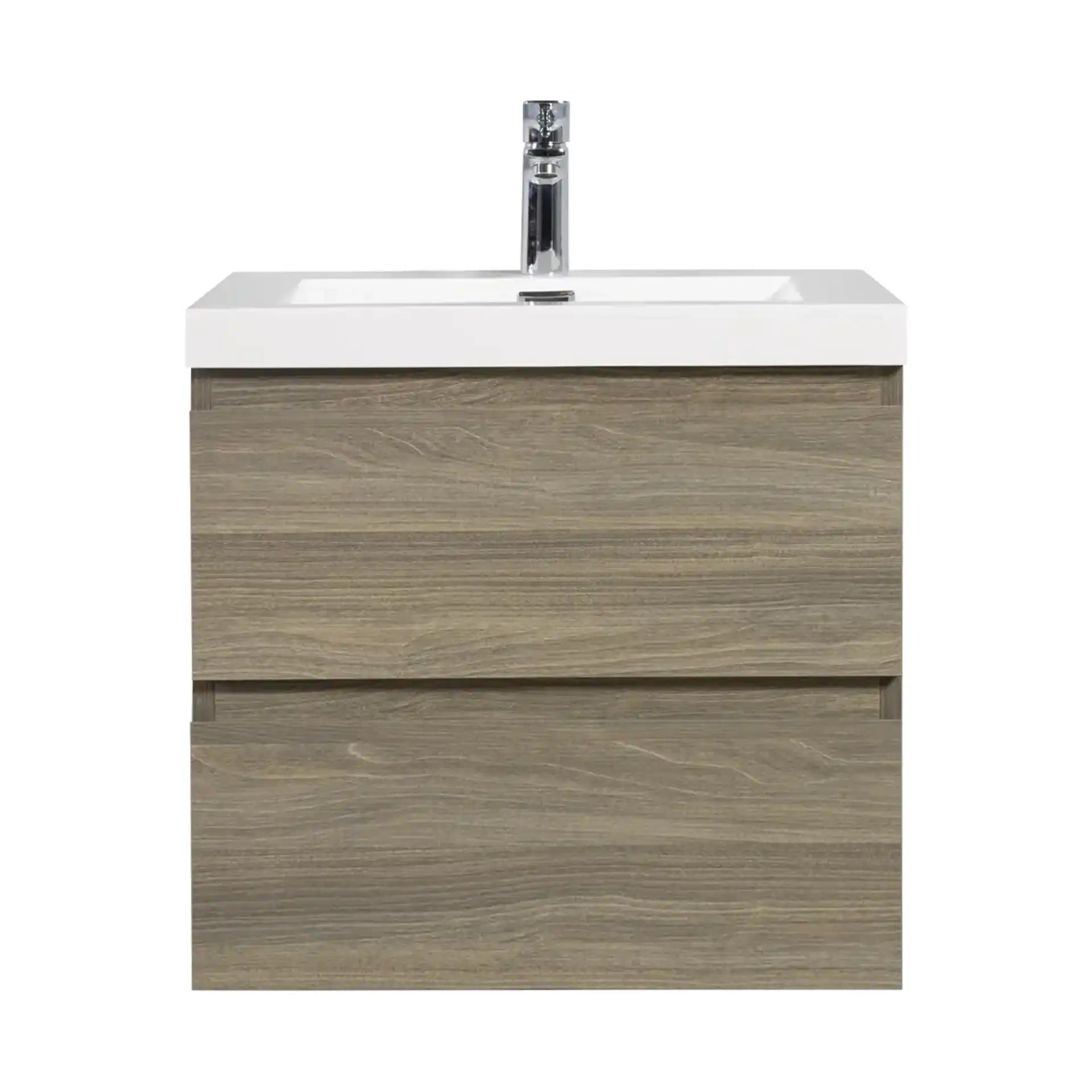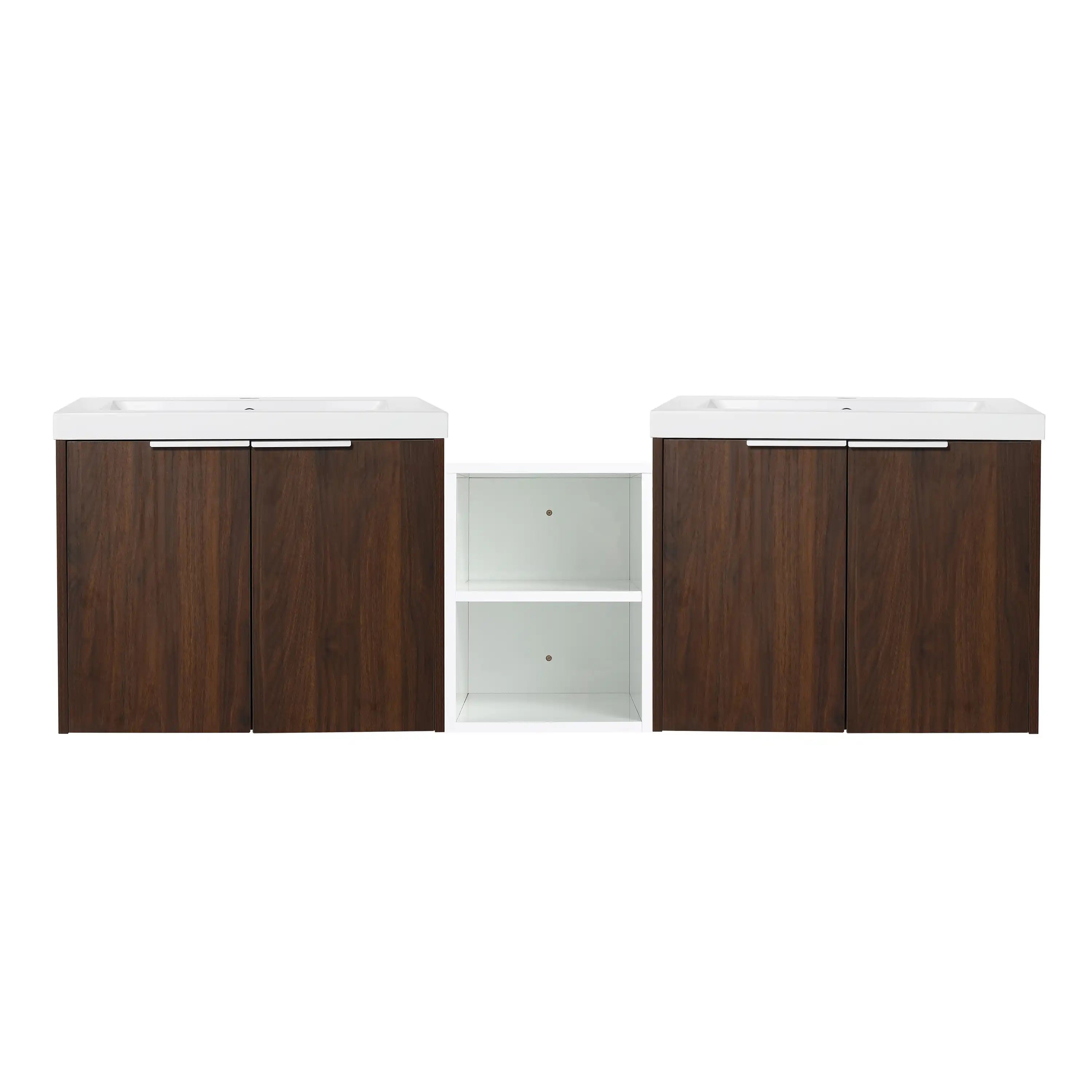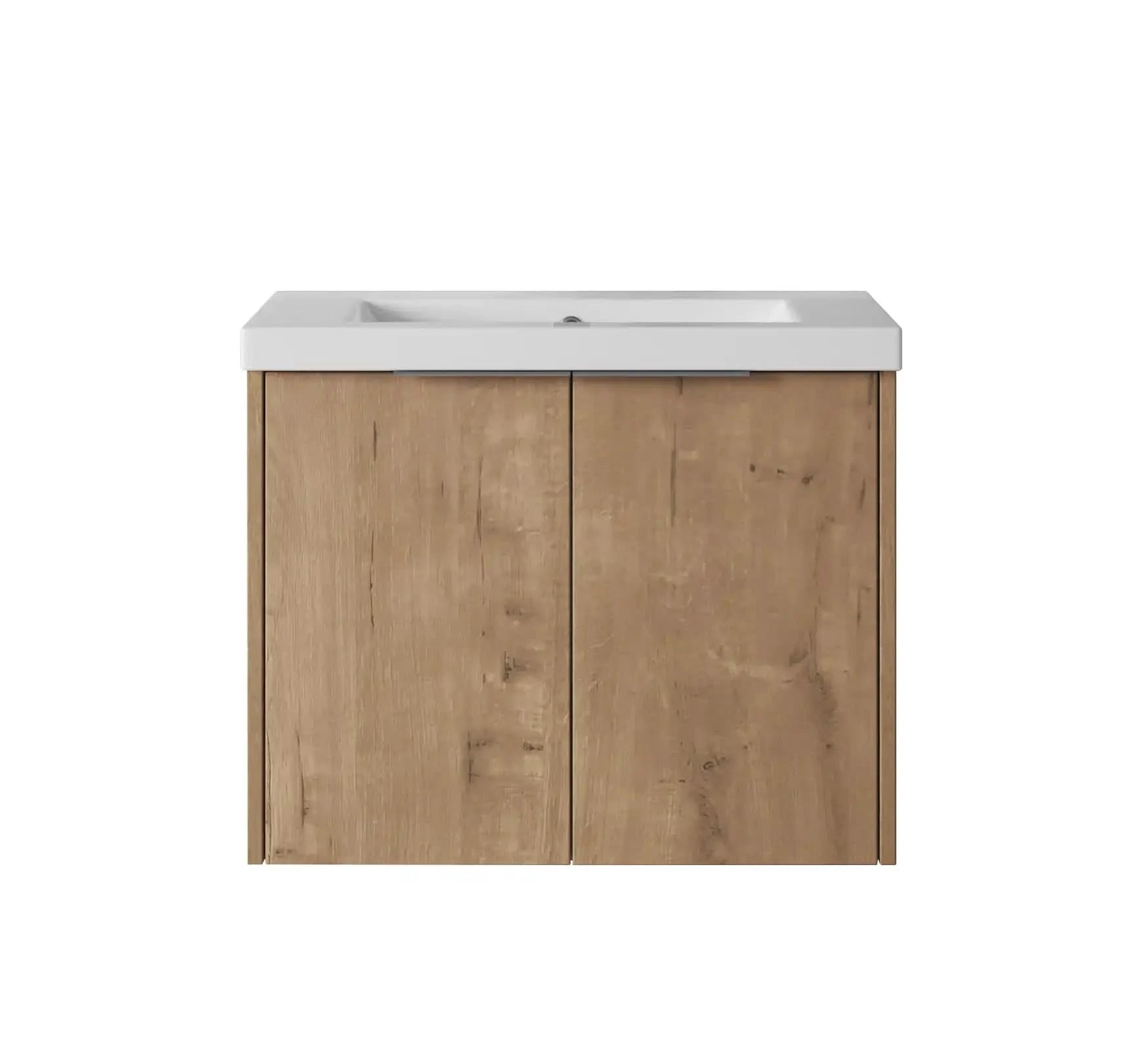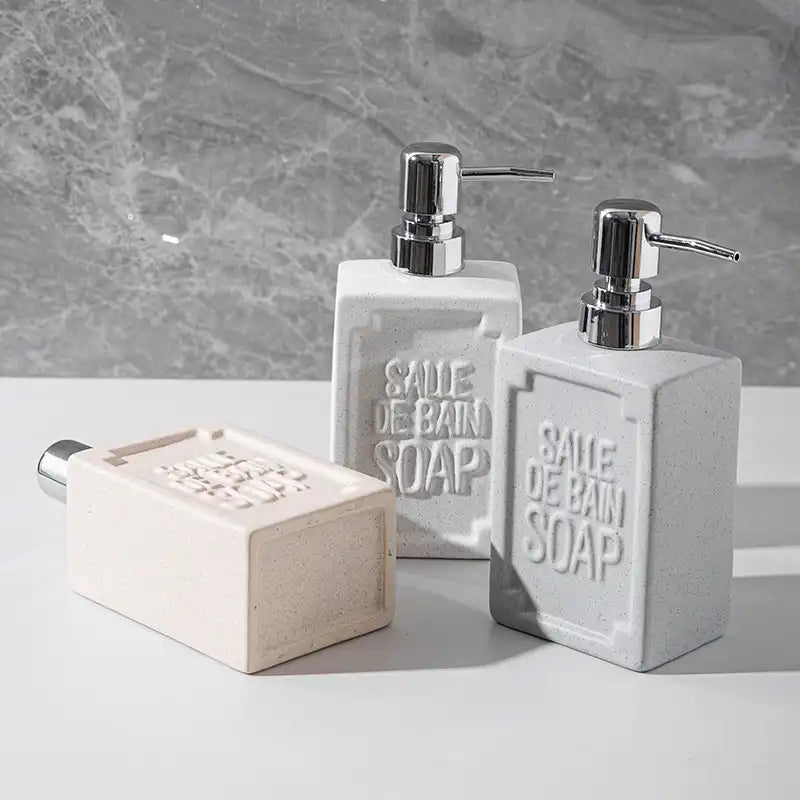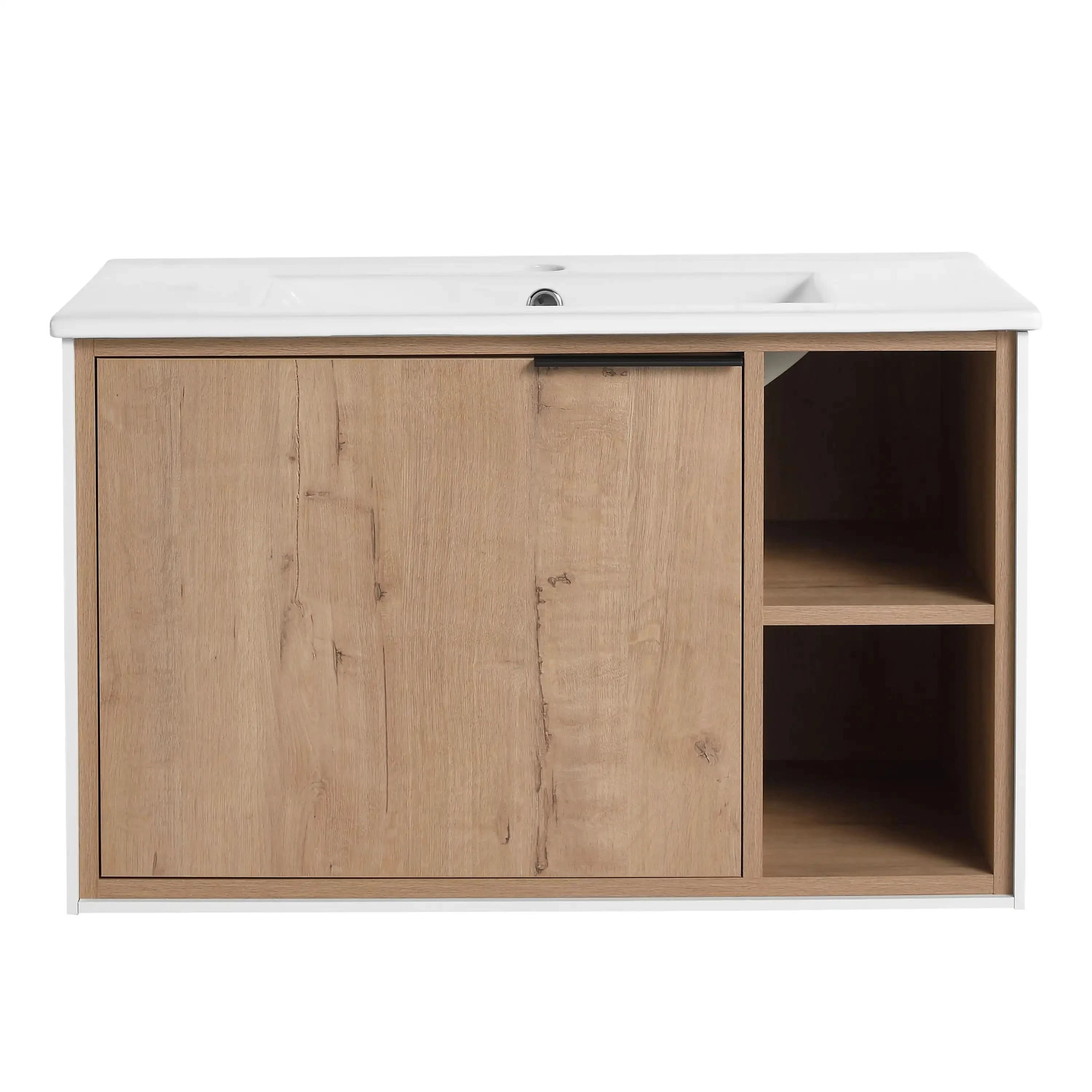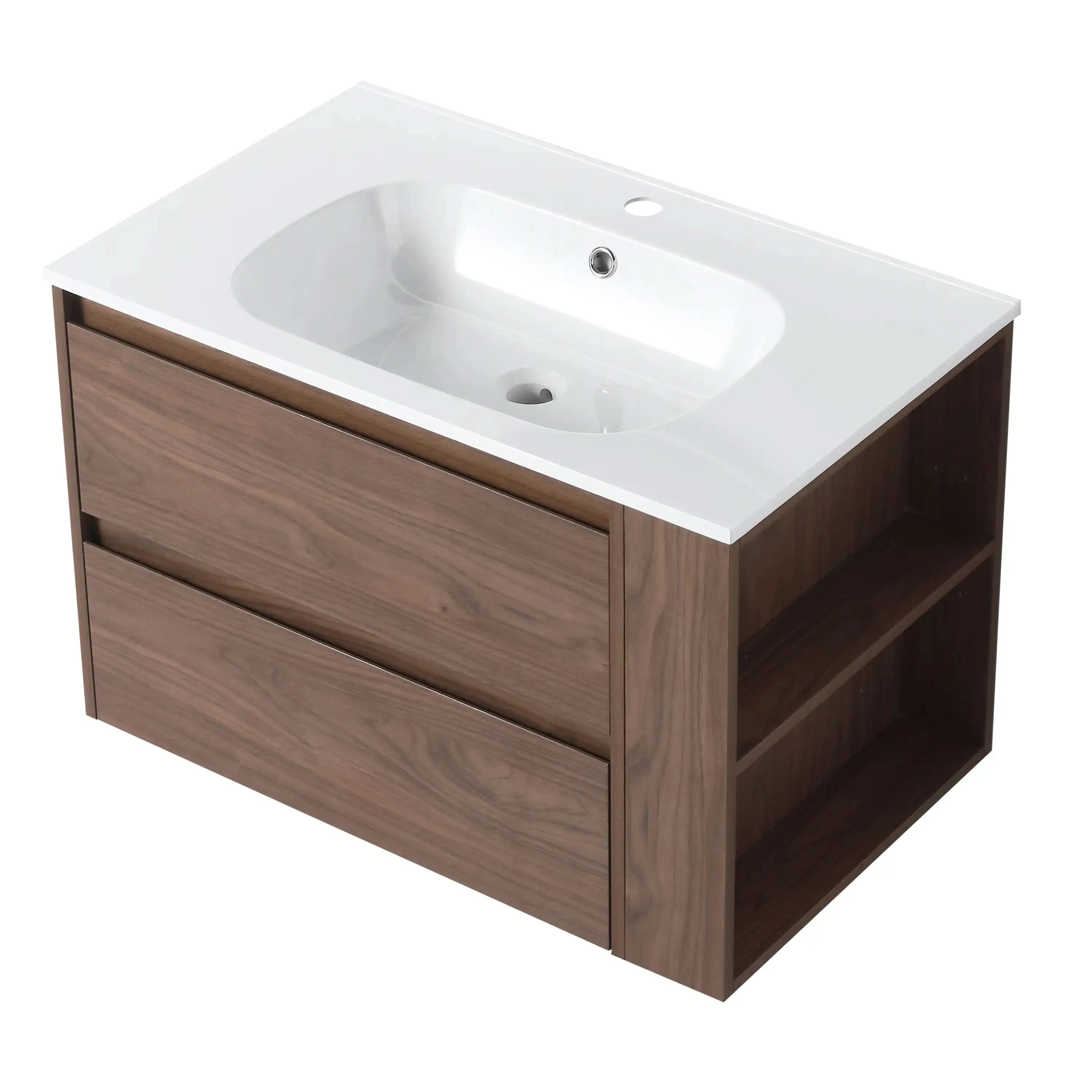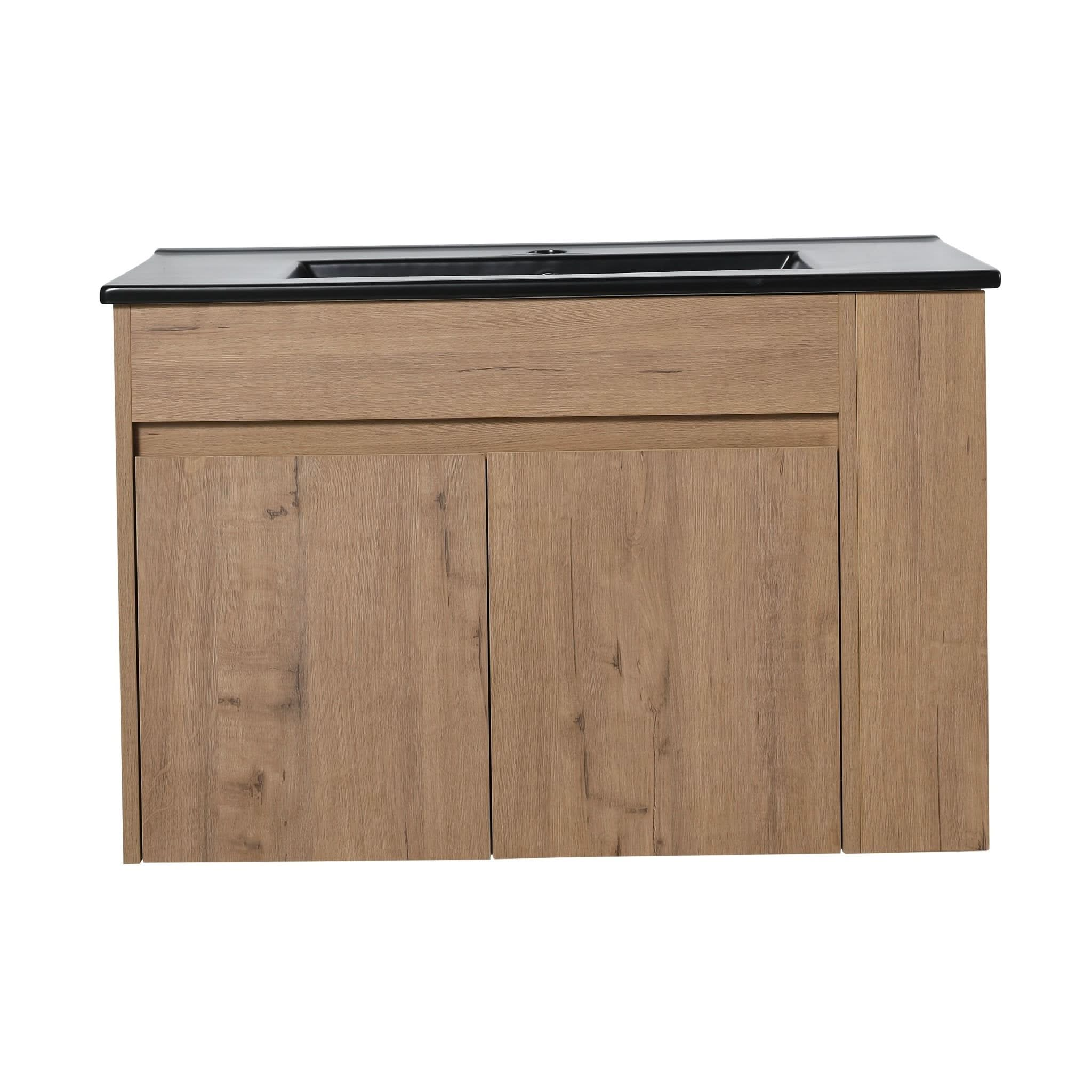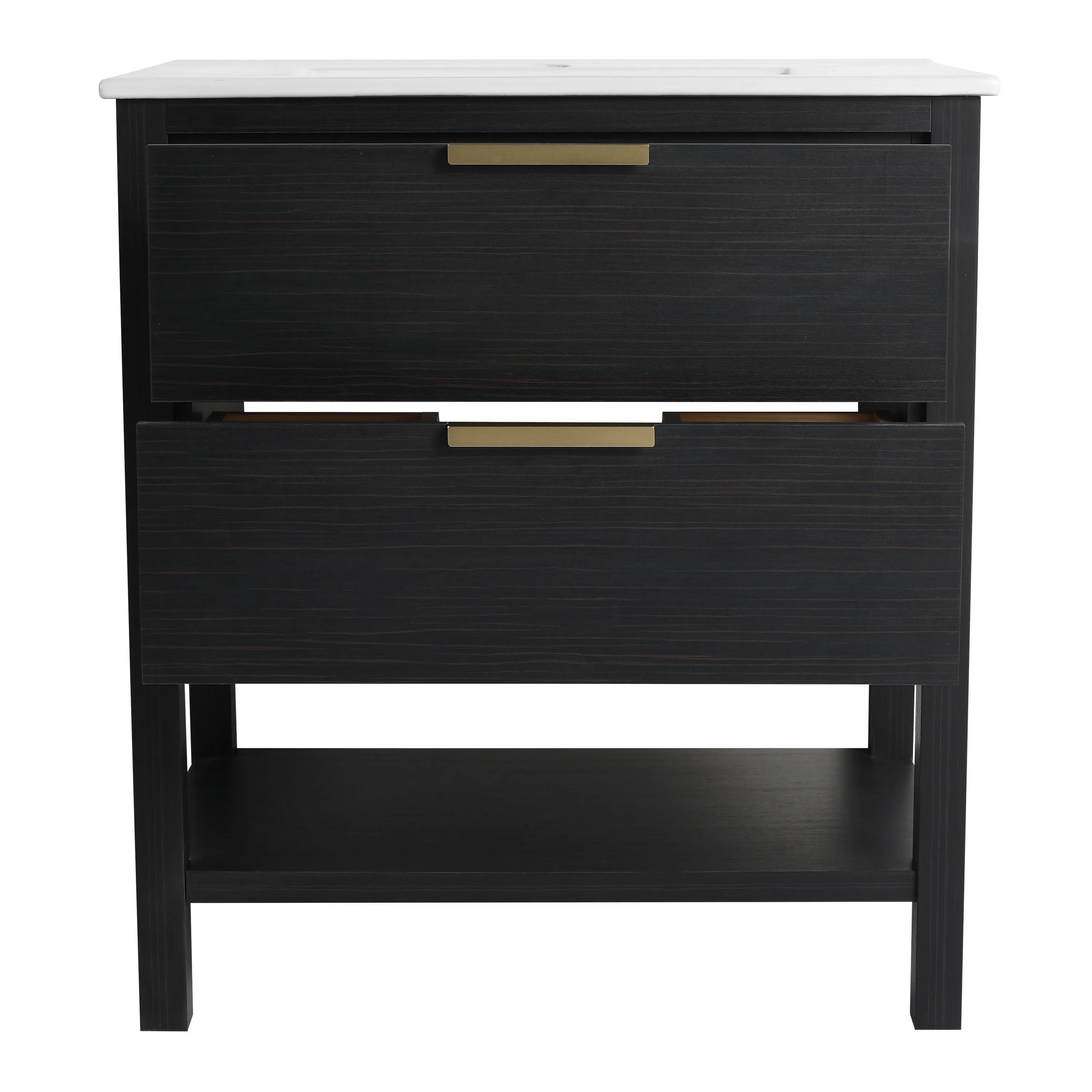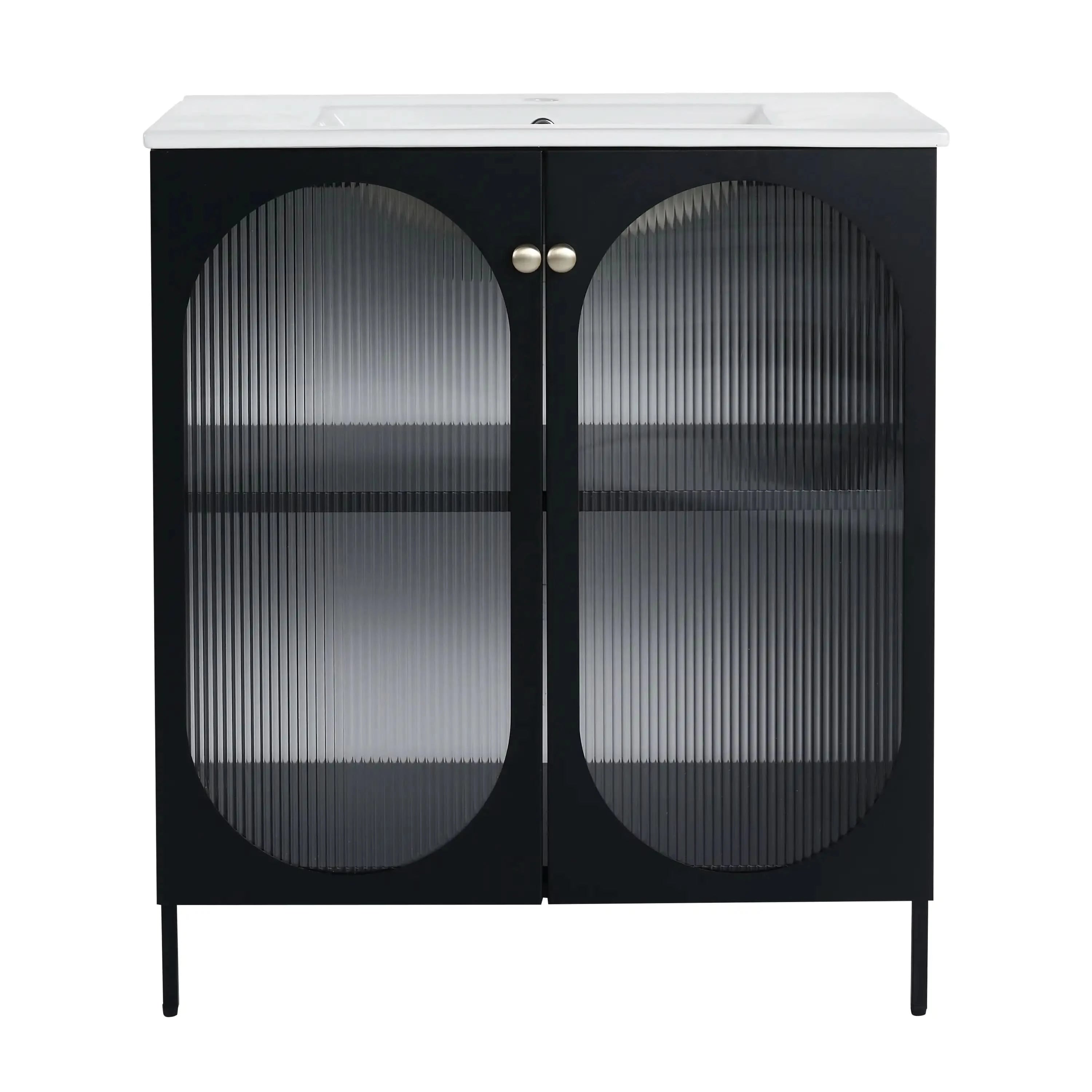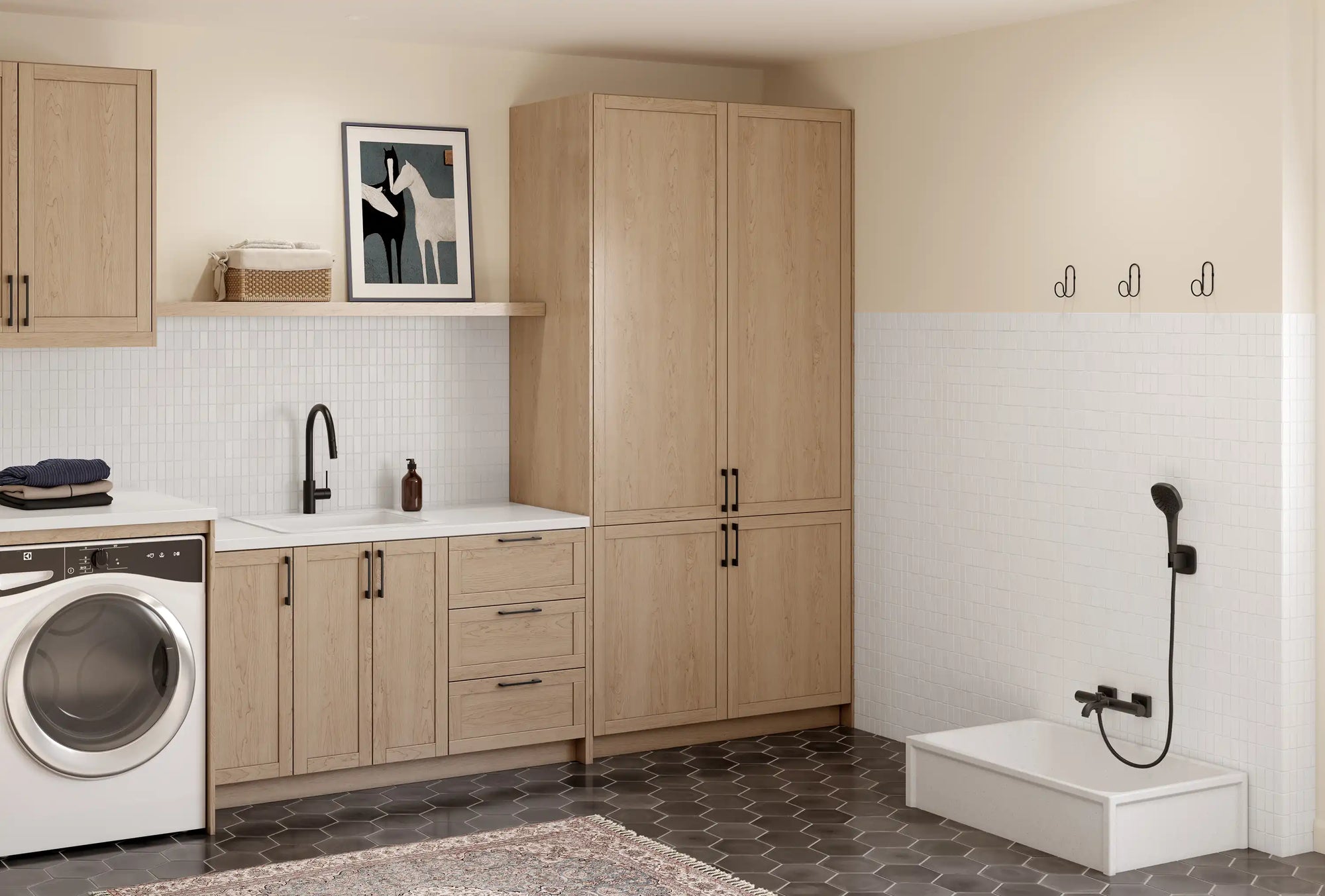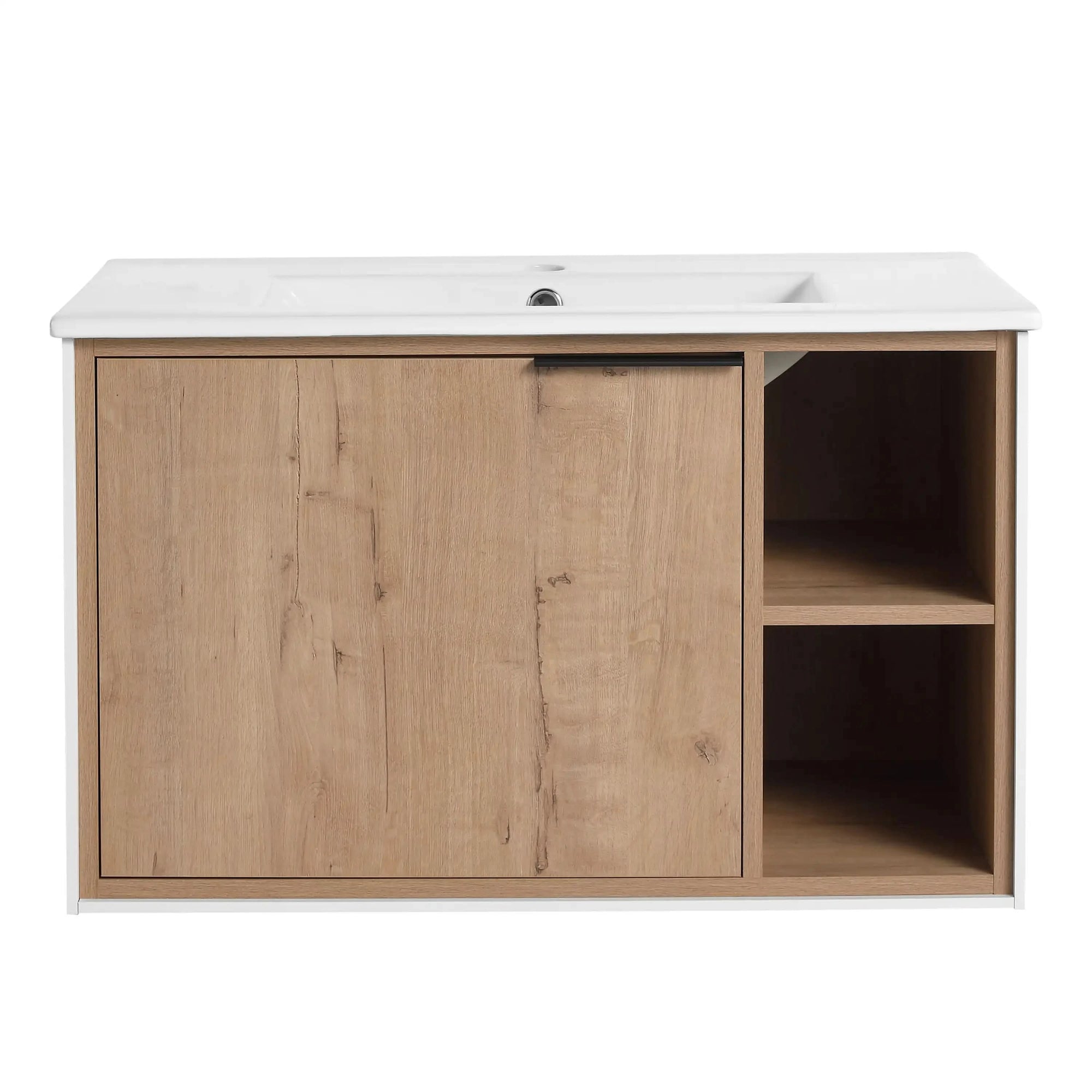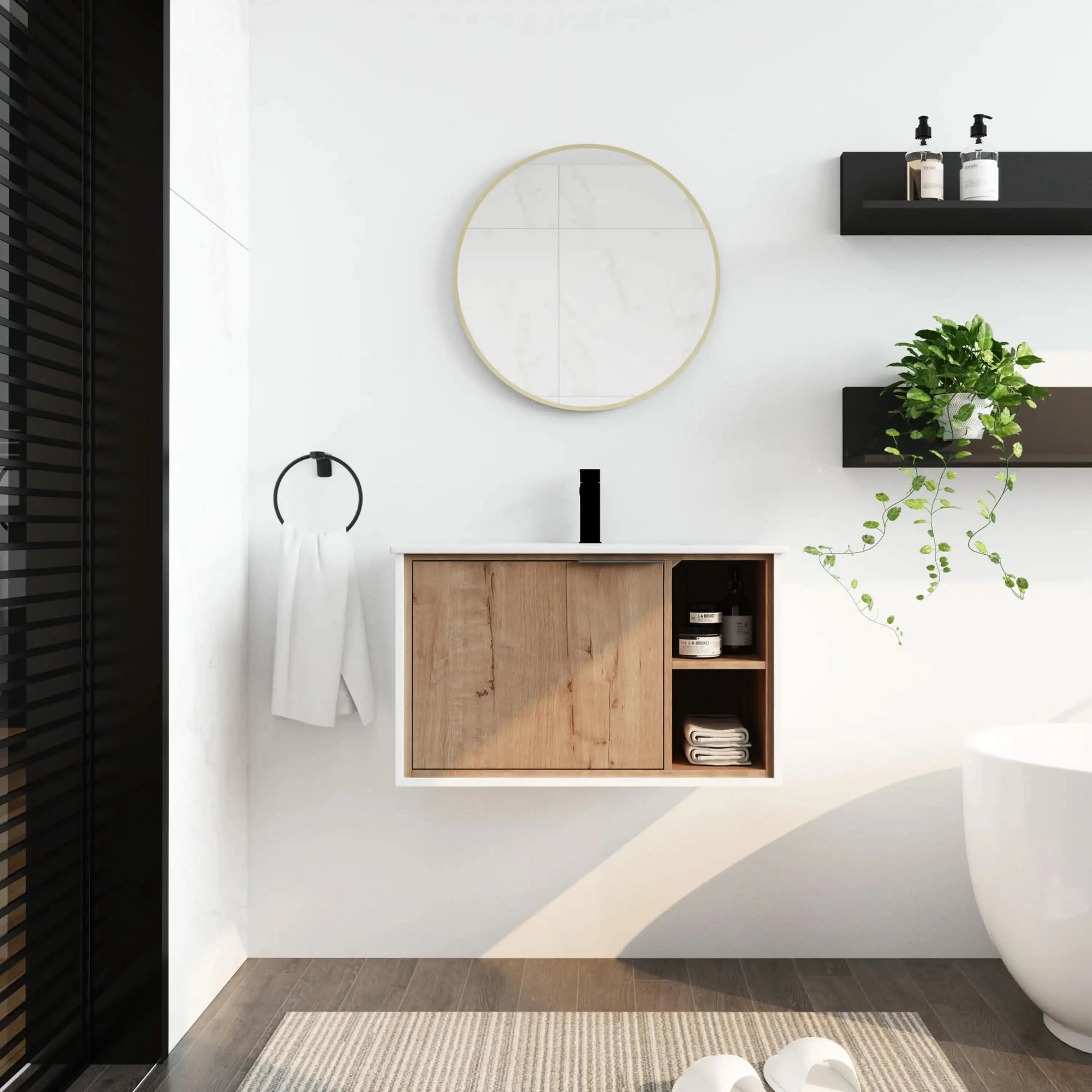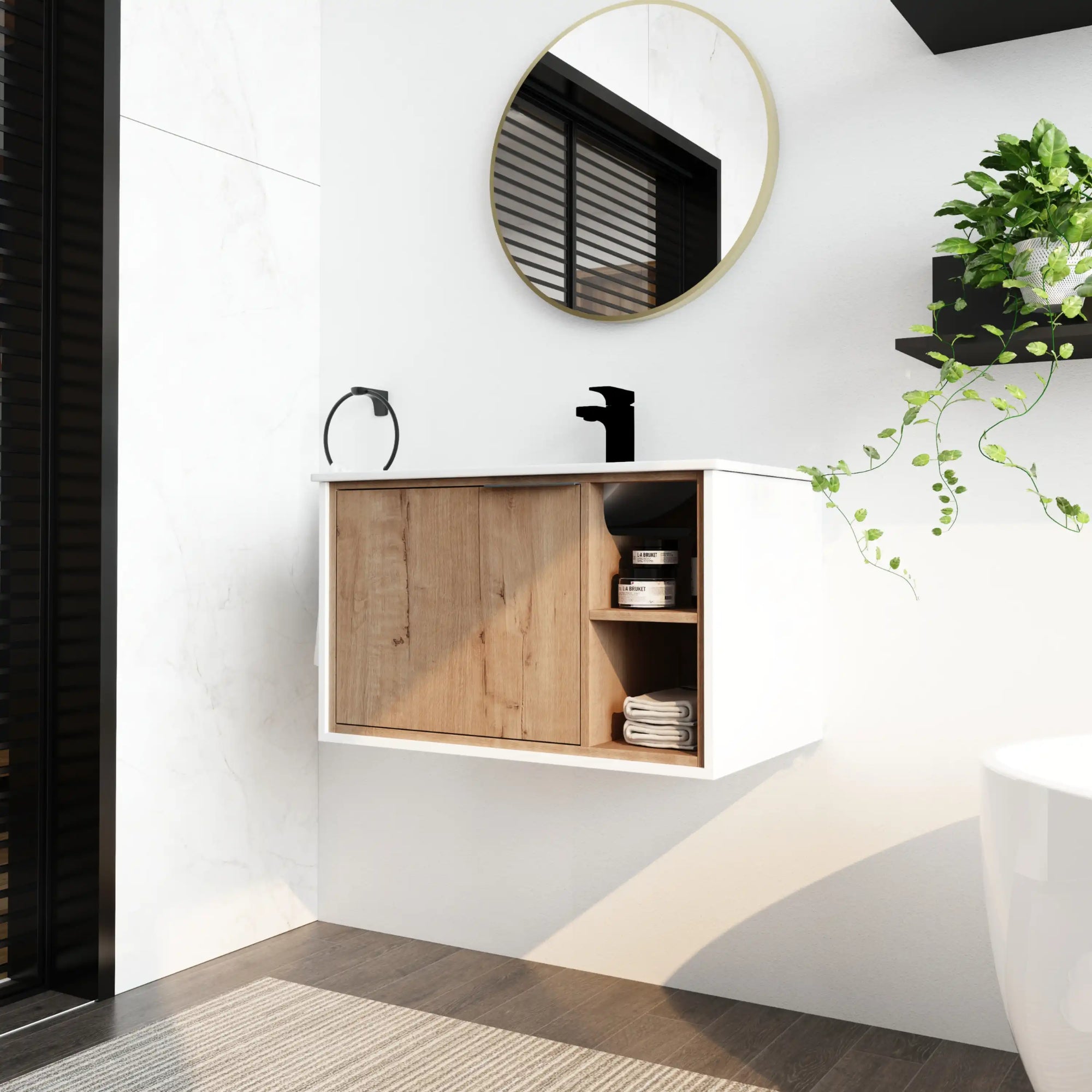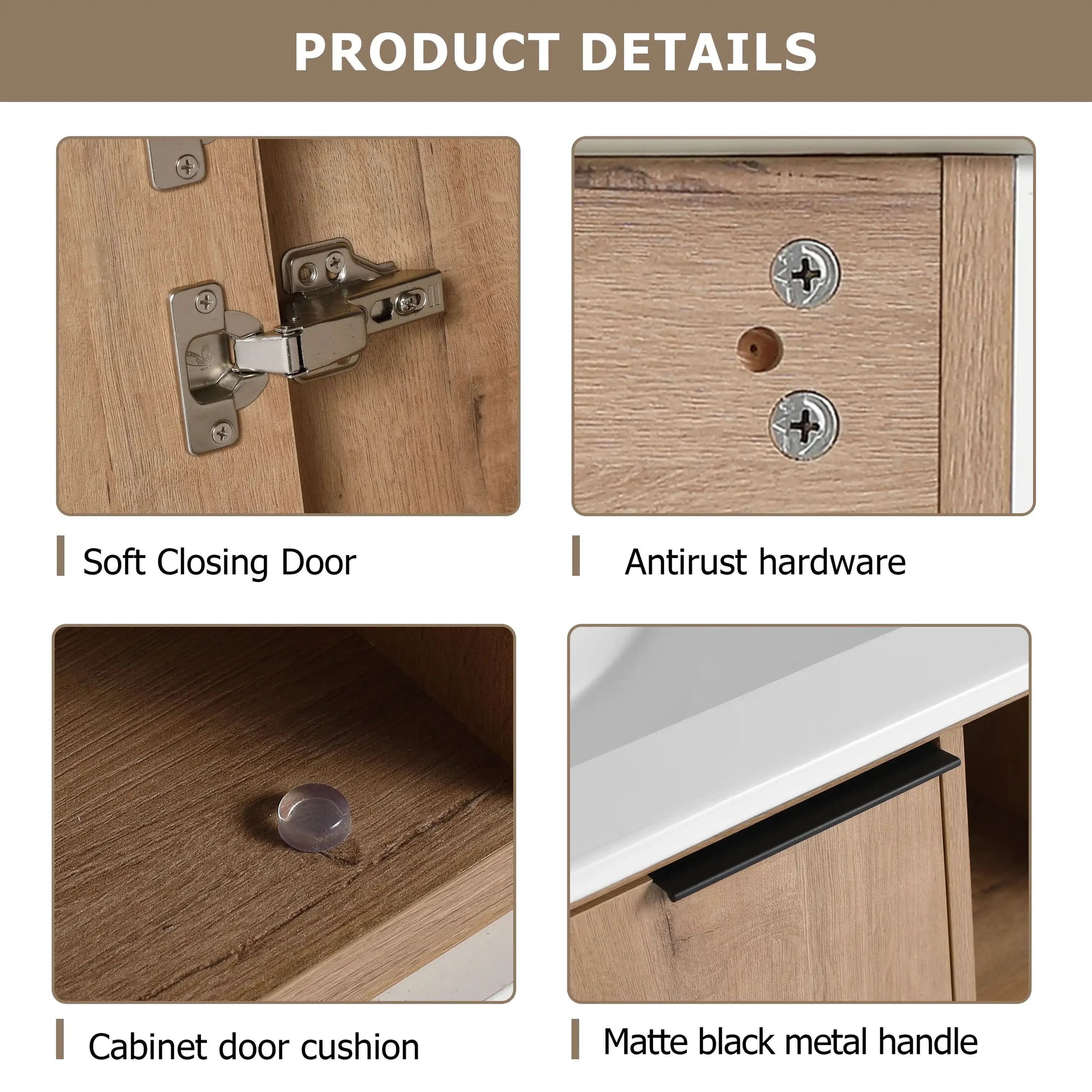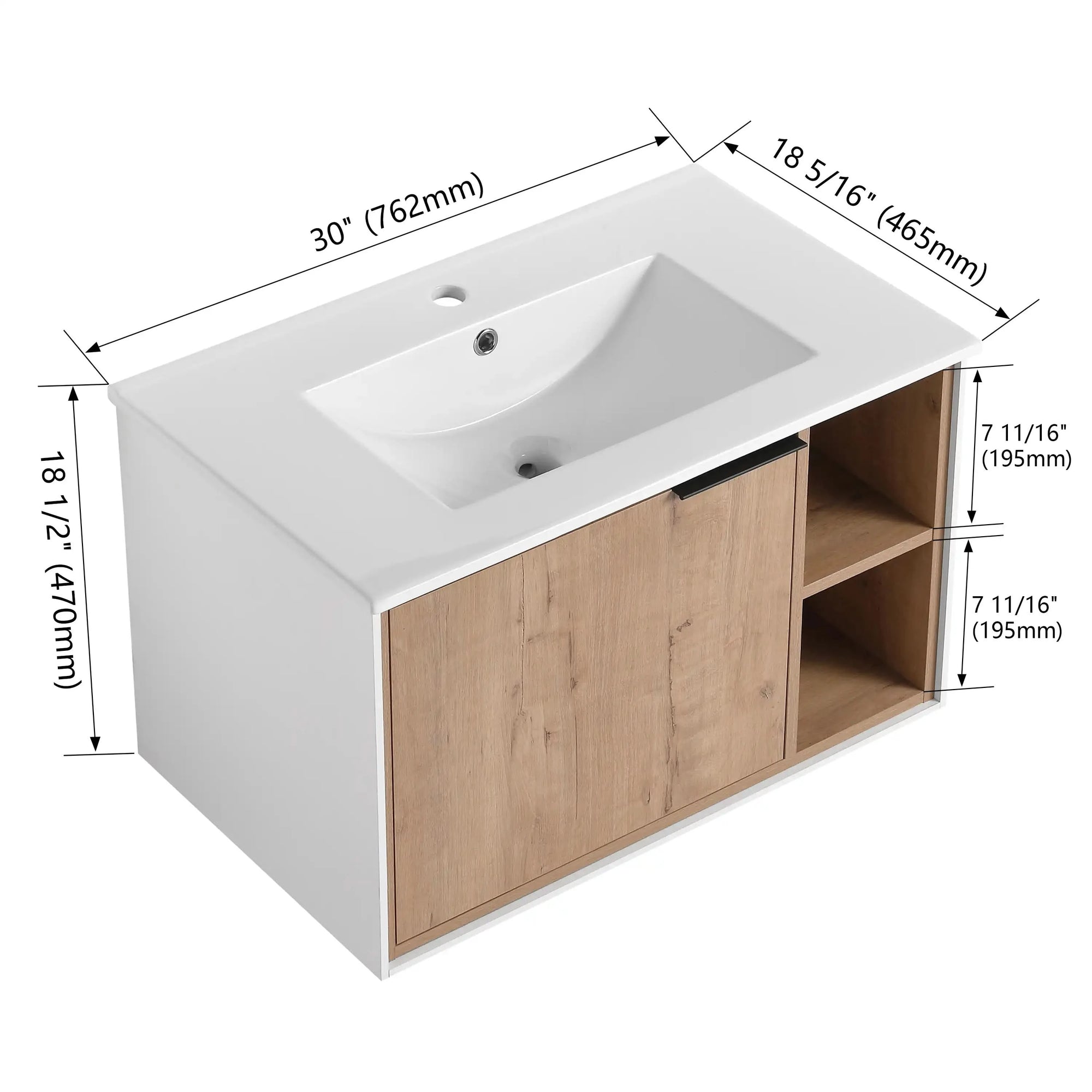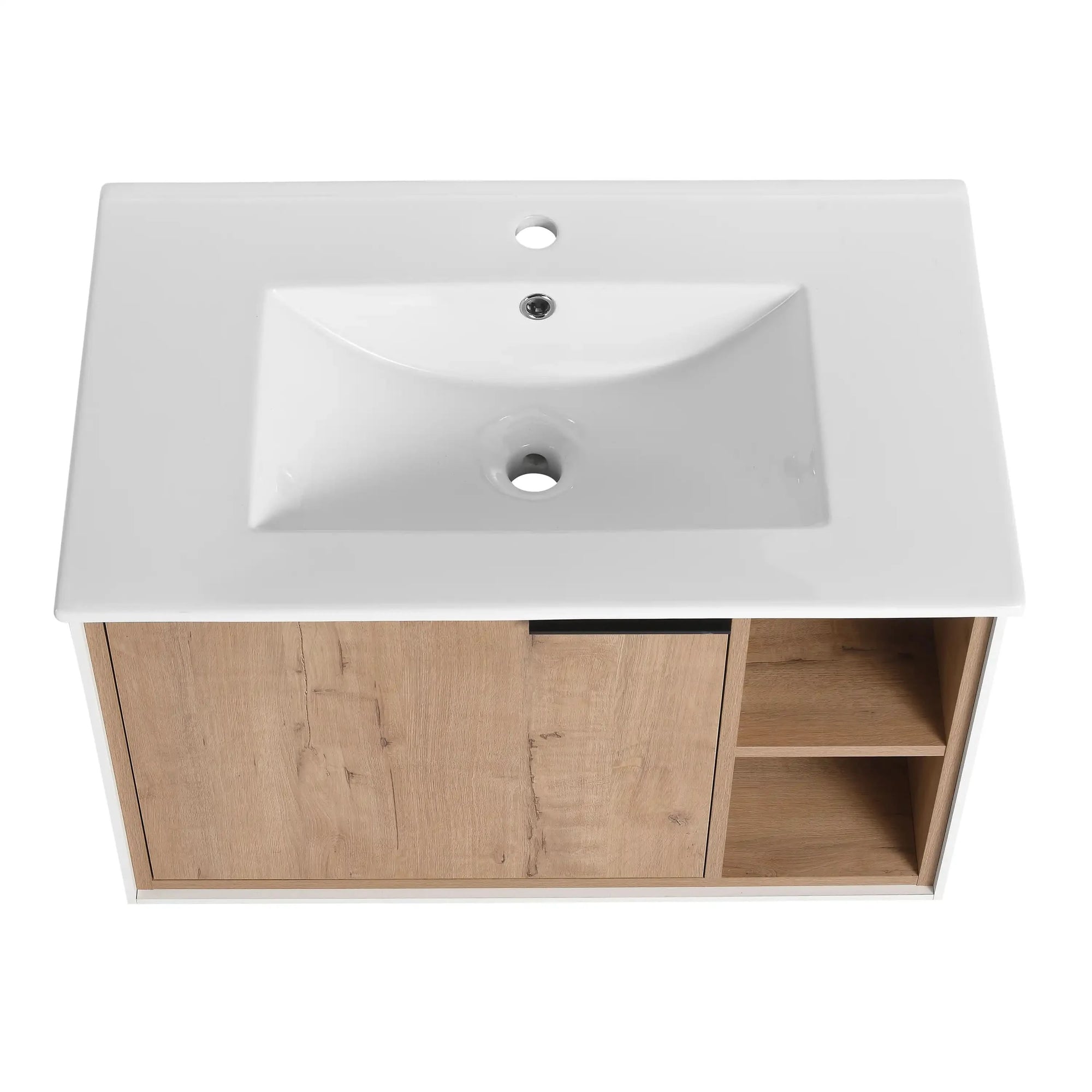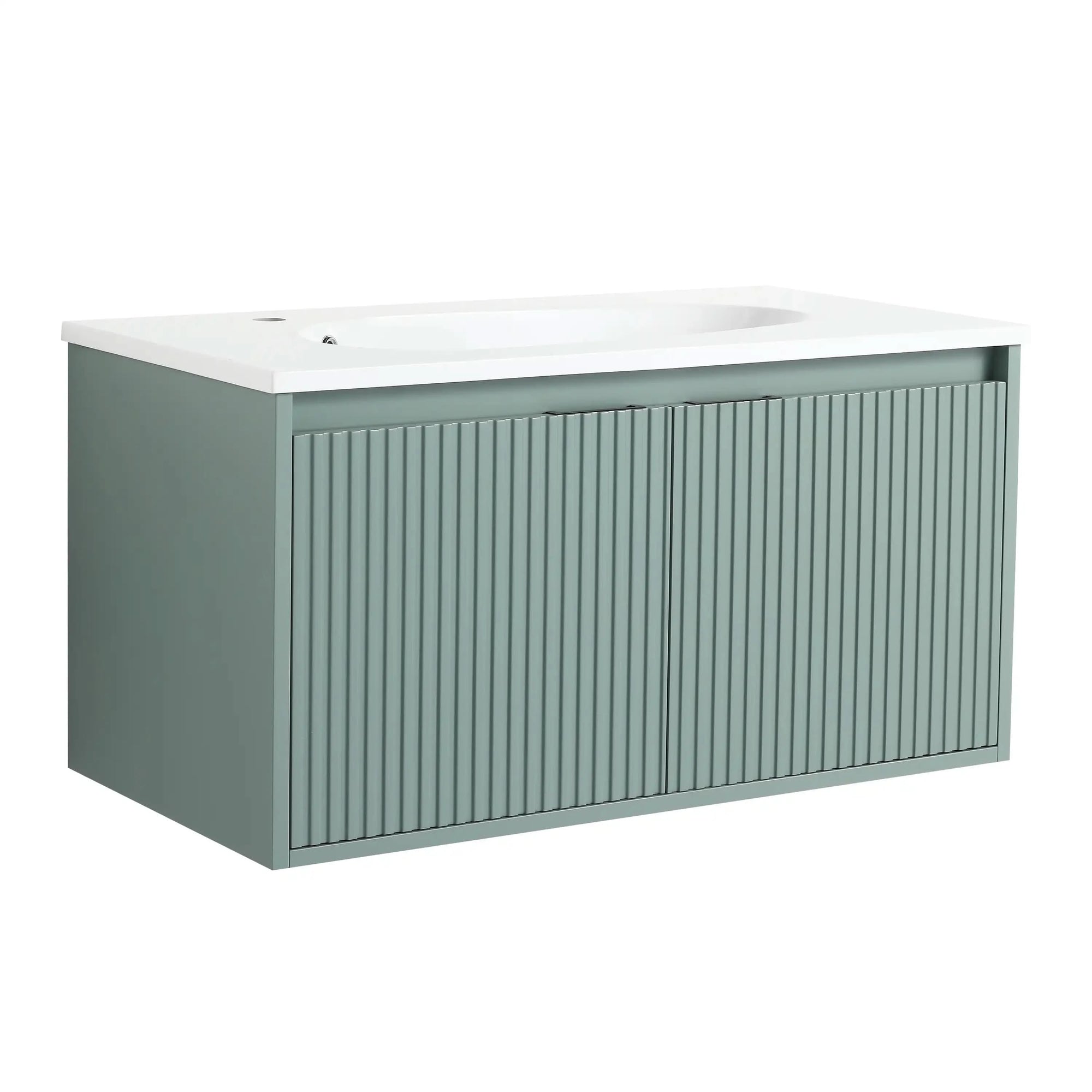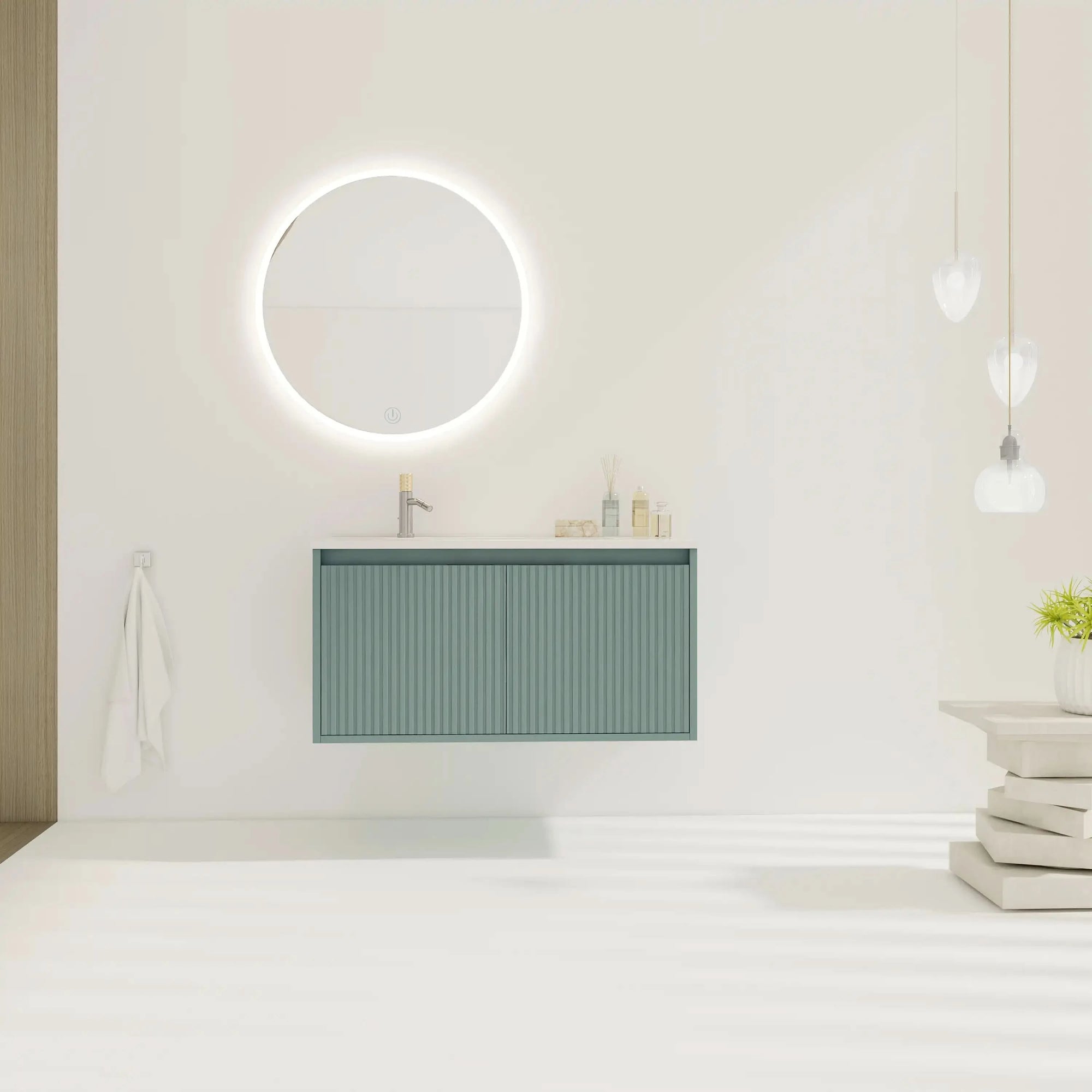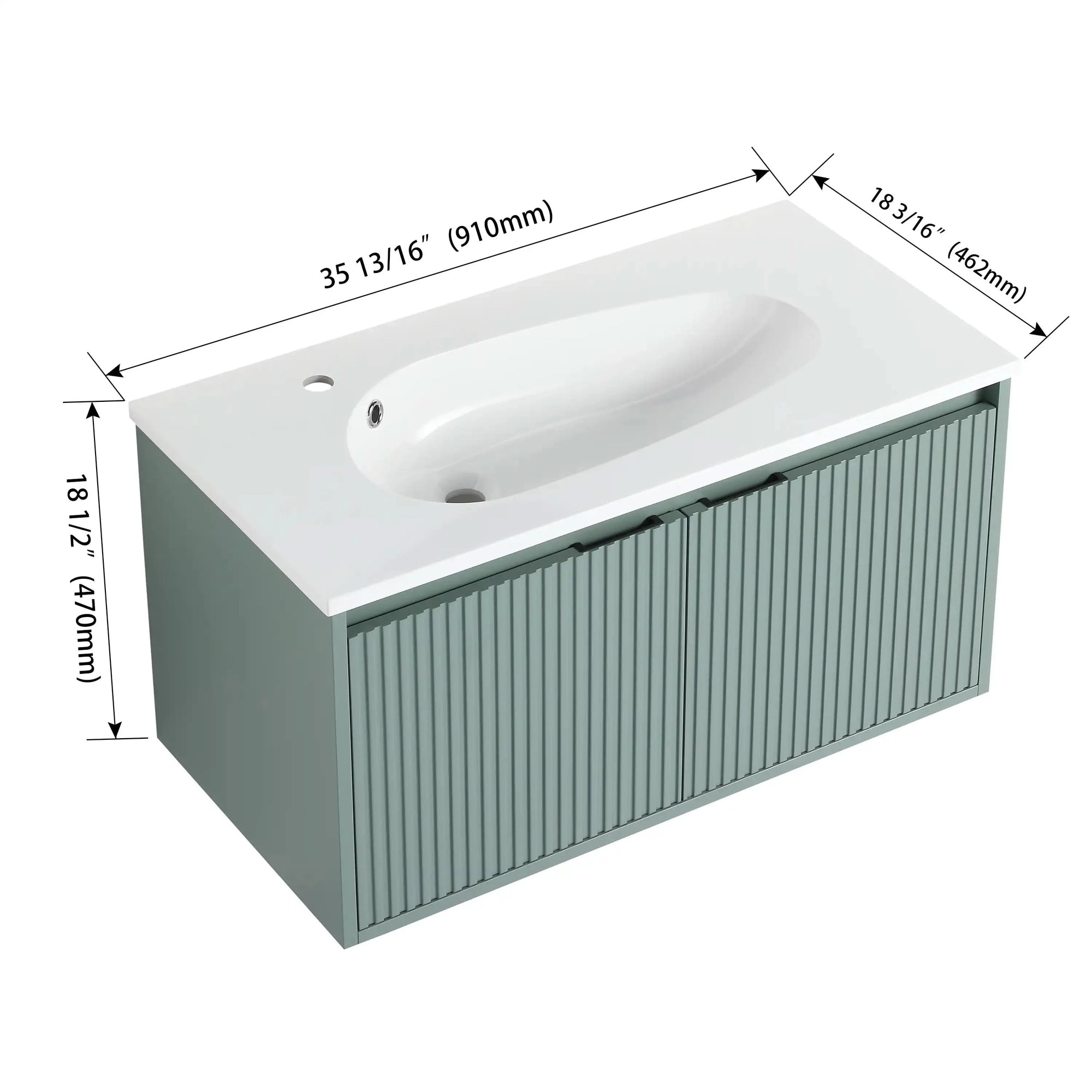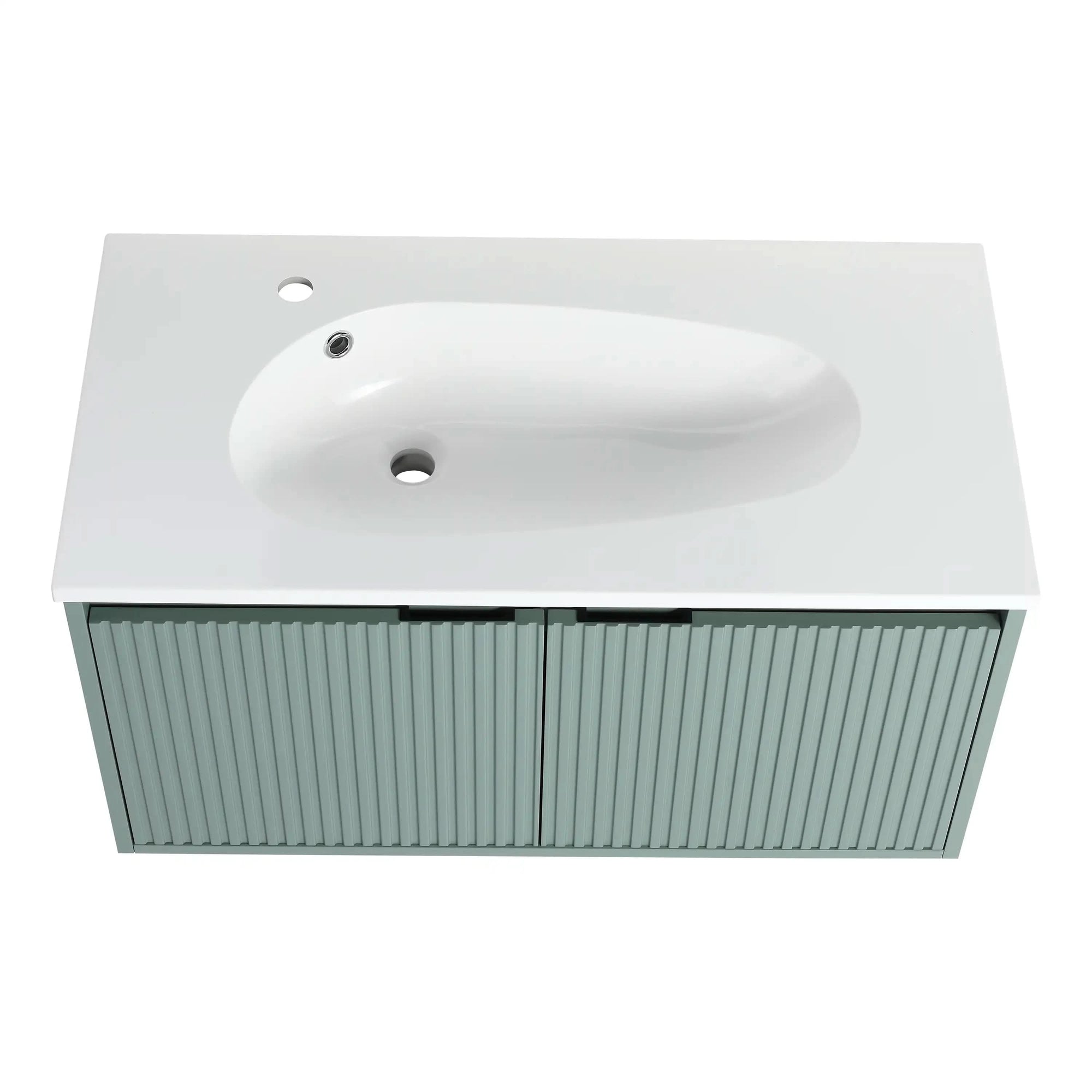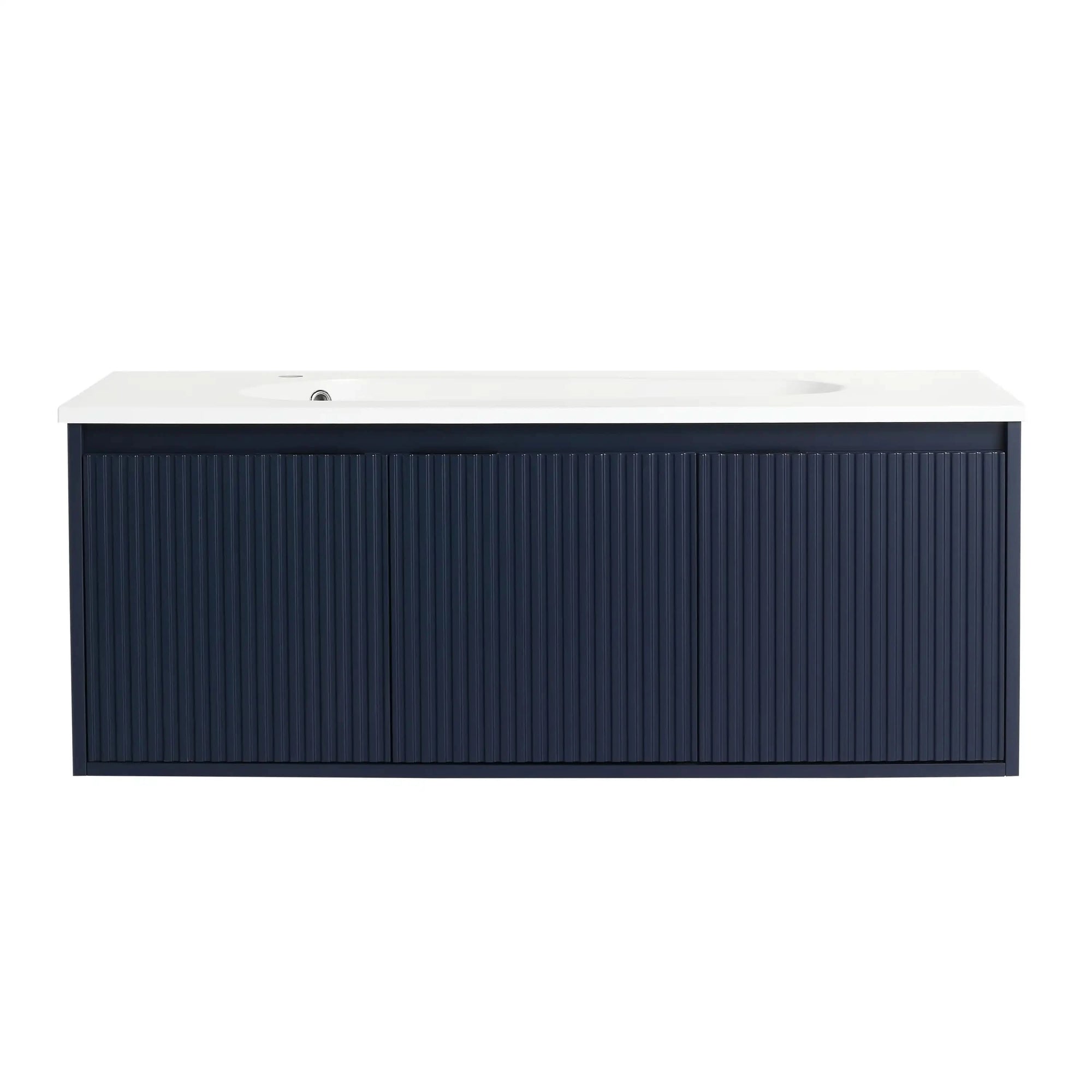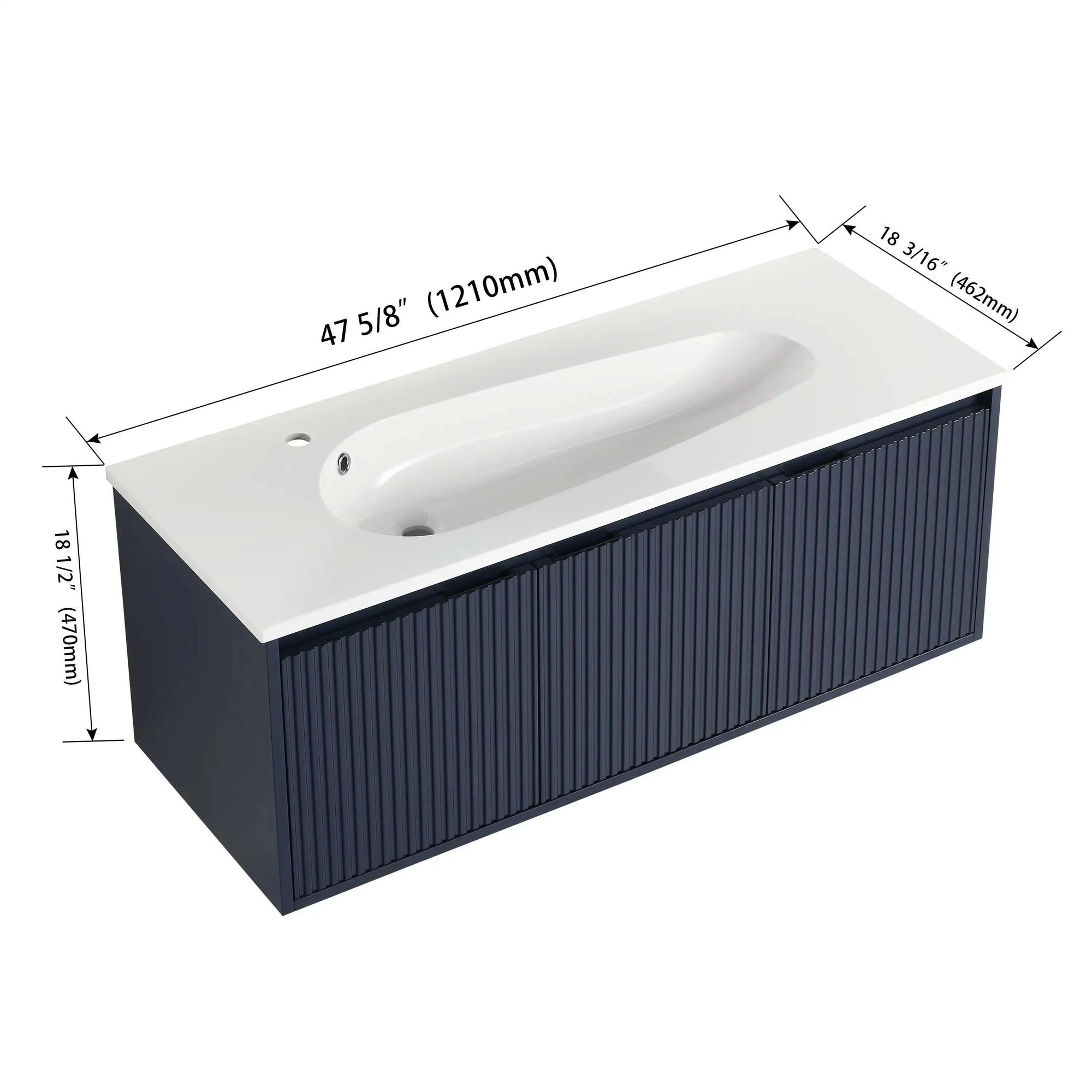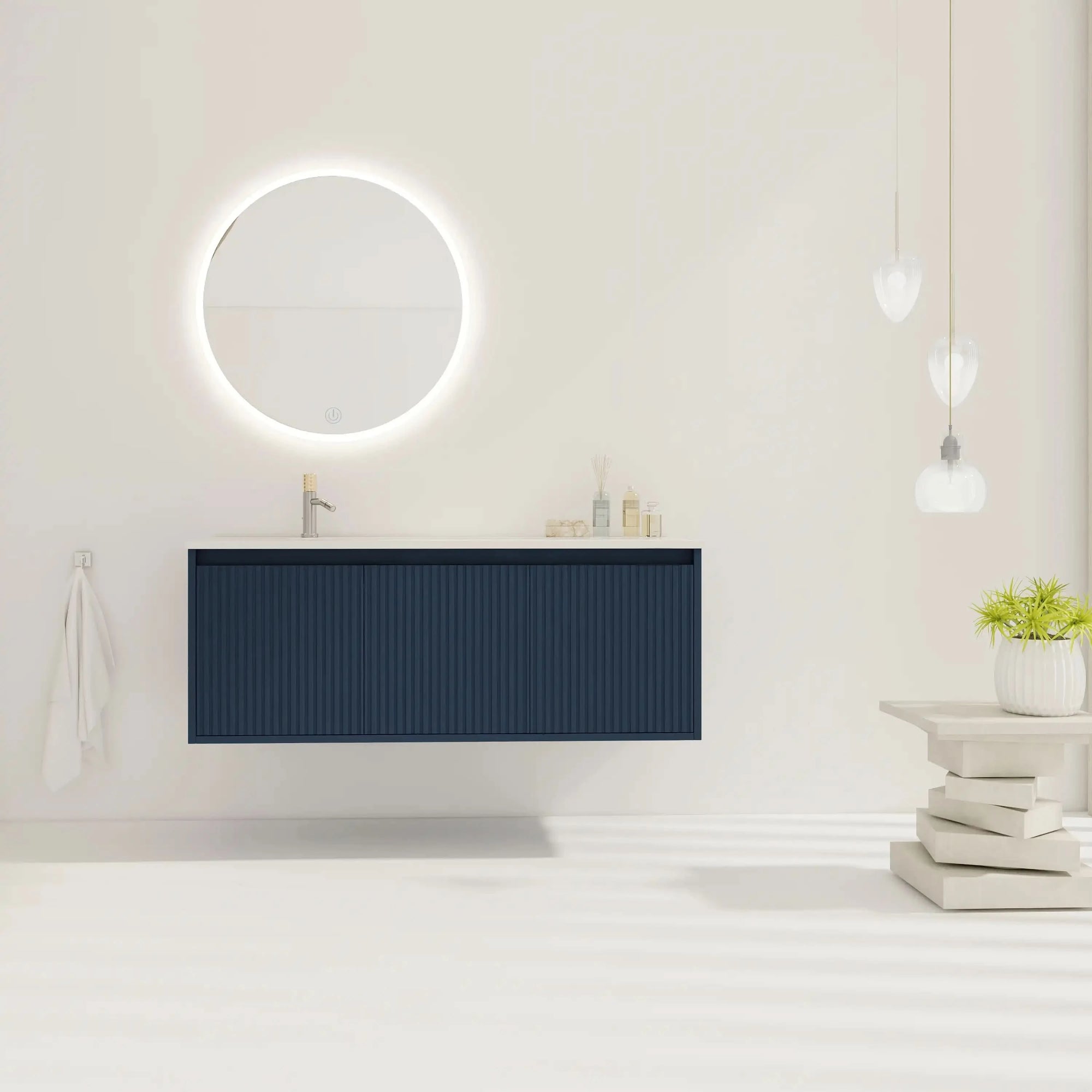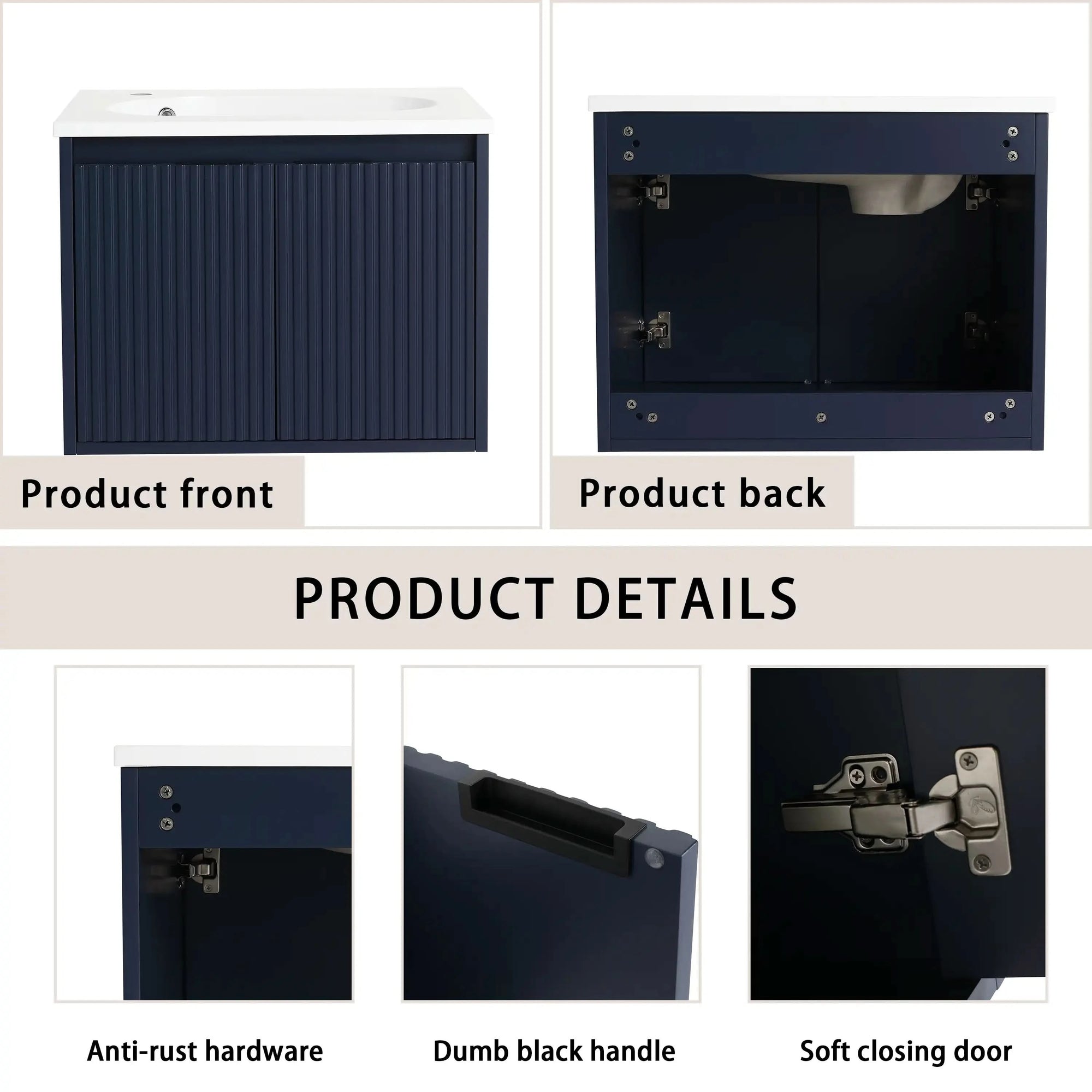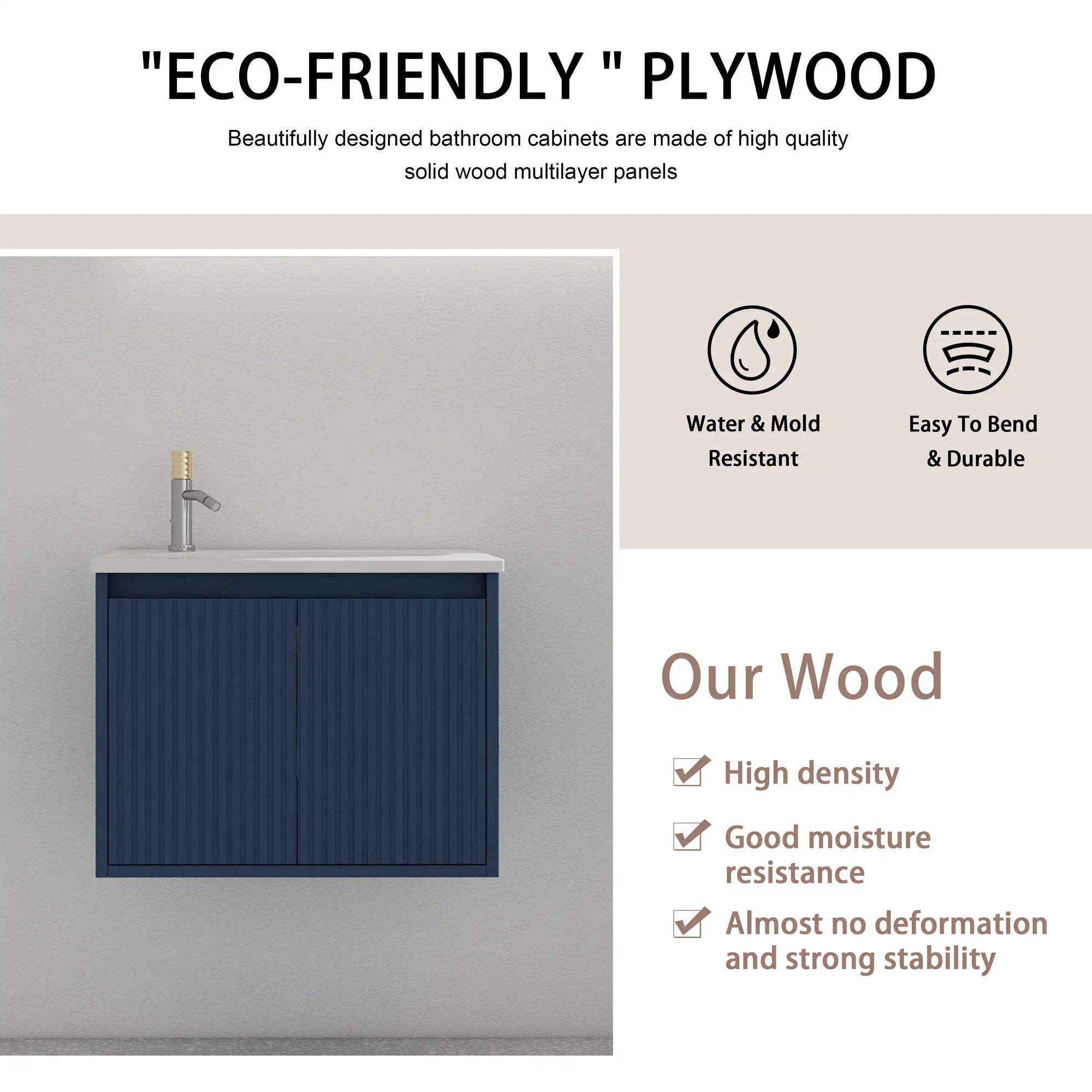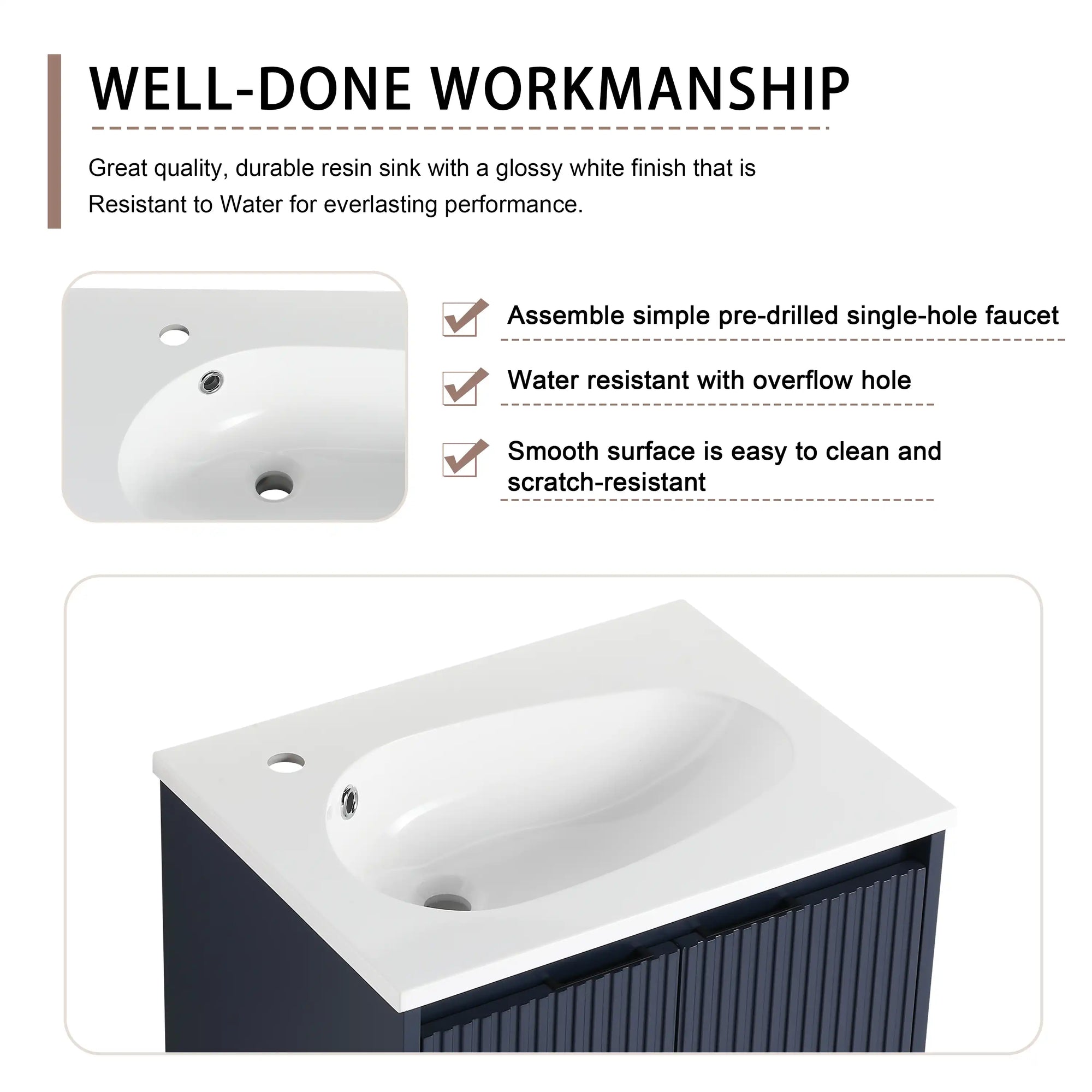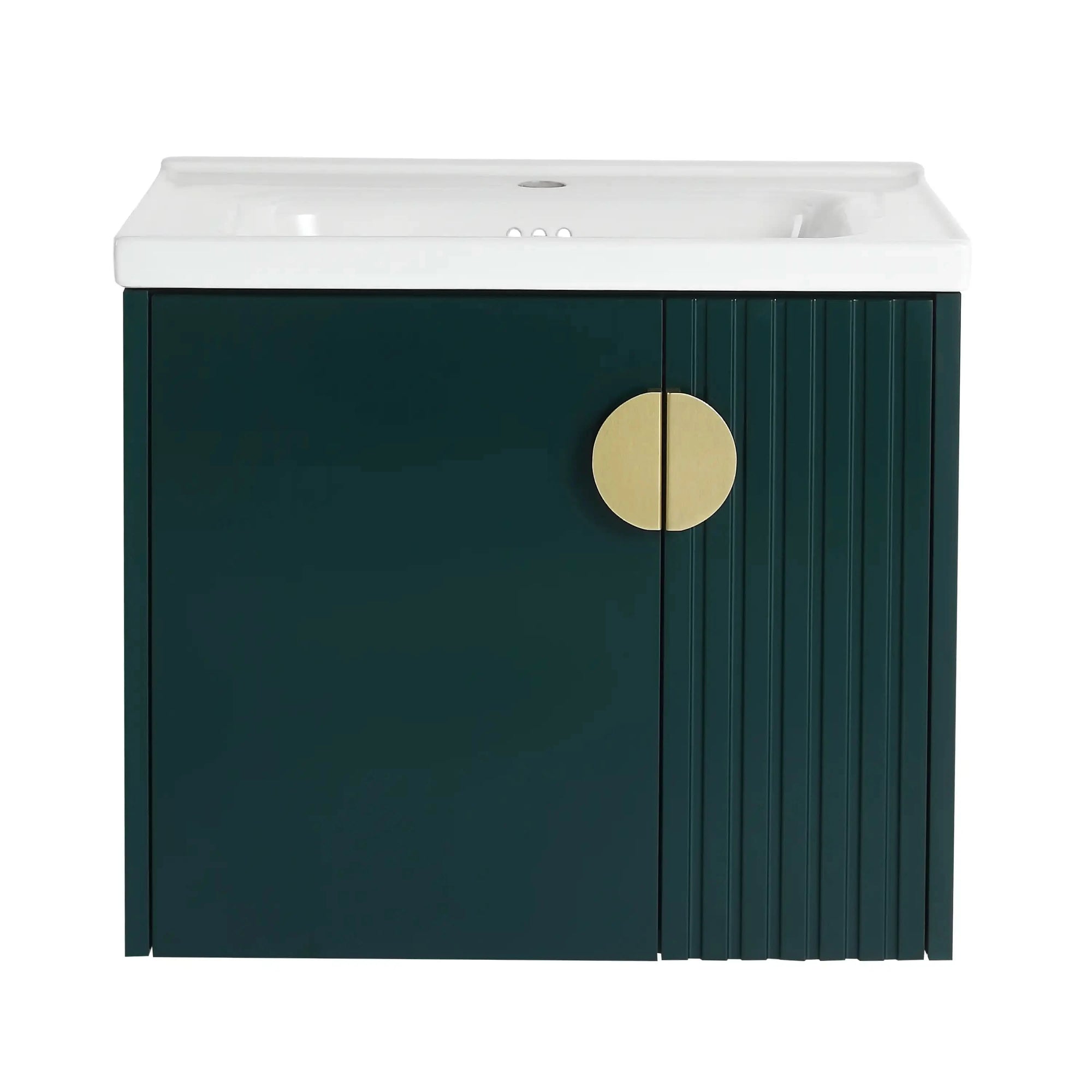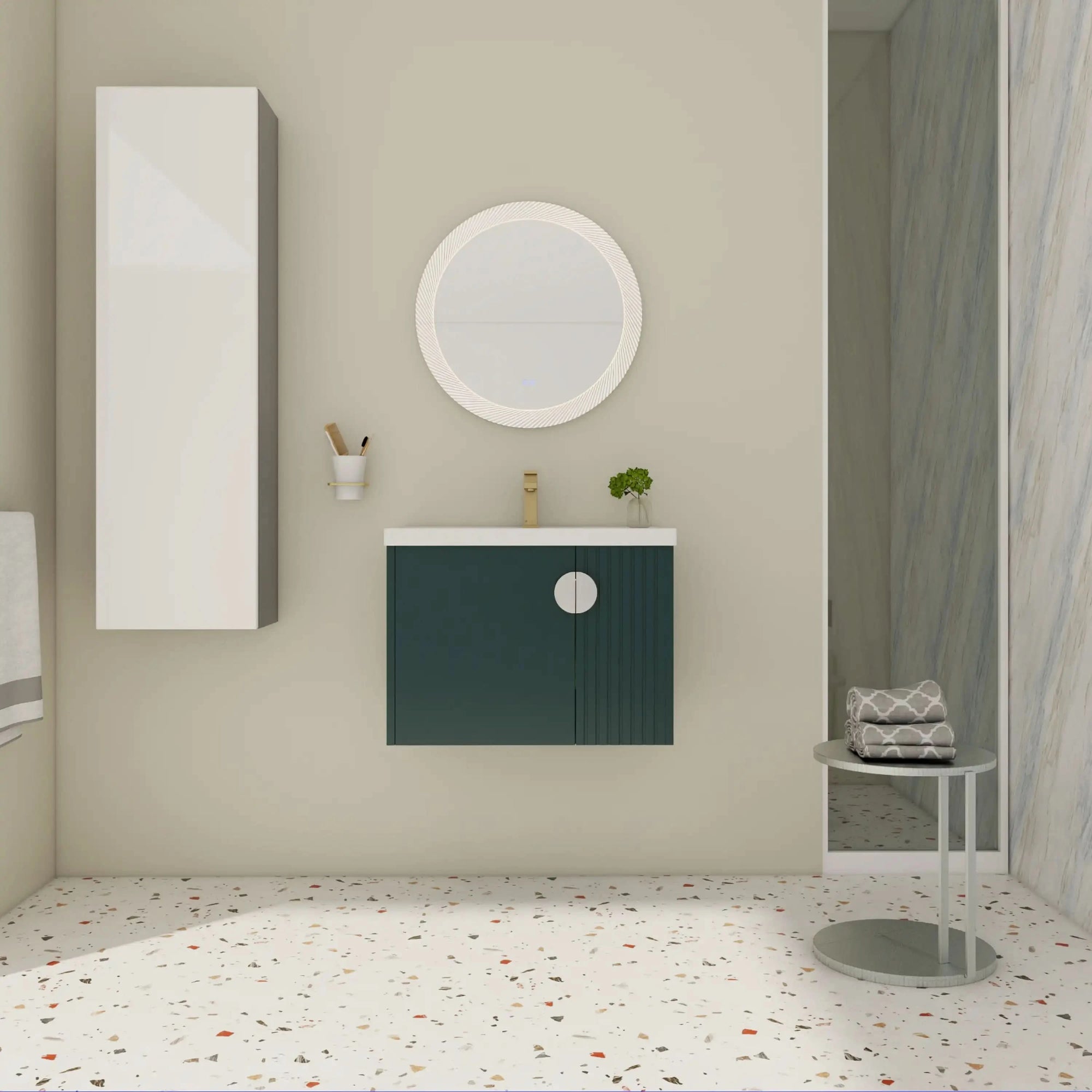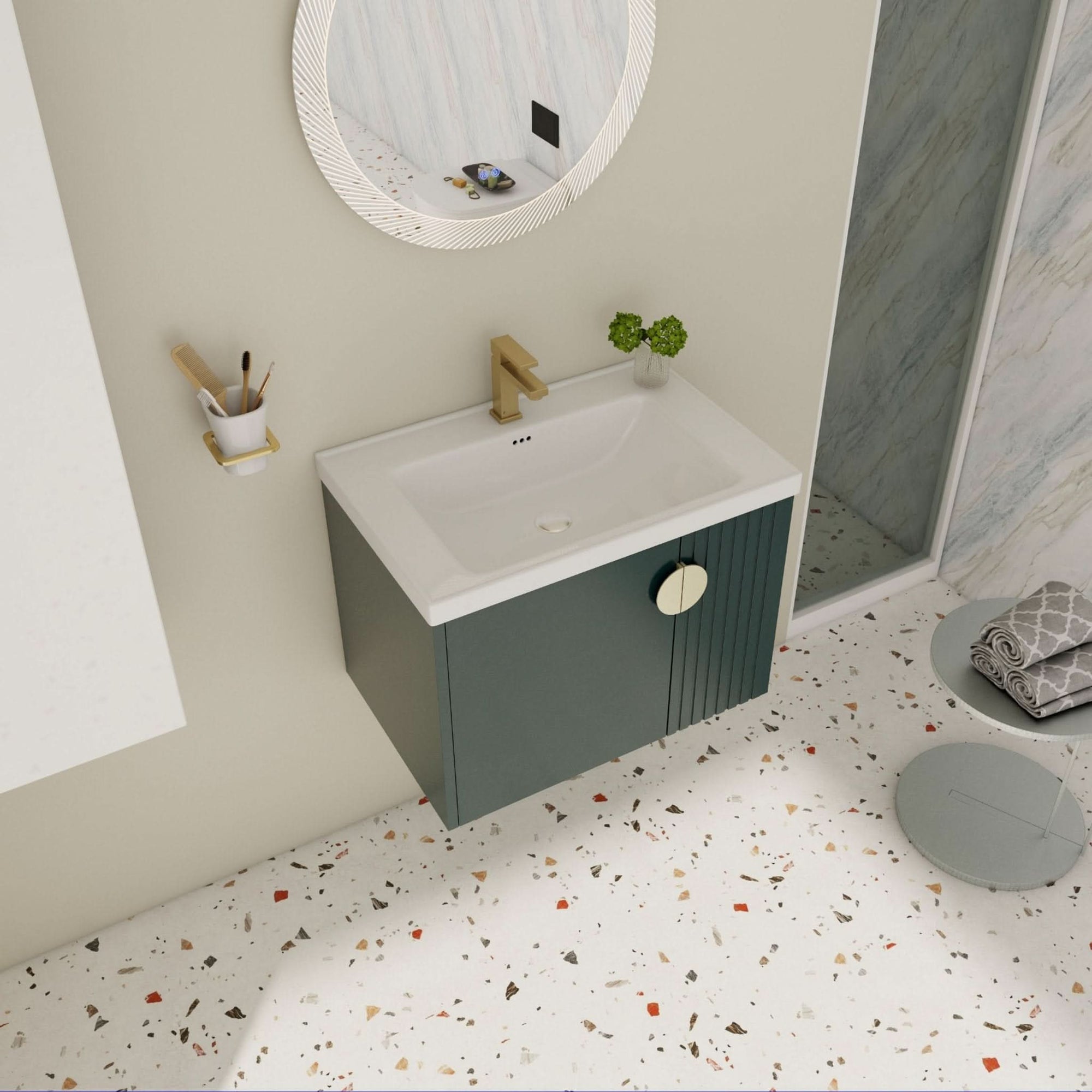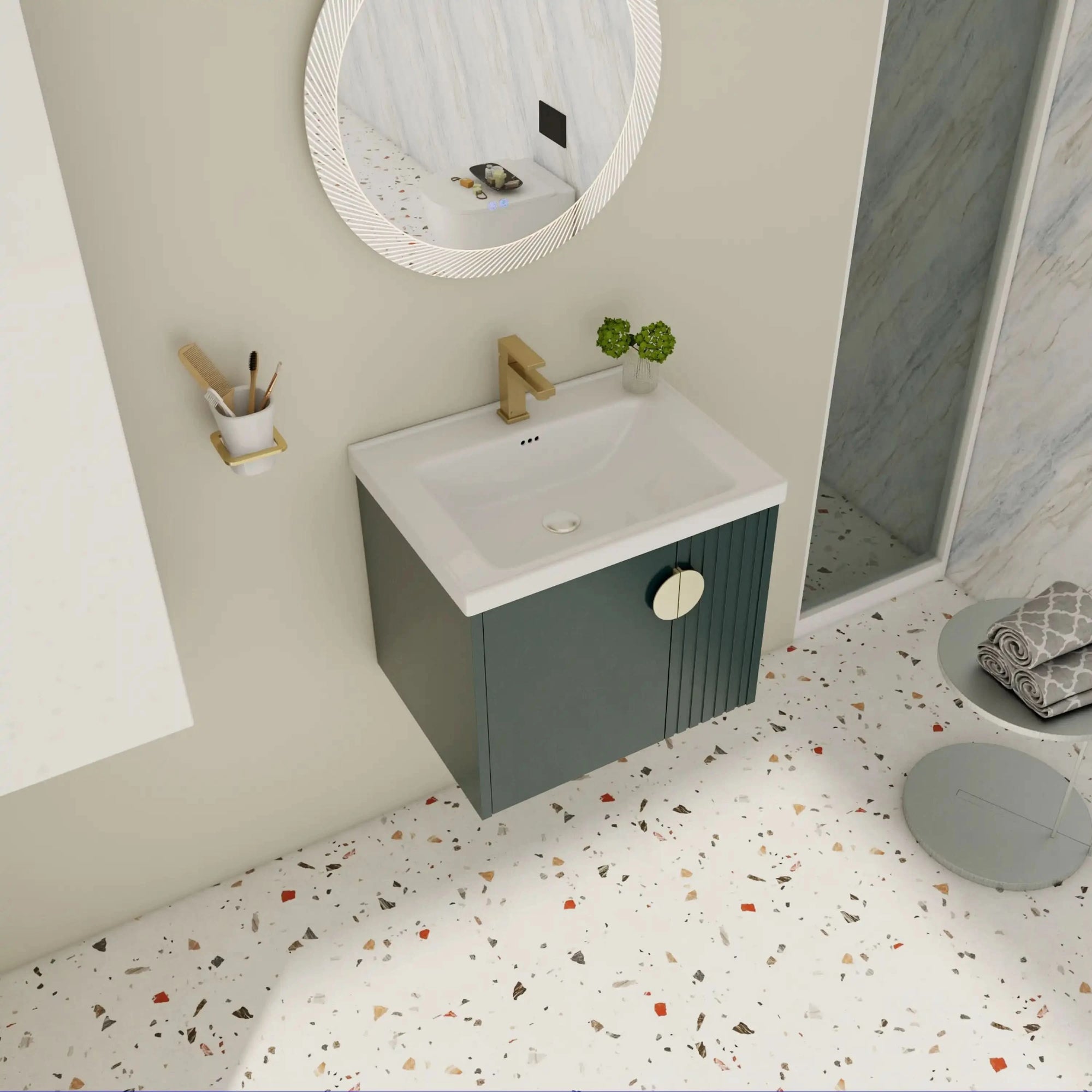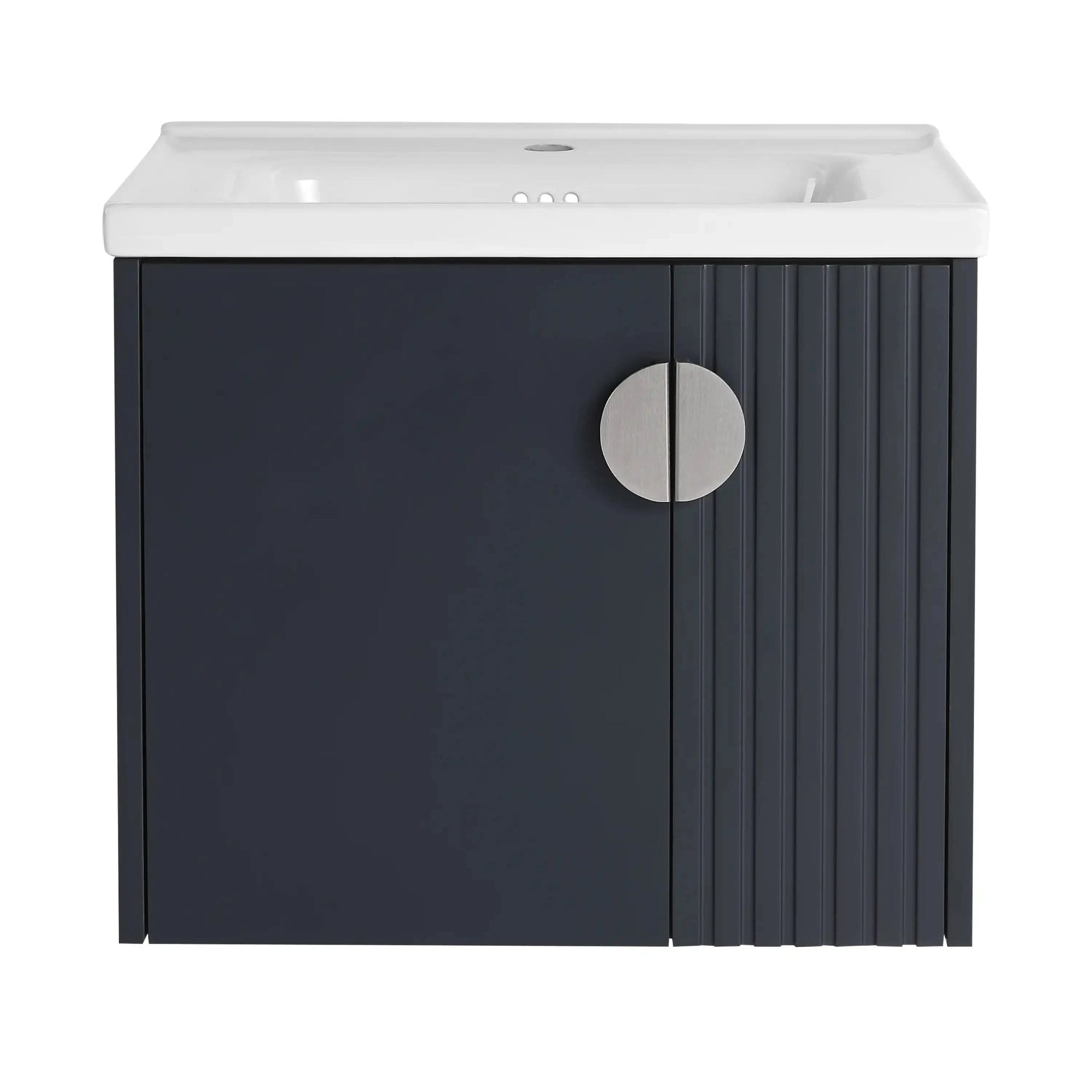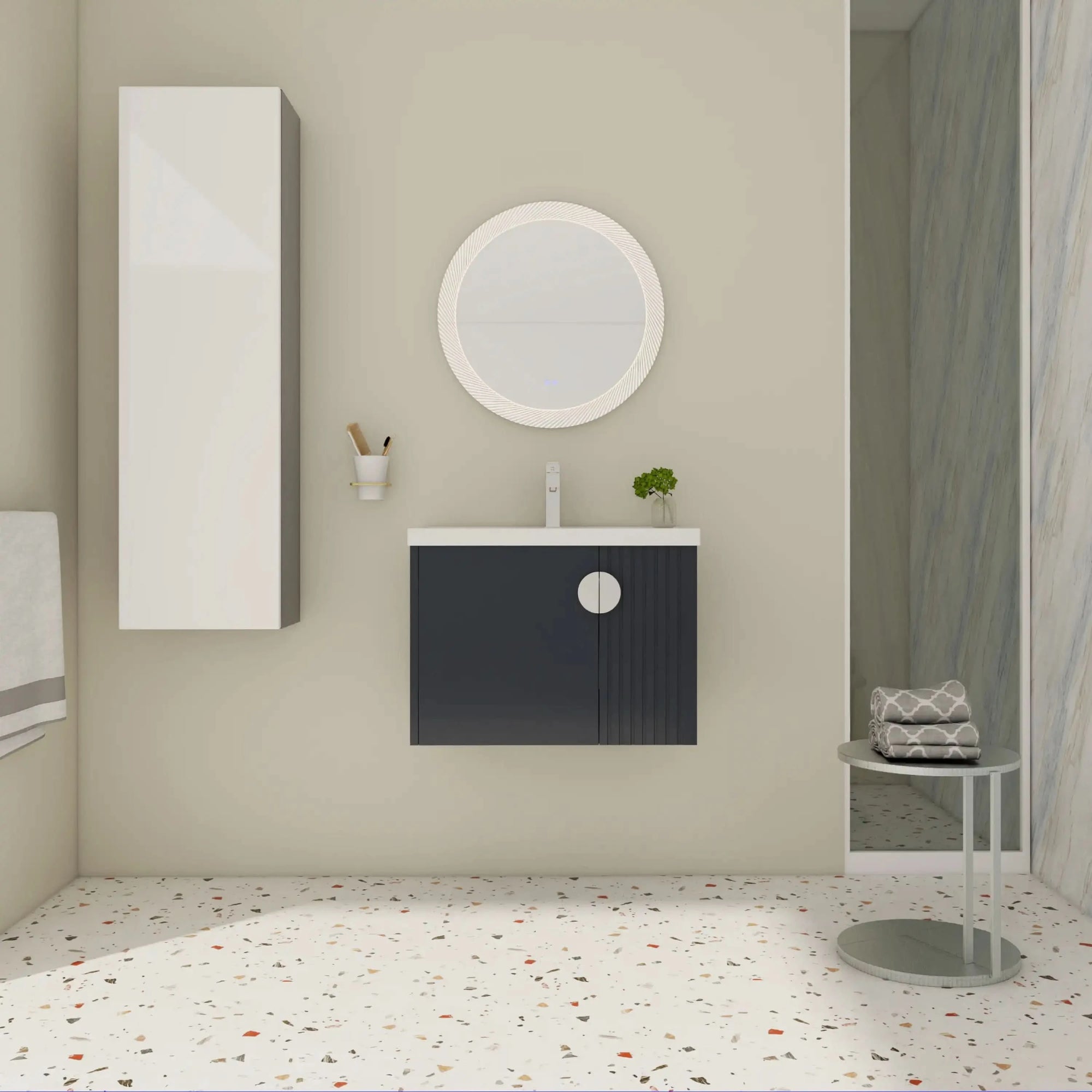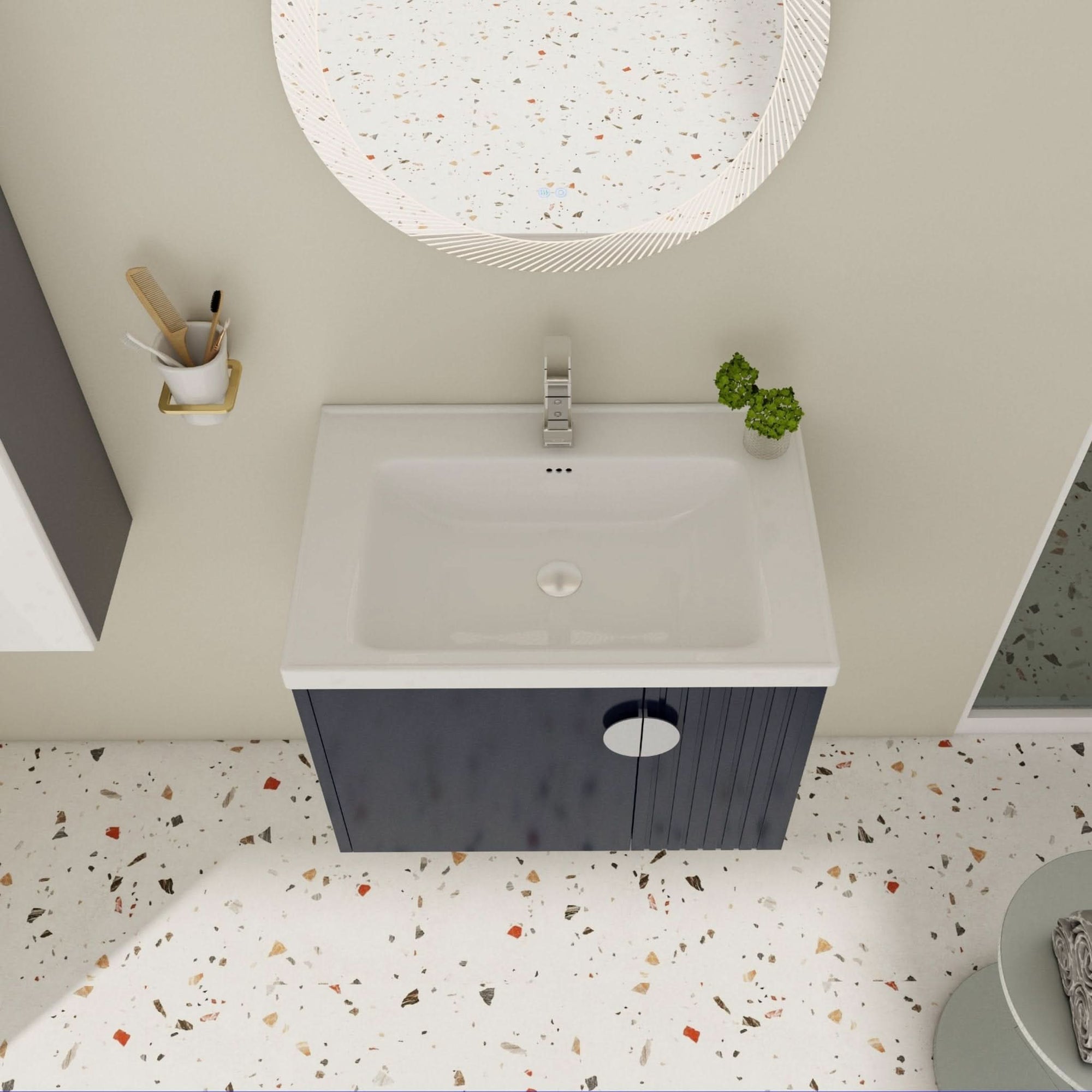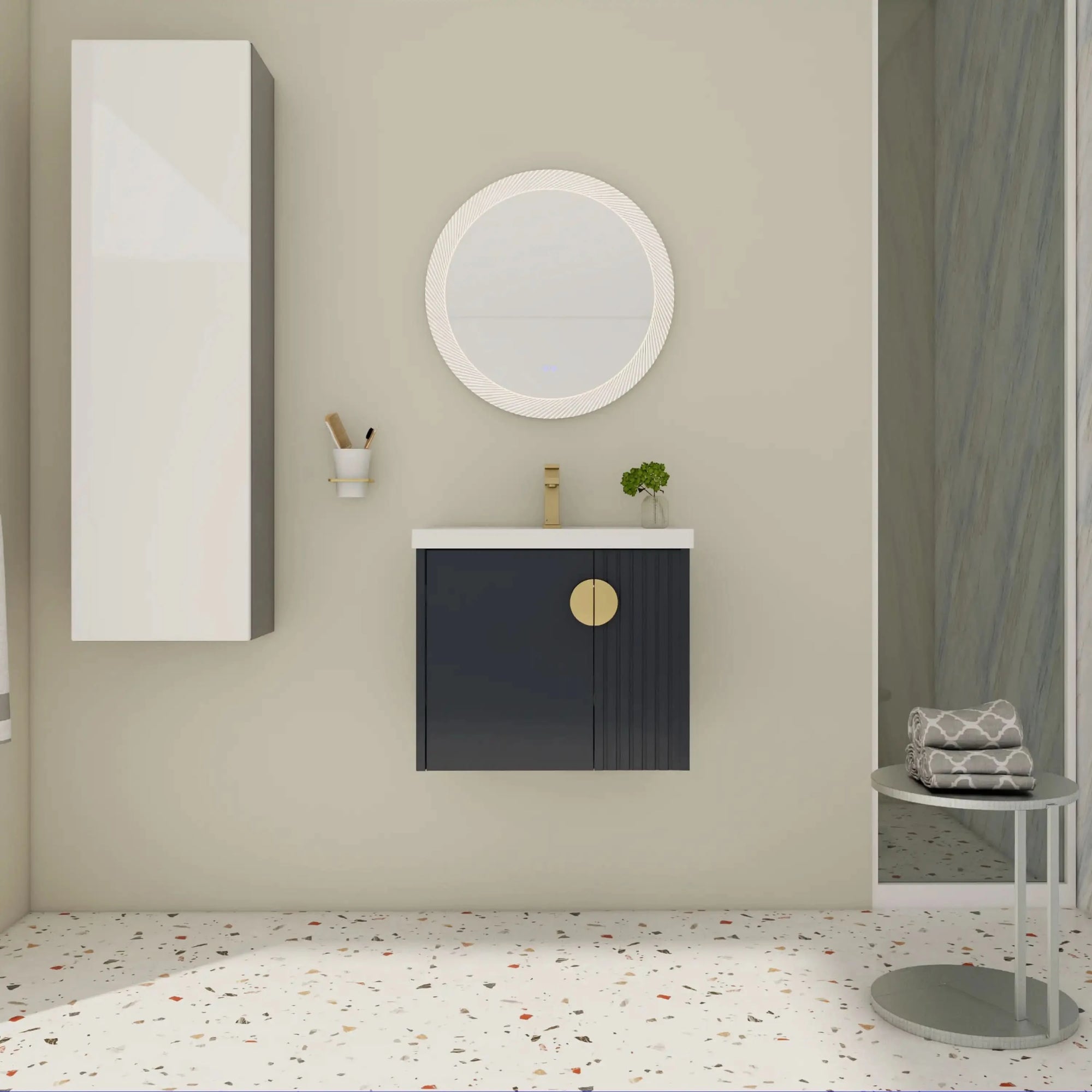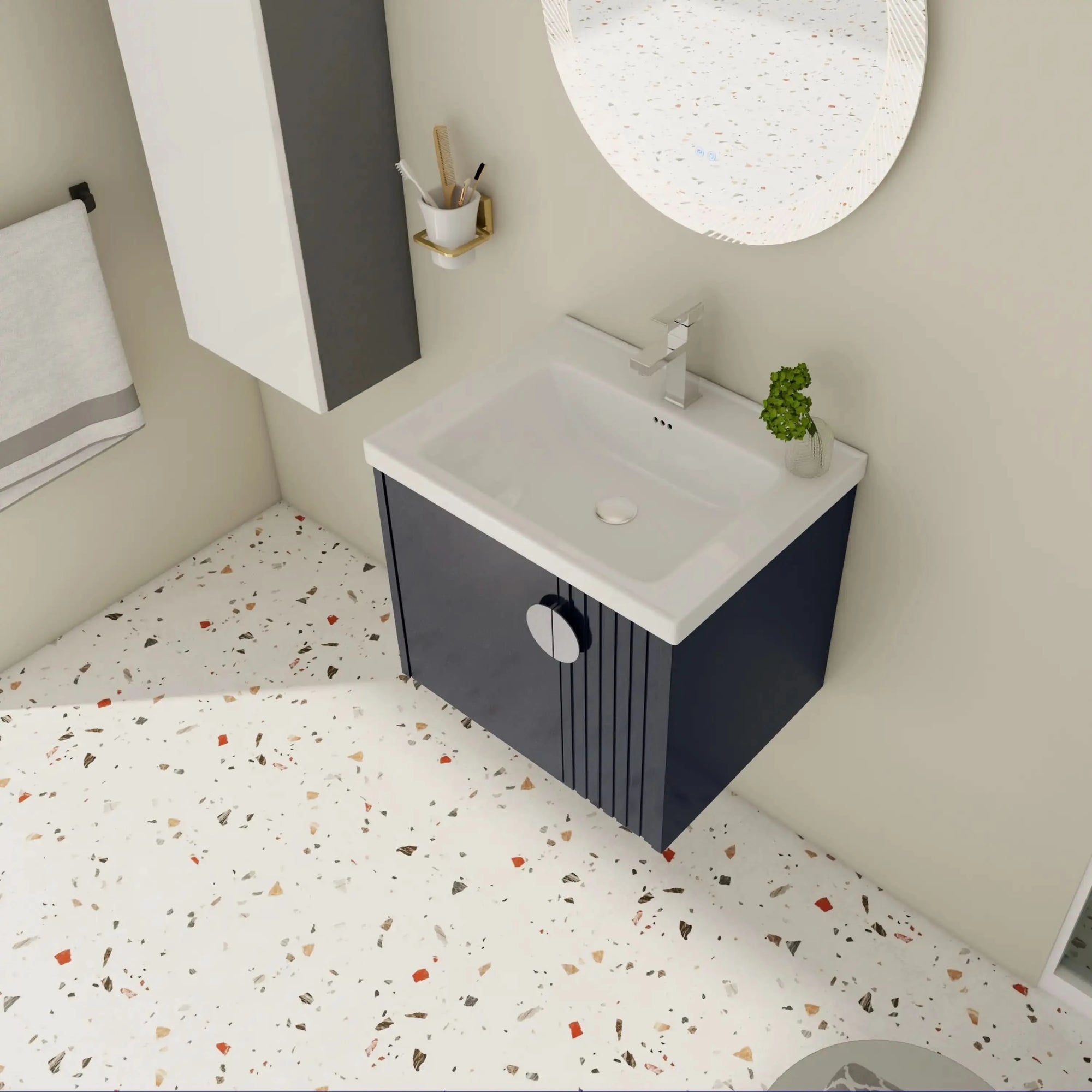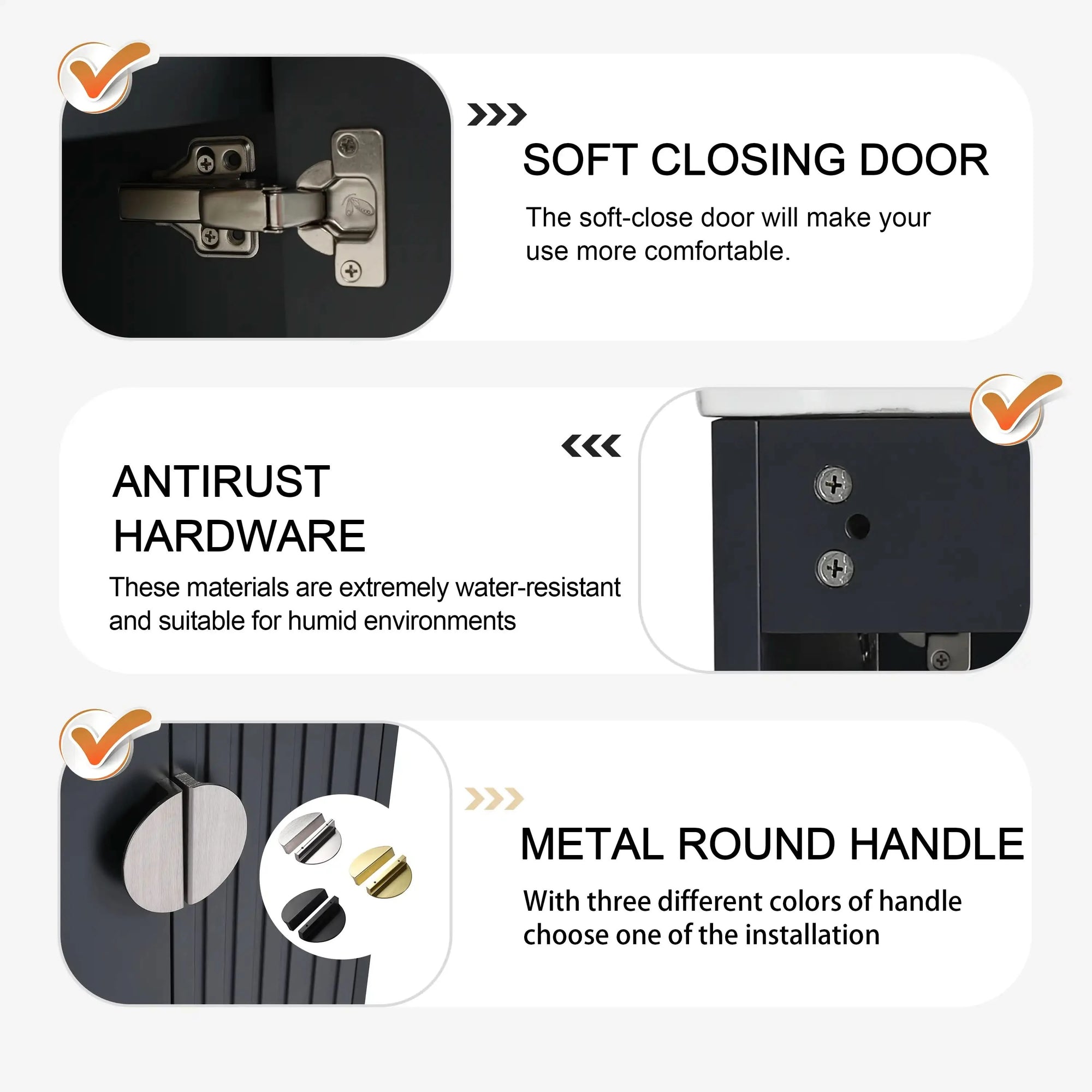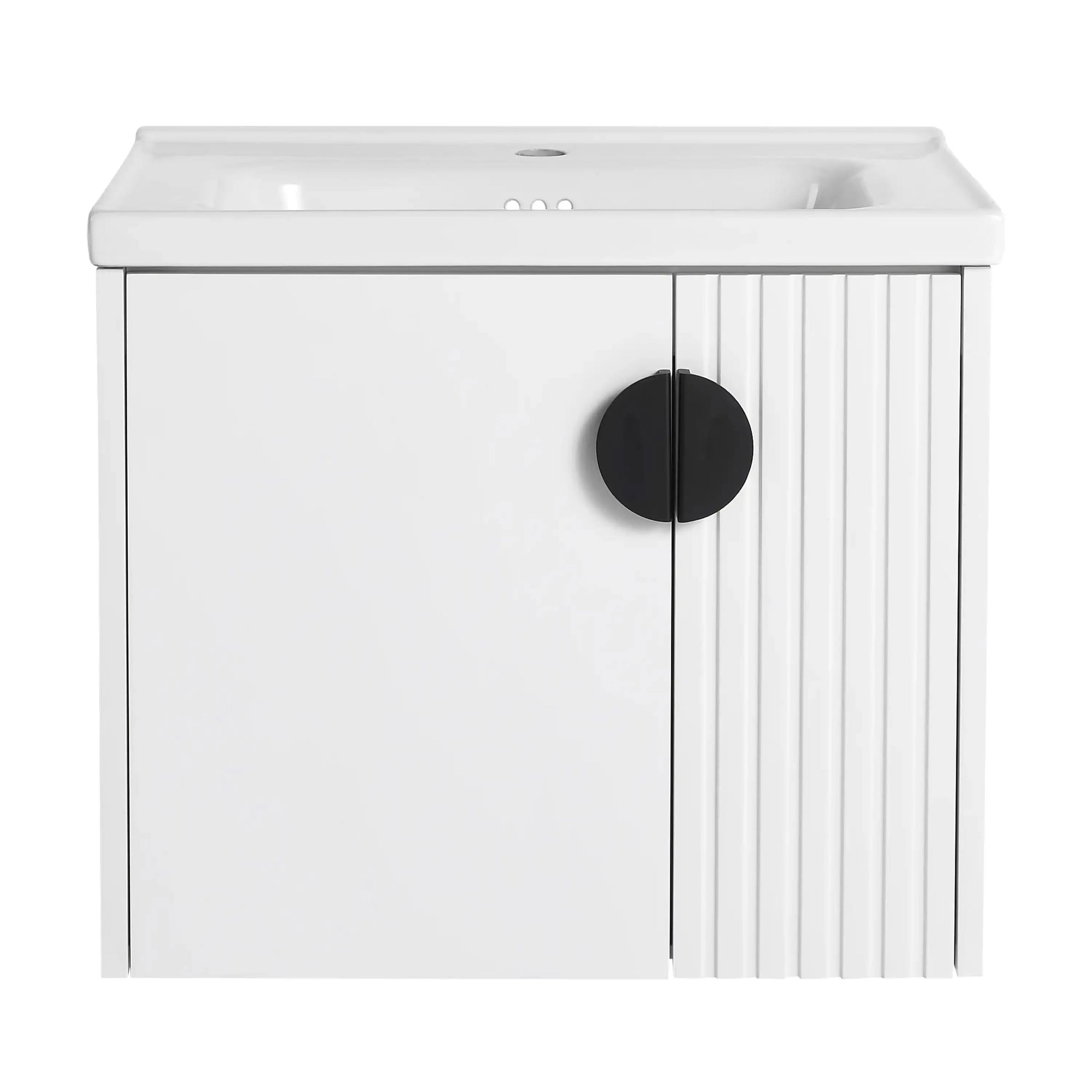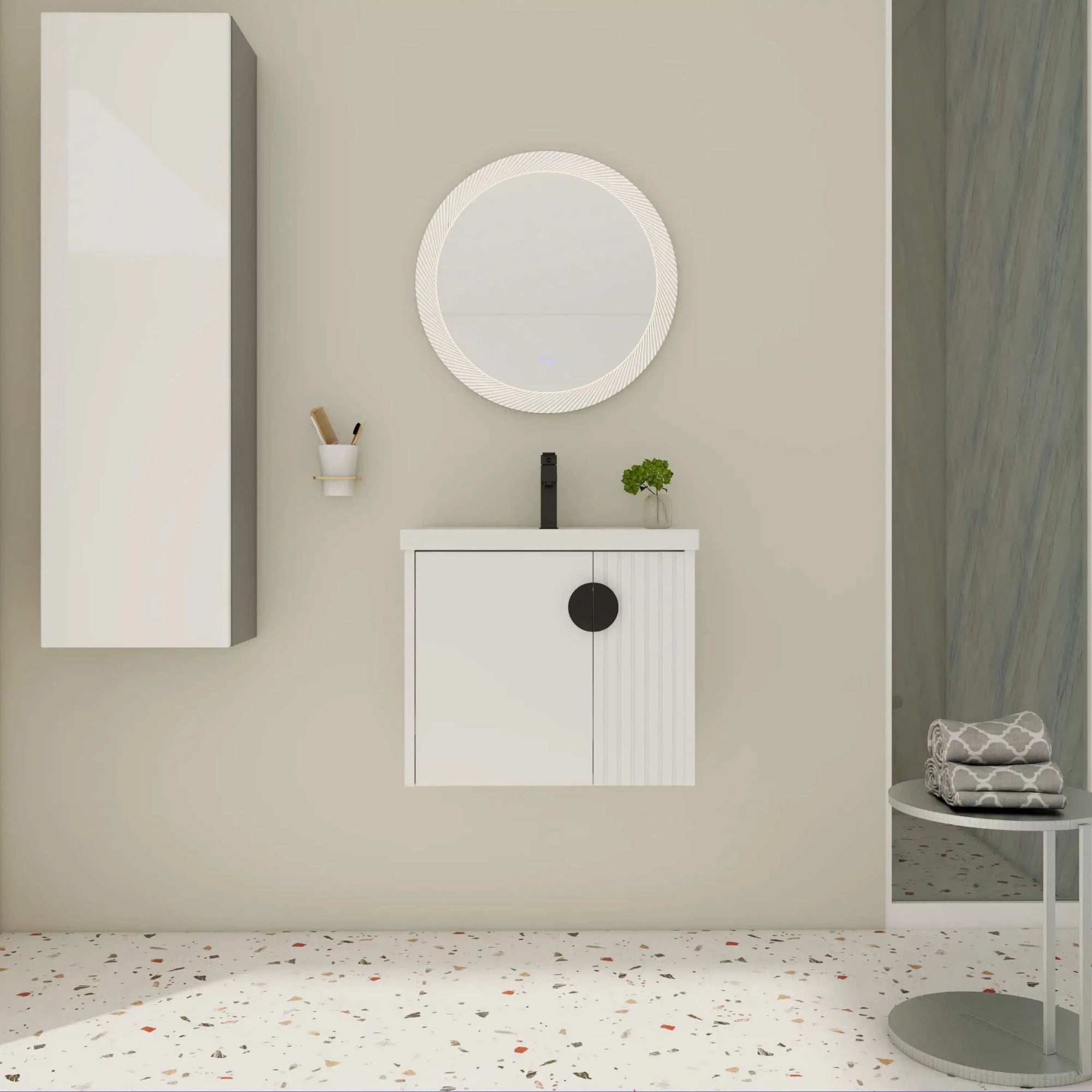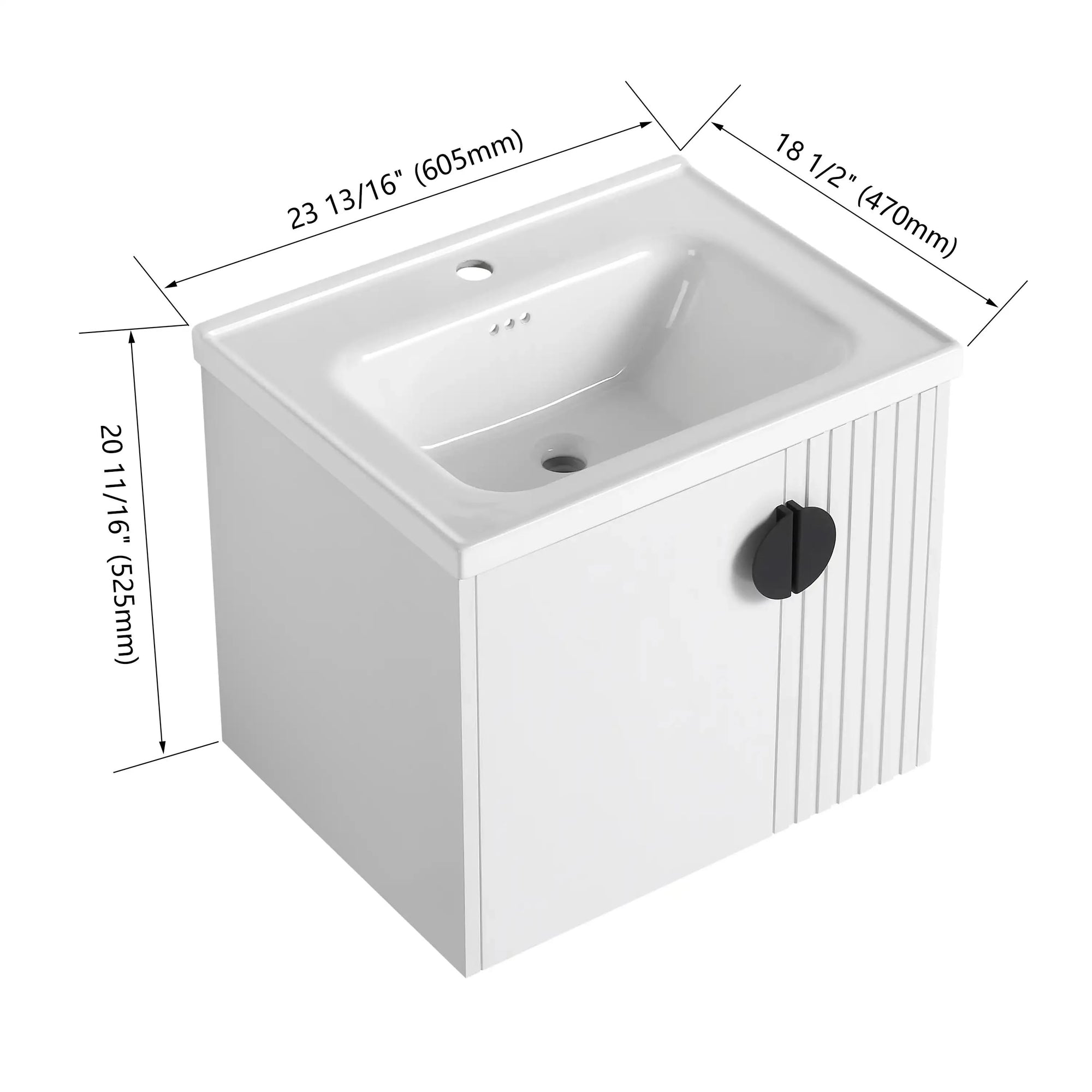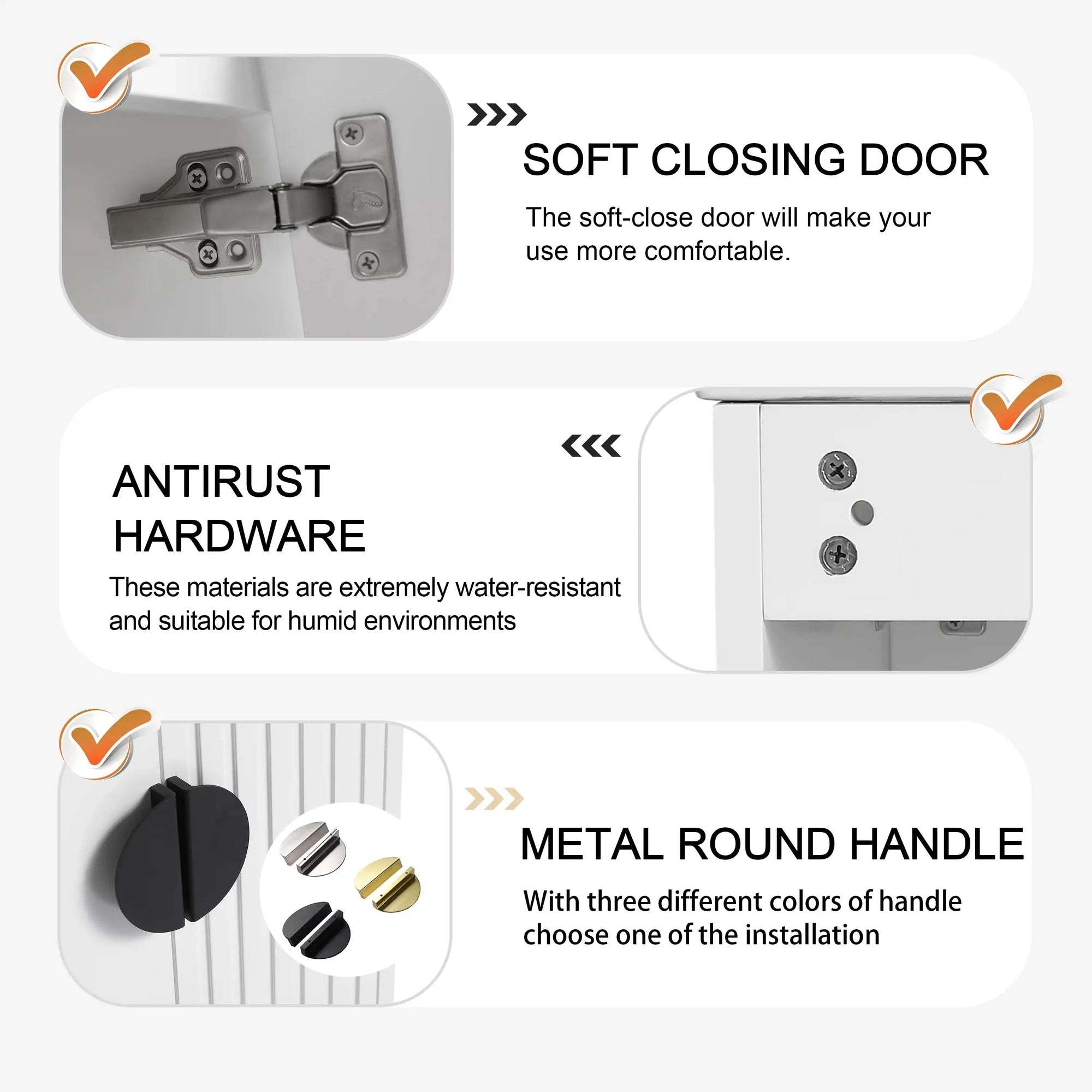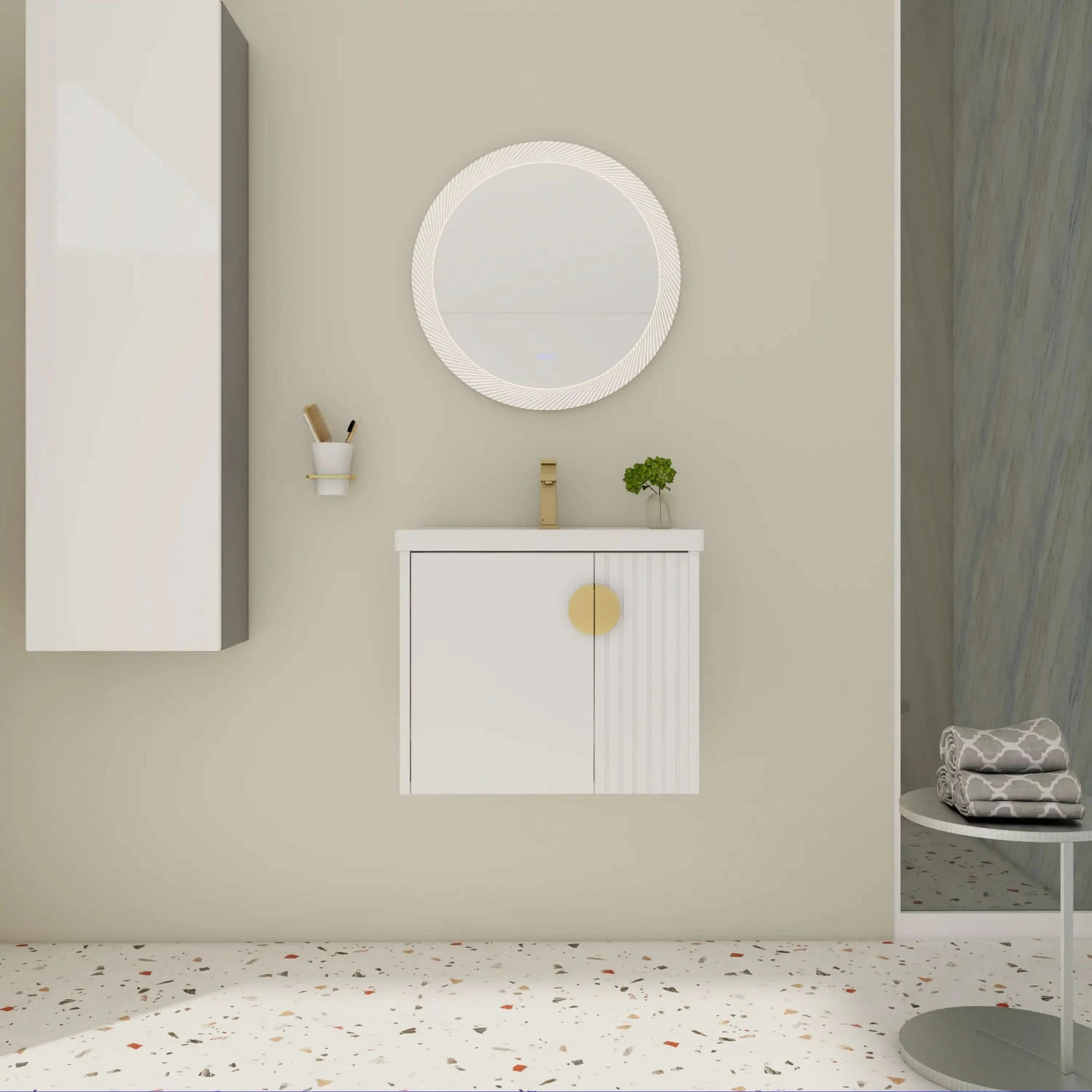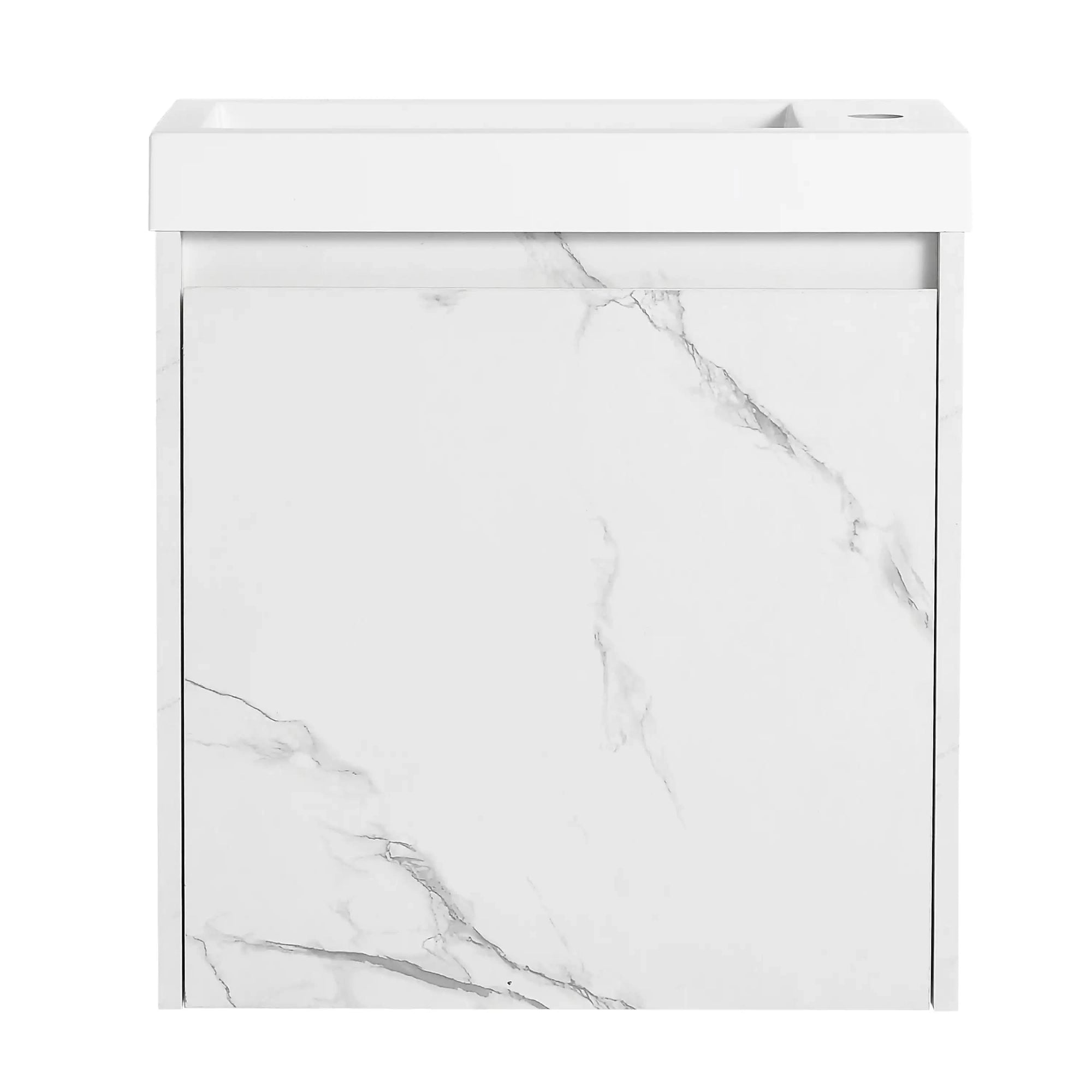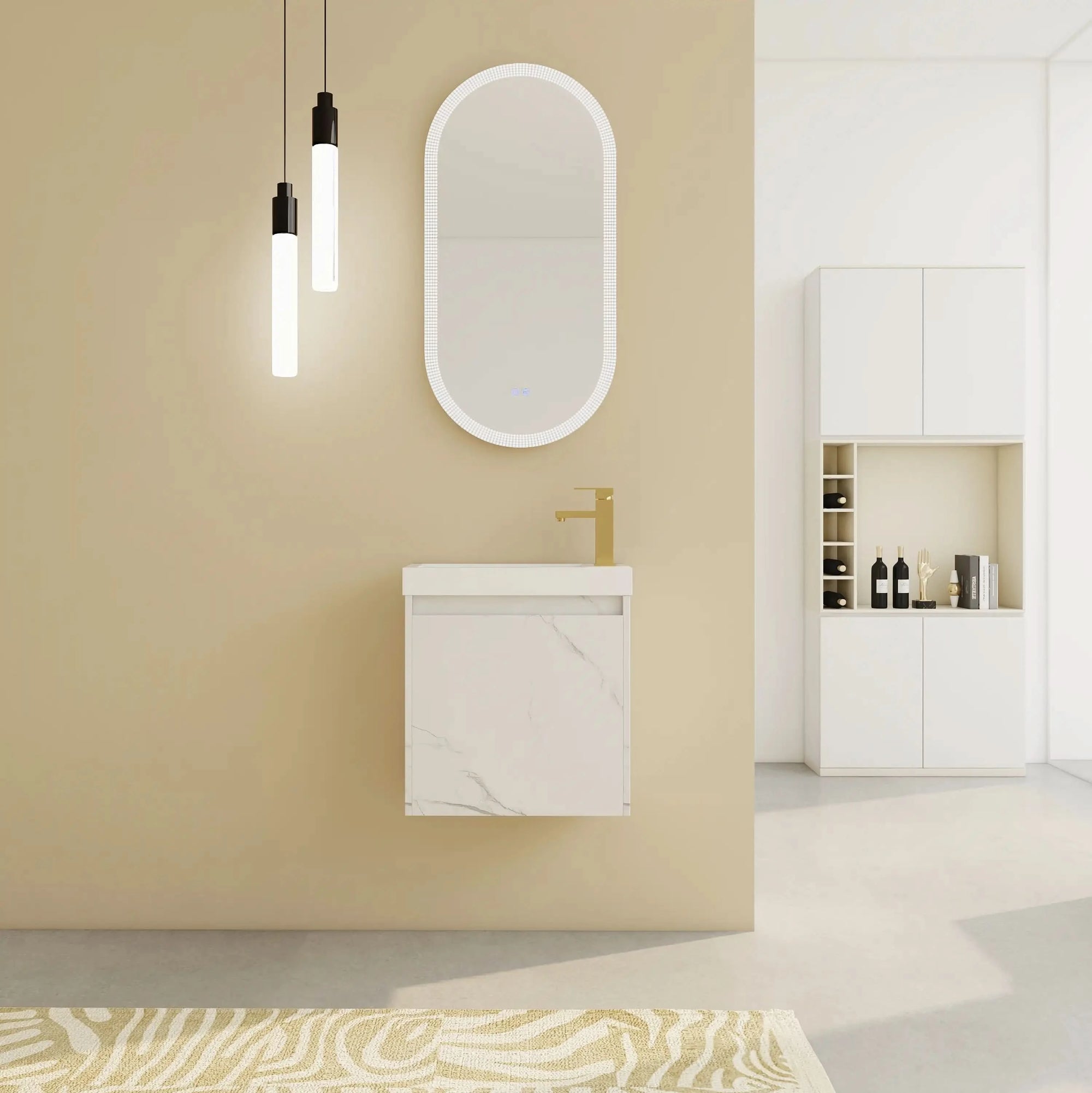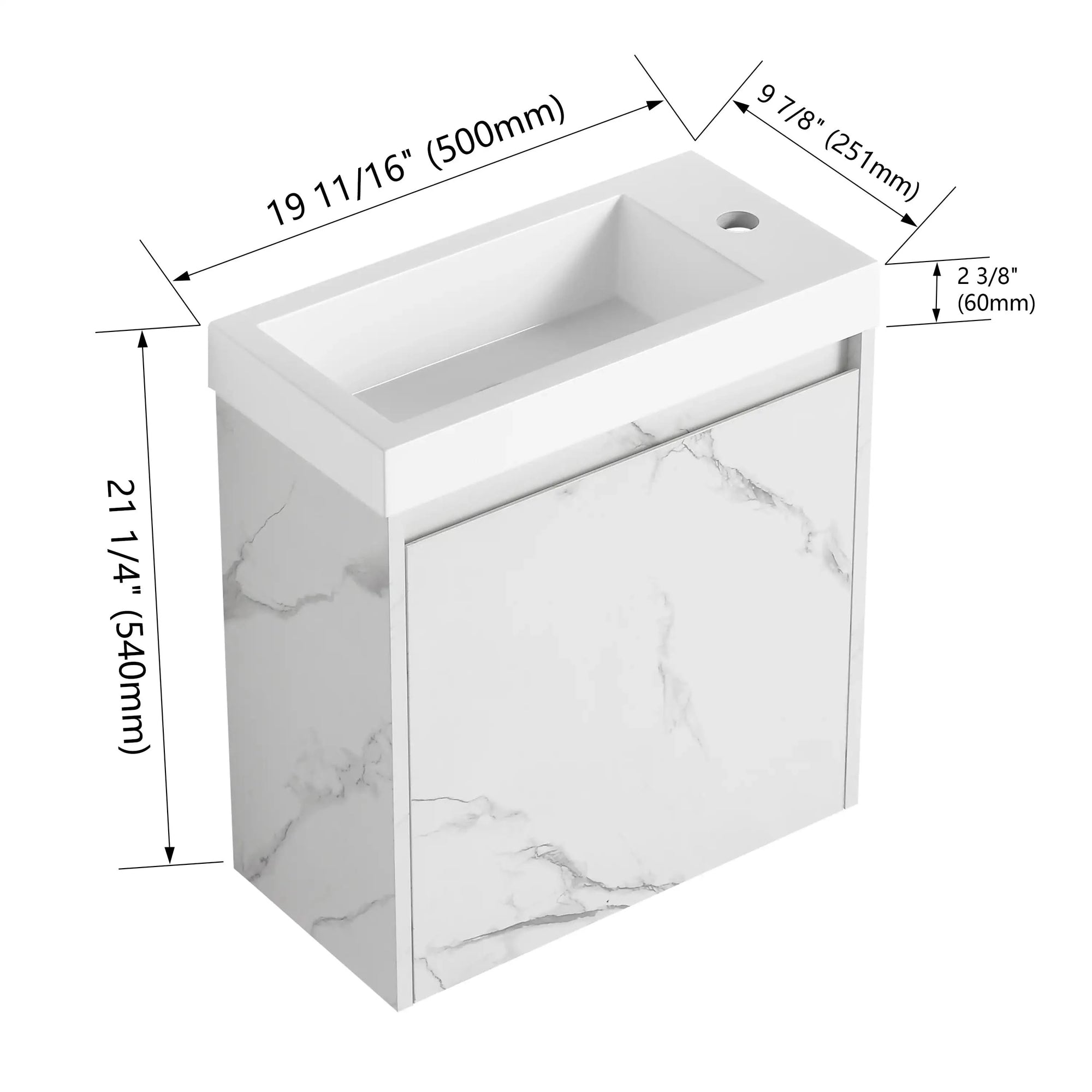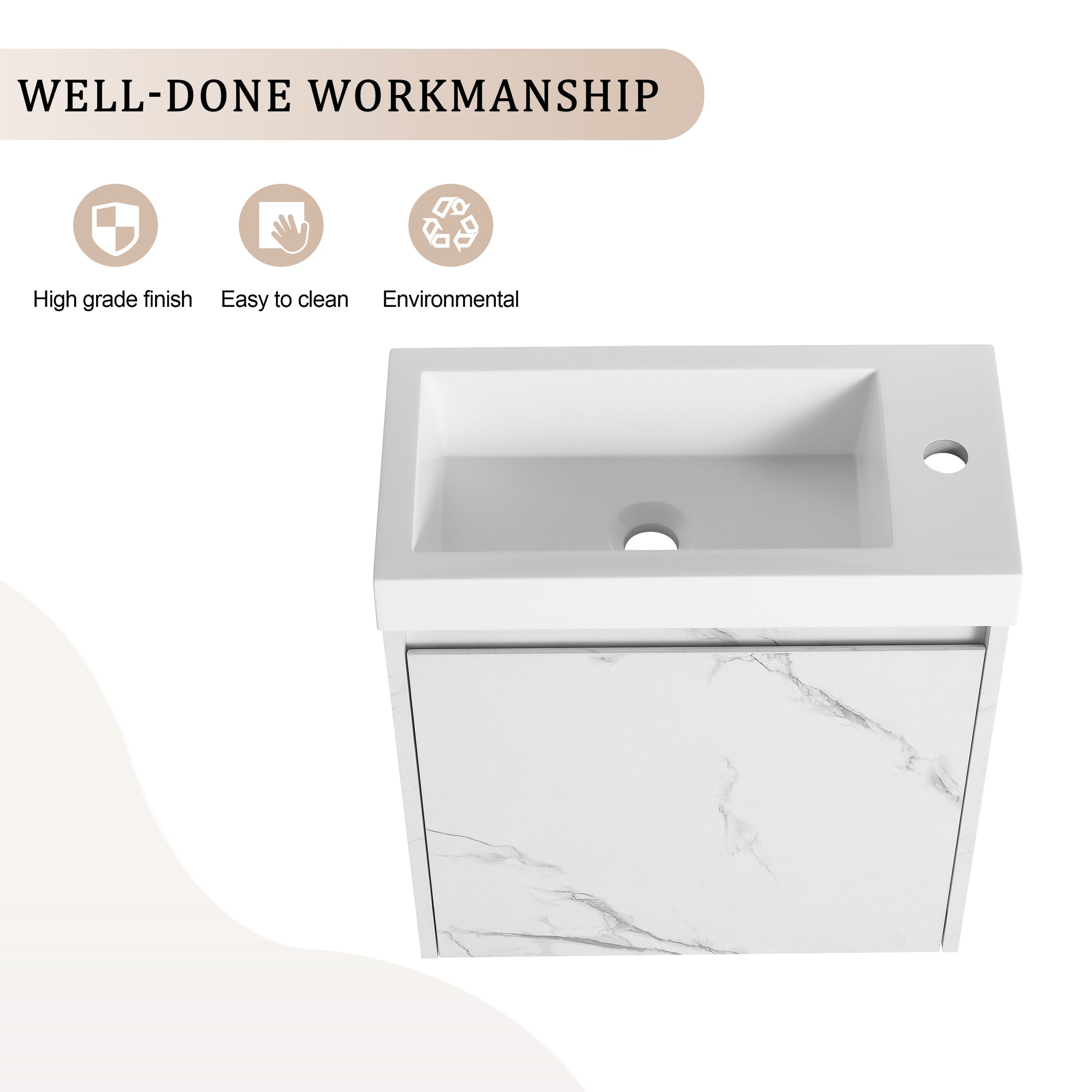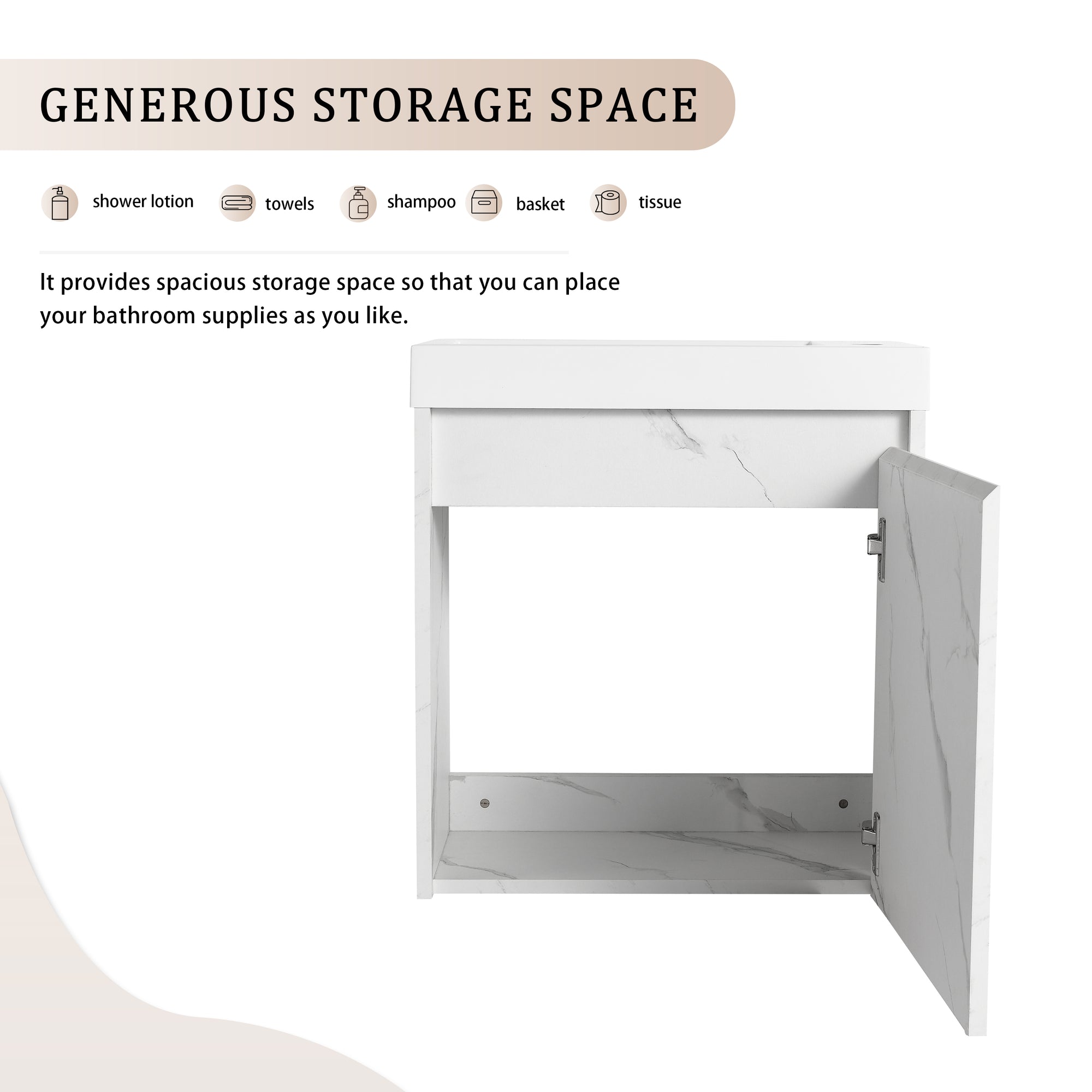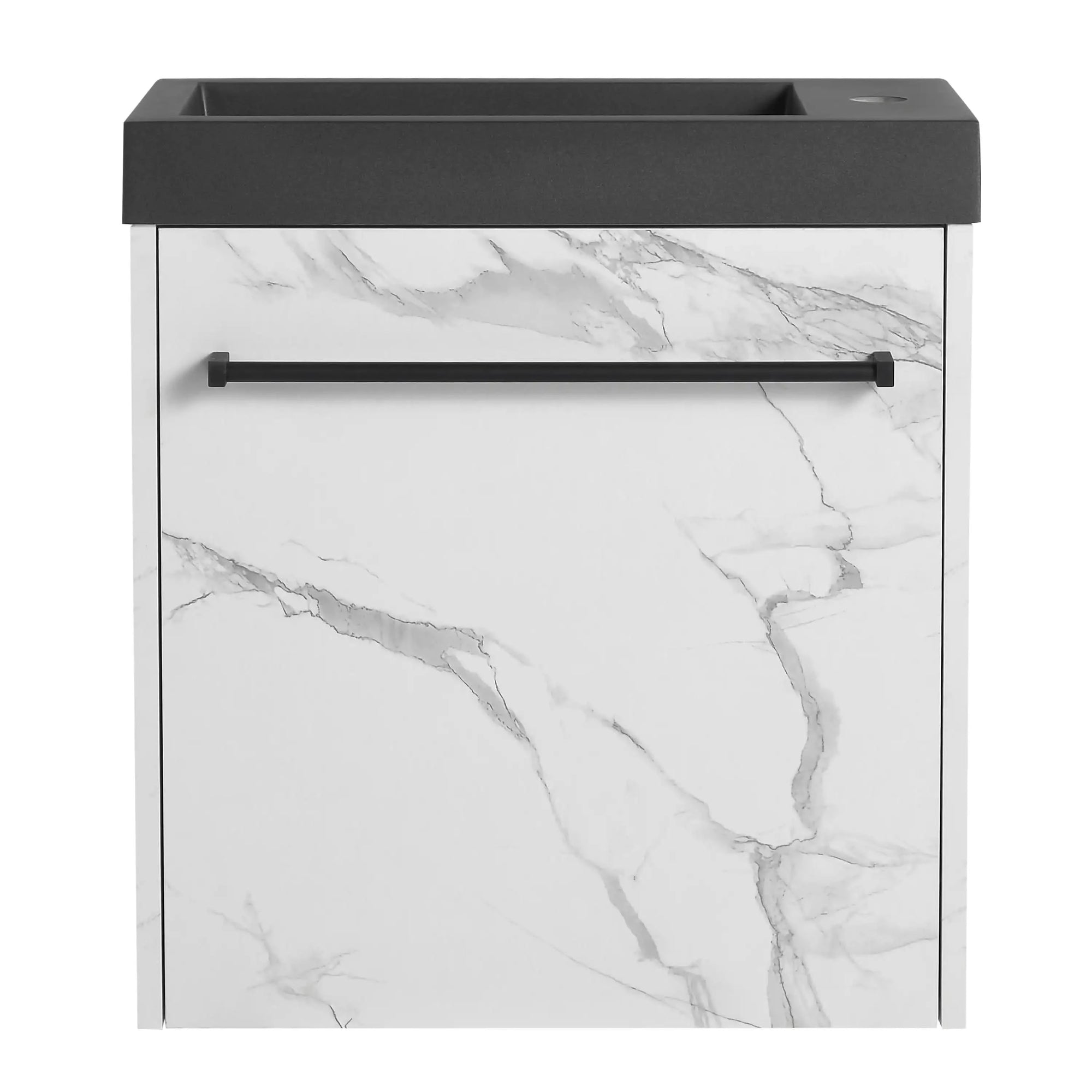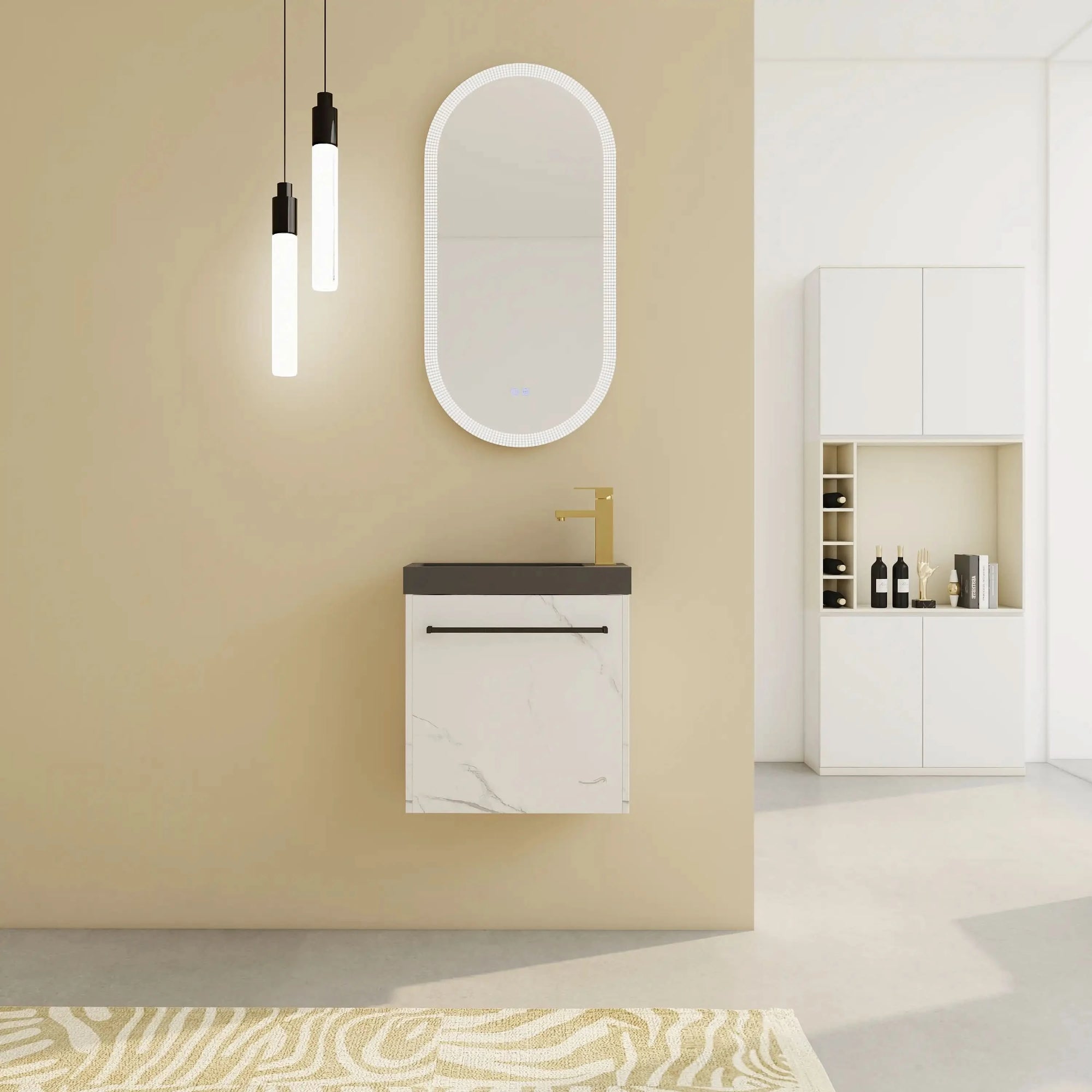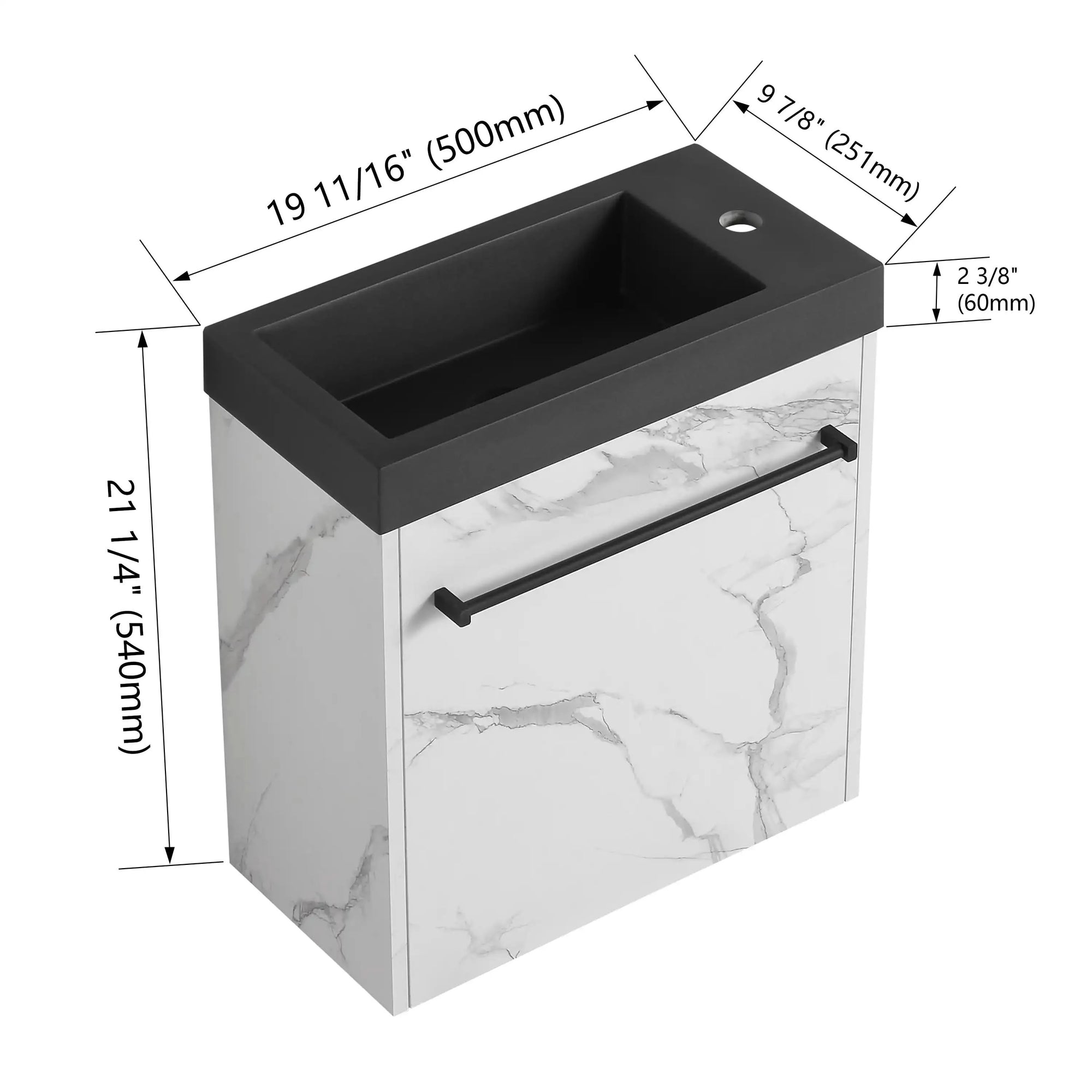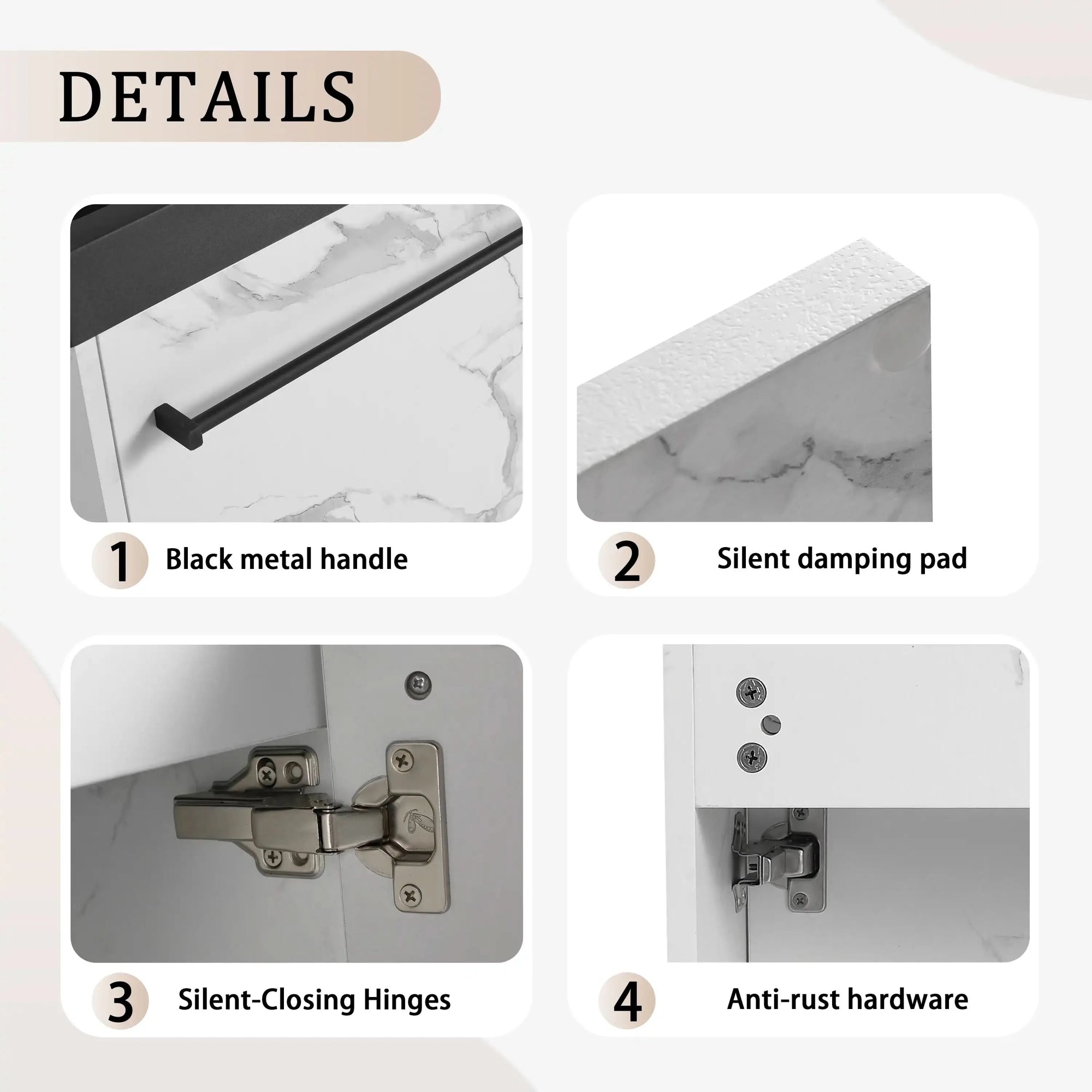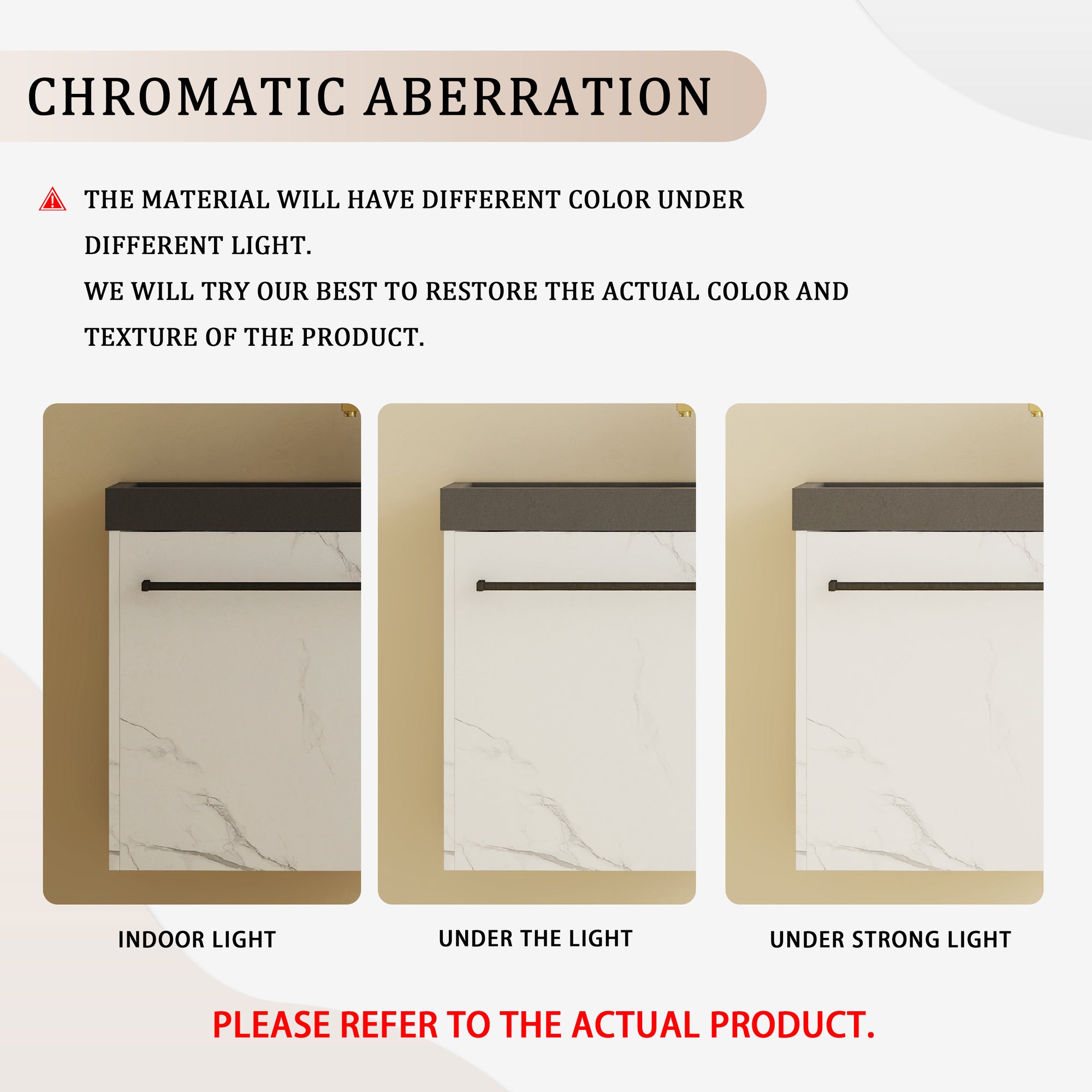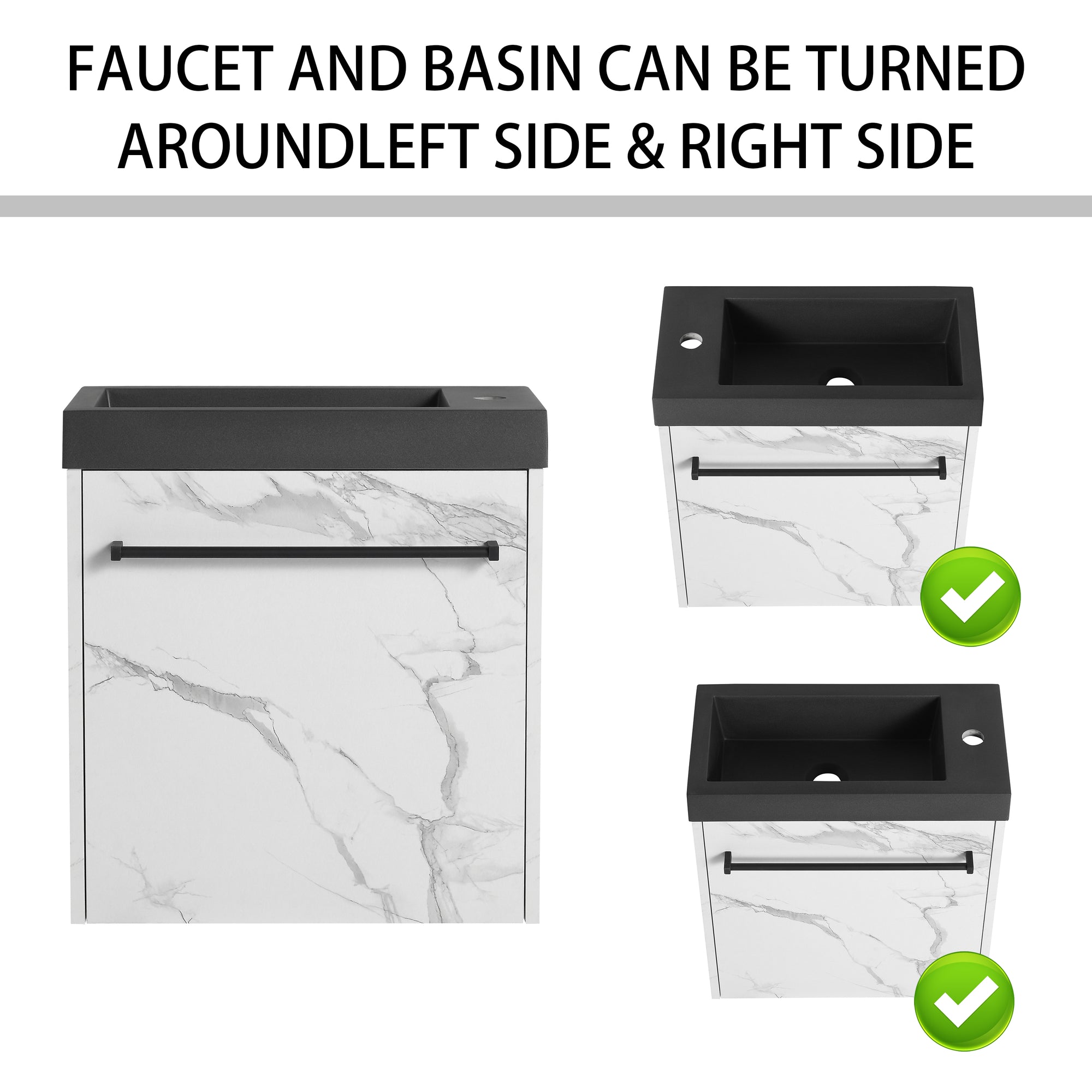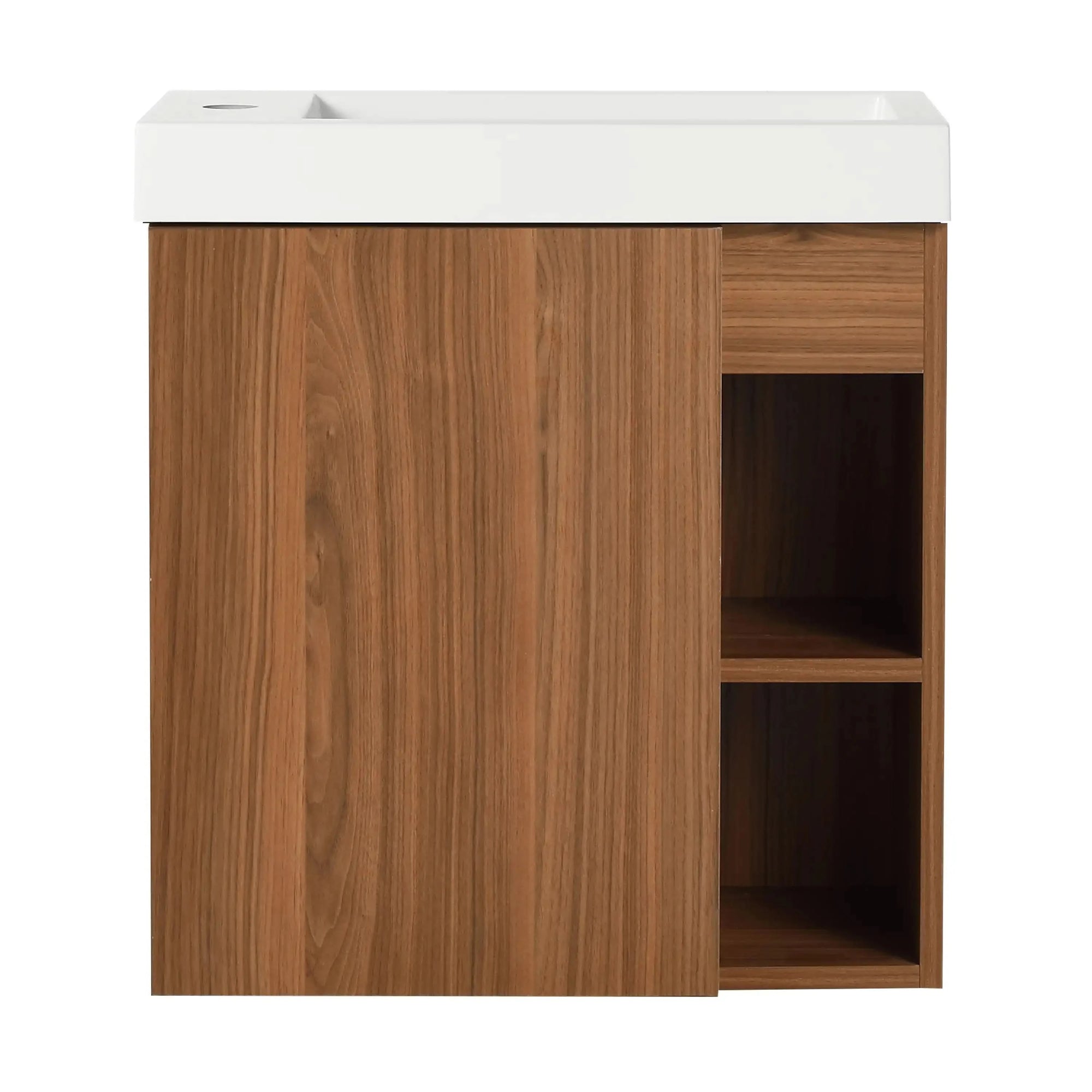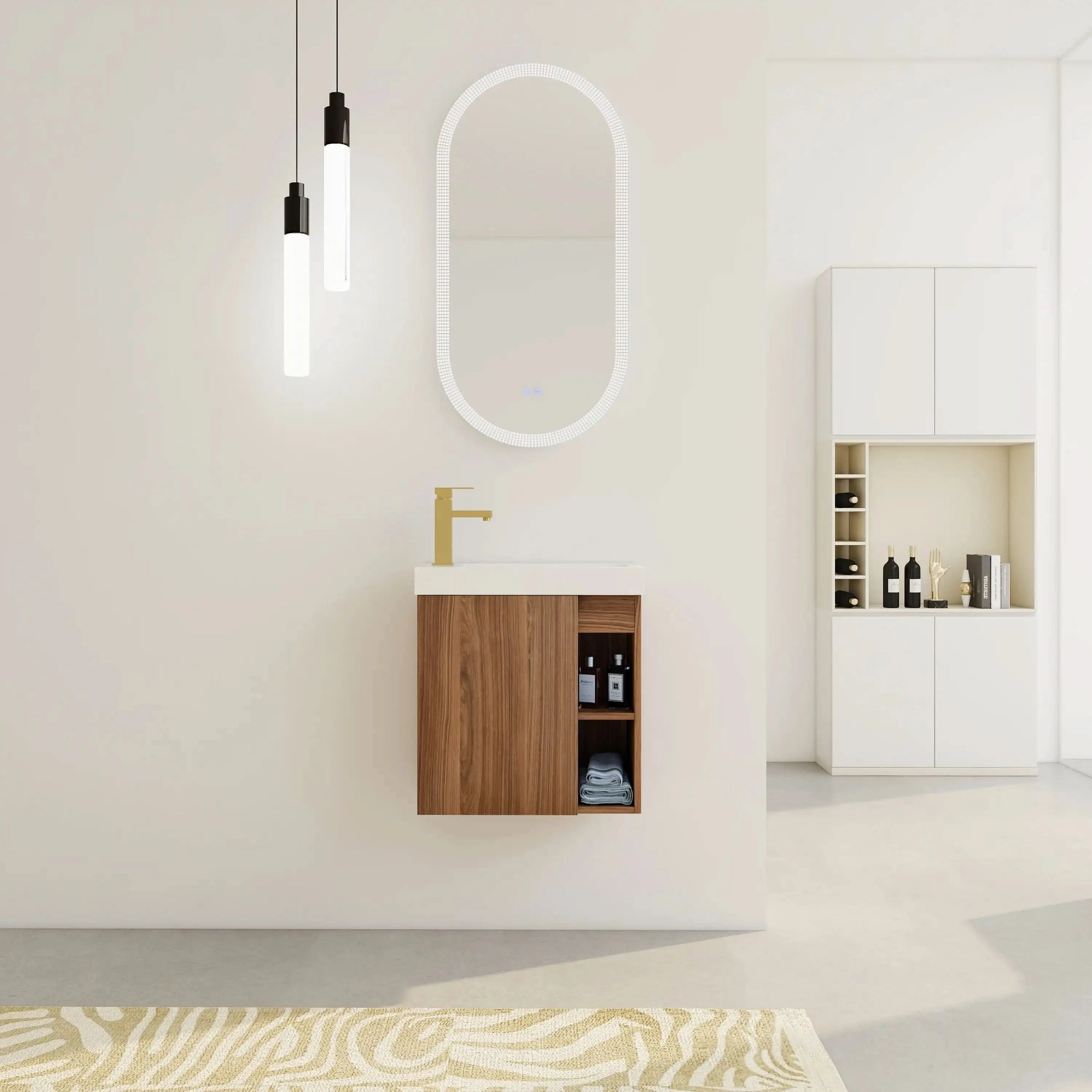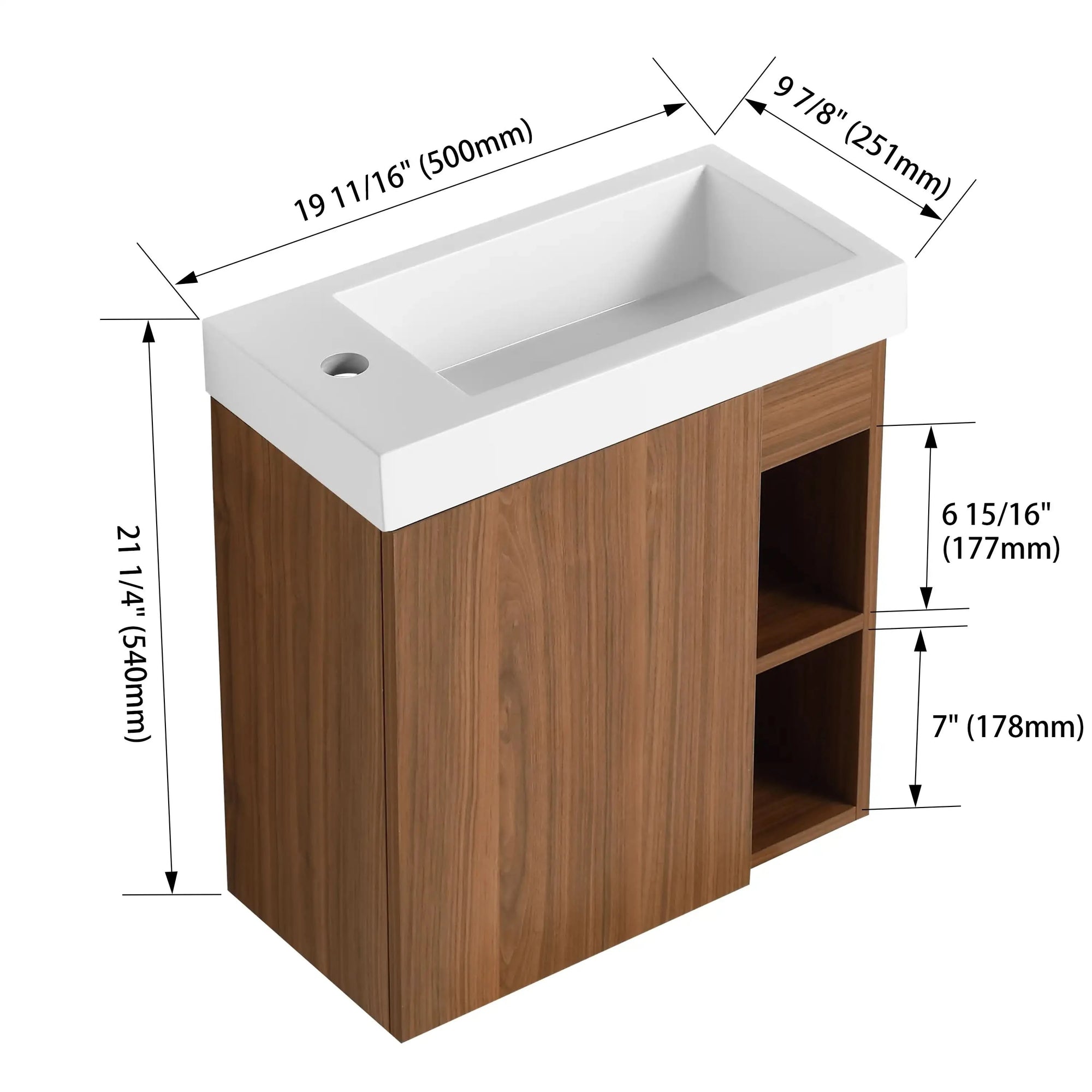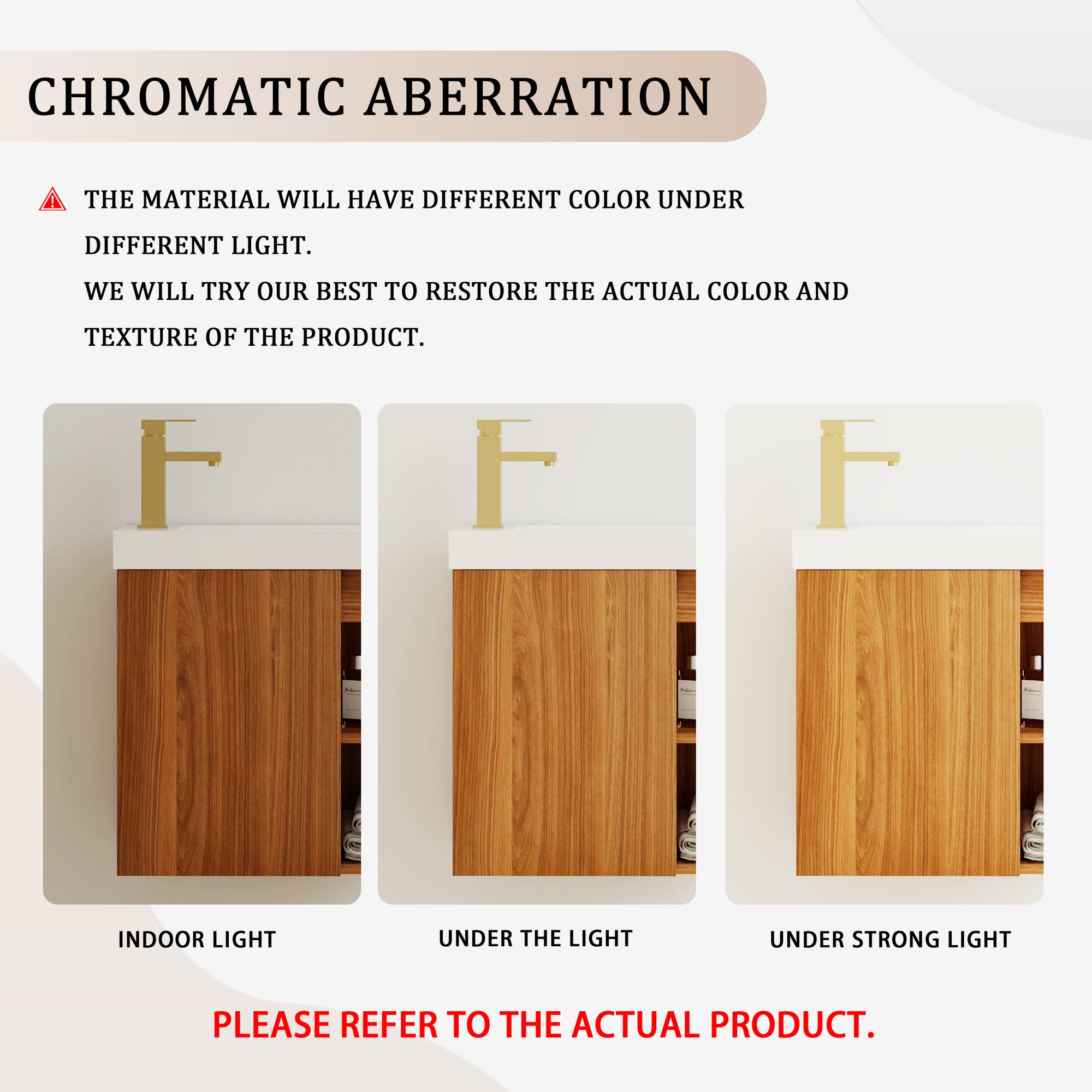Table of Contents
- Ignoring Wall Support Can Lead to a Disaster—Literally
- Misaligned Drainage: A Hidden Cost That Comes Later
- Underestimating Storage Can Ruin the Minimalist Dream
- Forgot the Wires? Say Goodbye to Tech-Friendly Features
- Materials That Aren’t Moisture-Resistant Will Fail—Fast
- Conclusion
- FAQ
Introduction
"Looks sleek, feels chaotic." Sound familiar?
On Pinterest, Instagram, and countless home design blogs, floating vanity for bathroom has become a visual darling—clean lines, minimalist form, modern appeal, and that satisfying sense of airiness beneath the cabinet. It seems like the ultimate upgrade for any modern bathroom.
But the dream of having a stylish, easy-to-clean floating vanity can quickly turn into a logistical nightmare. According to our in-depth survey of over 300 American households, more than 62% of users who purchased a floating vanity for bathroom experienced at least one serious issue: walls that couldn’t support the weight, misaligned plumbing, lack of power supply, moldy materials, or insufficient storage space.
This article isn’t just here to recommend a trending product—it’s here to help you make a smart, frustration-free investment. Let’s walk through the five most common (and costly) mistakes people make when choosing a floating vanity for bathroom, and how you can avoid them with confidence.

1. Ignoring Wall Support Can Lead to a Disaster—Literally
A big part of the floating vanity for bathroom appeal is the illusion of lightness and space. But that visual weightlessness must be anchored in real structural integrity.
A well-made floating vanity often includes a solid wood, plywood, or high-grade composite cabinet and a stone or ceramic countertop. Once you factor in toiletries, hardware, and sink weight, you’re looking at a load of over 100 pounds hanging on your bathroom wall. If your wall is standard drywall or a non-load-bearing partition, things can go downhill quickly.
What to do instead:
- Verify whether your wall is load-bearing or has wooden studs before purchasing.
- Reinforce the wall with blocking between studs or a mounting plate if necessary.
Some high-end floating vanity for bathroom models come with hidden metal brackets or support legs that are barely visible but provide additional strength.
Don’t rely on drywall anchors—they will fail over time with daily usage.
This is especially important for wider vanities (60” or more) or dual-basin configurations that carry added structural weight. Ensuring your floating vanity for bathroom is properly anchored is a must for long-term durability and user safety. Professional installation is strongly recommended if you are unsure about wall conditions.

2. Misaligned Drainage: A Hidden Cost That Comes Later
Traditional vanities sit on the floor, offering a generous cavity behind for plumbing. But a floating vanity for bathroom has compact rear clearance and precision-fit drawers. One inch off, and your pipes can block the drawers from closing entirely.
Many older homes still use floor drainage, while most modern floating vanity for bathroom models expect wall-mounted drainage systems. And converting floor to wall plumbing can cost $300–$1,200 depending on access and demolition.
How to avoid this:
- Before purchasing, measure the height and position of your P-trap and waste outlet.
- Choose vanities with cutouts or back panels designed for flexible pipe routing.
- Consult a licensed plumber if transitioning from floor to wall drainage.
Some brands now offer dual-compatibility floating vanity for bathroom options, allowing installation in either setup.
Even for seasoned DIYers, this is one area where professional guidance can save time, money, and lots of headaches. Planning early for proper plumbing alignment will reduce the likelihood of expensive rework later.
3. Underestimating Storage Can Ruin the Minimalist Dream
Let’s face it: we all love the minimalist look, until we run out of space to hide the clutter. A floating vanity for bathroom often sacrifices internal storage in exchange for sleek lines and a “floating” visual effect.
Drawers may be shallow, or divided to avoid plumbing. Open shelf designs may look elegant, but offer little privacy for your daily essentials. This becomes especially frustrating in shared bathrooms or busy households.
Smart storage strategies:
- Choose 48" or 60" floating vanity for bathroom models with double-drawer configurations.
- Look for built-in organizers, hair tool compartments, or removable trays.
- Add matching wall-mounted cabinets or tall linen towers to increase capacity.
- Some premium collections include recessed medicine cabinets with integrated lighting and electrical ports.
According to a 2023 Houzz study, homeowners who selected organized, modular floating vanity for bathroom setups reported over 35% higher satisfaction rates with their renovation. For families, storage isn’t just a convenience—it’s a necessity.

4. Forgot the Wires? Say Goodbye to Tech-Friendly Features
From anti-fog mirrors and LED lighting to built-in USB outlets and touch sensors, today’s floating vanity for bathroom isn’t just furniture—it’s part of your smart home ecosystem.
But these features don’t work unless you’ve accounted for power. Too many homeowners install vanities and mirrors, only to find there was no power source planned.
Checklist before installation:
- Decide in advance which features you’ll need: lighting, USB ports, defoggers, or motion sensors.
- Work with your contractor to rough-in a GFCI-protected line during framing.
- UL-listed 12V/24V low-voltage systems are safer for wet areas.
- Plan outlet placement for ease of access and mirror compatibility.
Some floating vanity for bathroom mirrors support either plug-in or hardwired formats—just be sure to confirm before cutting tile. Also, if your mirror includes Bluetooth speakers, check power load and signal placement for optimal performance. Taking care of wiring upfront ensures a cleaner look and safer daily use.
5. Materials That Aren’t Moisture-Resistant Will Fail—Fast
The number one complaint from long-term users of poorly made floating vanity for bathroom units? Warping, bubbling, and discoloration due to moisture exposure.
It doesn’t take a leak to ruin your vanity. Daily steam and humidity alone can cause unsealed MDF or particleboard to deteriorate within months. Worse, mold can grow inside drawers and behind panels, becoming a hidden health hazard.
Choose better materials:
- Prioritize high-density plywood, marine-grade board, or solid-surface materials.
- Consider PVC-laminated cabinetry or full-synthetic composite for tropical or high-moisture zones.
- Look for factory-applied edge sealing and water-resistant certifications (CARB II, GreenGuard, etc).
- Some floating vanity for bathroom brands also offer antimicrobial finishes and 5–10 year warranties for humid conditions.
The material choice will determine how your vanity performs not just in the first year, but in the fifth. Quality construction helps protect your investment and your health.
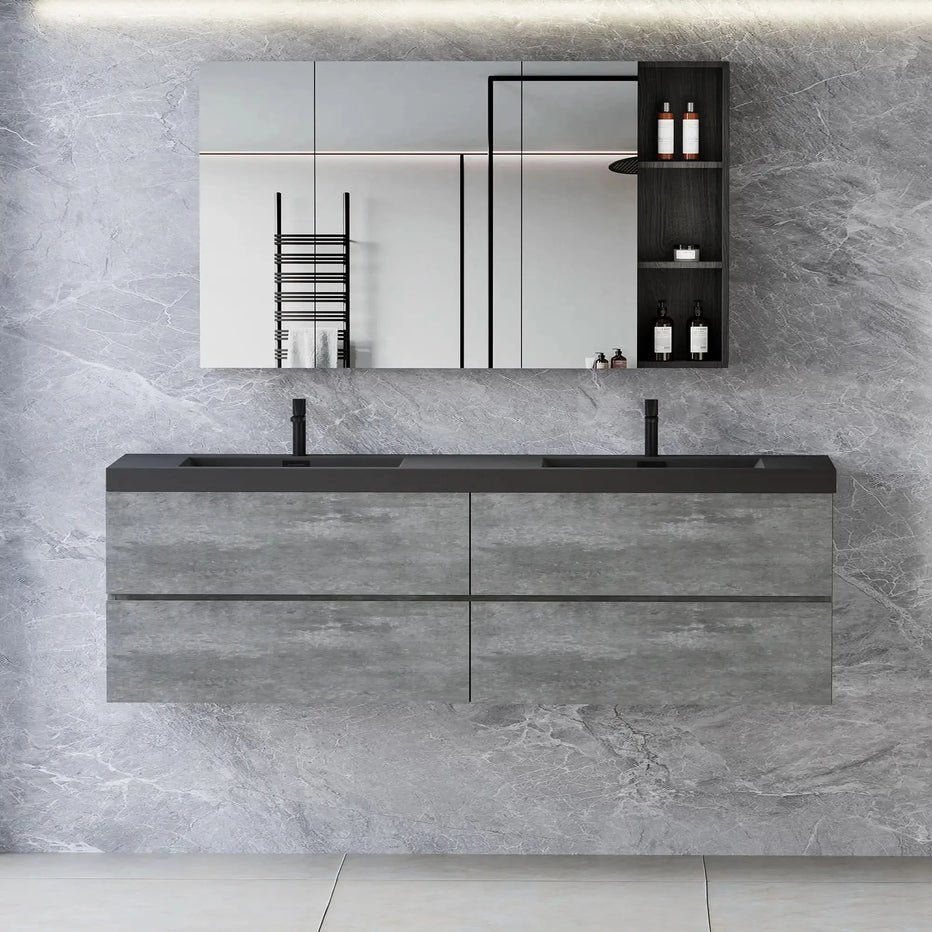
71" Floating Bathroom Vanity with 2 Matte Black Quartz Sinks
The matte black quartz sand sinks offer a sleek, modern look with durability to match. Water-resistant finish ensures easy cleaning and long-lasting beauty. Pre-drilled parts and an open-back design make installation simple and fast.
Conclusion
A well-chosen floating vanity for bathroom isn’t just a style upgrade. It creates a lighter, cleaner space; simplifies floor cleaning; adds visual openness; and improves your overall bathroom experience.
But go in unprepared—without understanding your wall type, drainage, wiring, storage, or material options—and you could face expensive setbacks.
That’s why we’ve curated a selection of floating vanity for bathroom models built for real homes. Our collection spans compact 24" vanities to 72" dual-sink units. All use moisture-resistant materials, include smart storage options, and are compatible with standard U.S. installation needs.
Not sure where to start? Contact our design team today for free layout advice, measurements, or a virtual consultation. We’re here to help you find a floating vanity for bathroom that truly fits your space, lifestyle, and design vision.
FAQ
Q1: Can I adjust the height of a floating vanity after installation?
No. Once mounted, the height is fixed. Most vanities are installed at 30–34 inches, but can be customized during rough-in to suit user height or accessibility needs.
Q2: Does floating vanity installation interfere with underfloor heating?
Not at all. In fact, floating vanities improve airflow. Just ensure anchors are placed clear of radiant pipes—your contractor can confirm using floor diagrams or a thermal scanner.
Q3: Is it difficult to install a double-sink floating vanity?
Yes—especially for first-timers. Dual sinks require precise drain placement and double the electrical if you’re using tech mirrors. We recommend hiring a licensed plumber or installer.
Q4: Can I fit a robot vacuum under a floating vanity?
Absolutely. Most floating vanity for bathroom designs have at least 10 inches of floor clearance, perfect for robot vacuums to pass through easily and clean the floor below.
Q5: Is a floating vanity for bathroom a smart choice for a rental or flip property?
It depends. For luxury units or upscale rentals, yes. But if you’re flipping a home or want easy maintenance, a traditional freestanding vanity might be more cost-effective.
Related Articles:
How to Choose the Perfect Floating Bathroom Vanity with Sink for Your Home?
5 Unique Reasons Why Floating Vanities Are Dominating Bathroom Design in 2025
